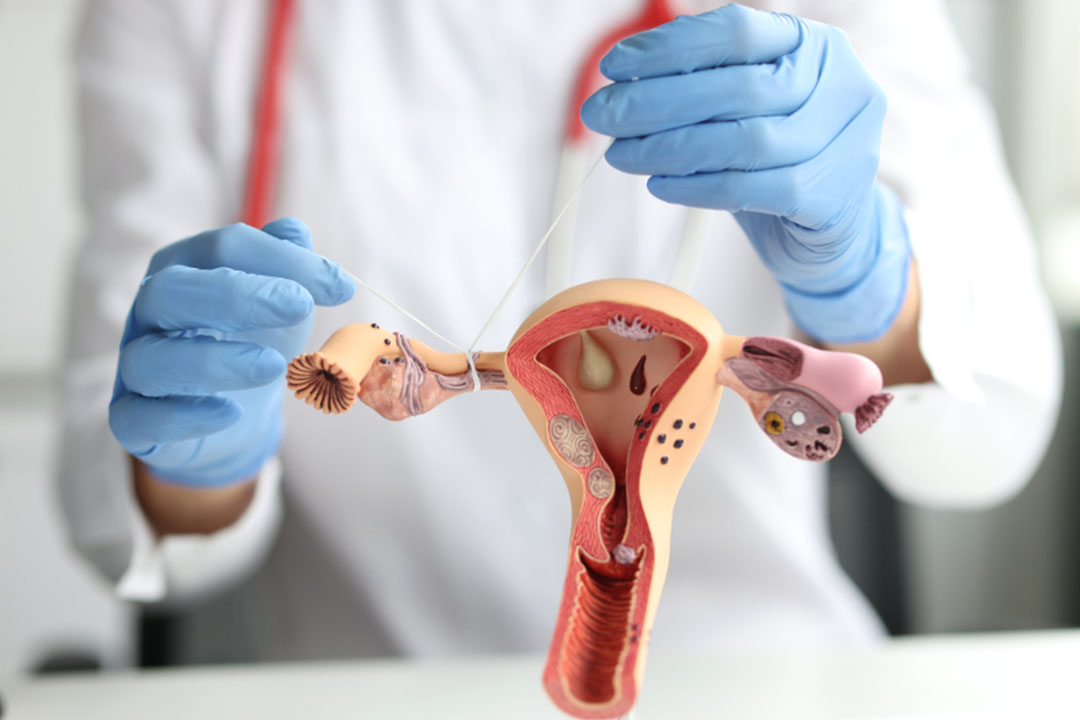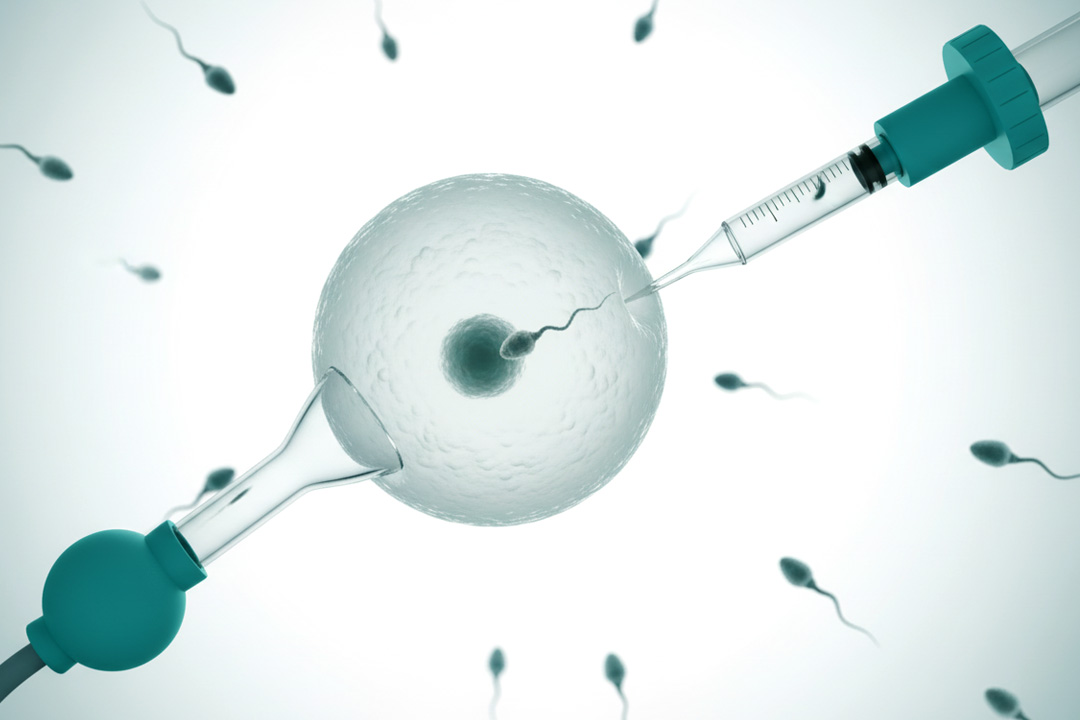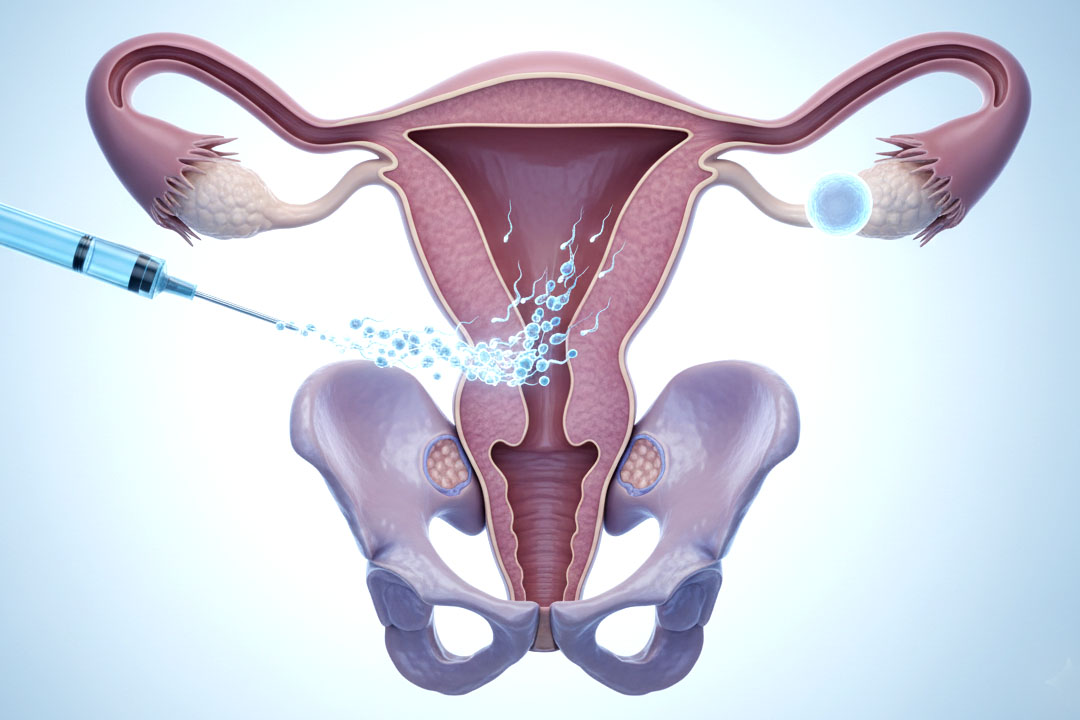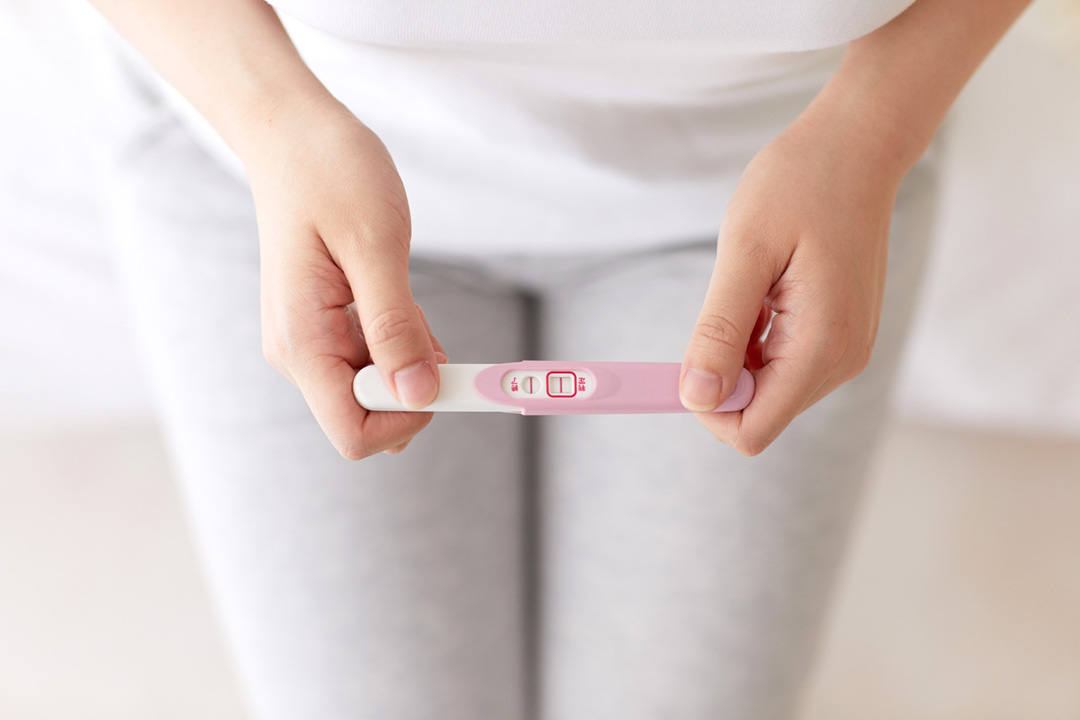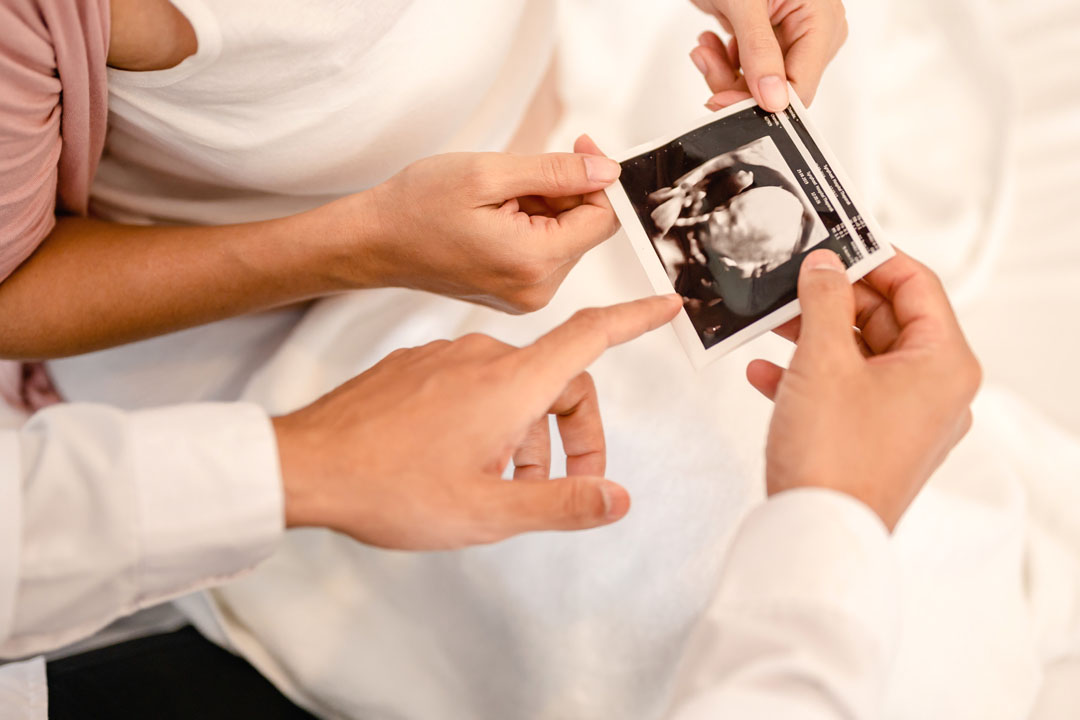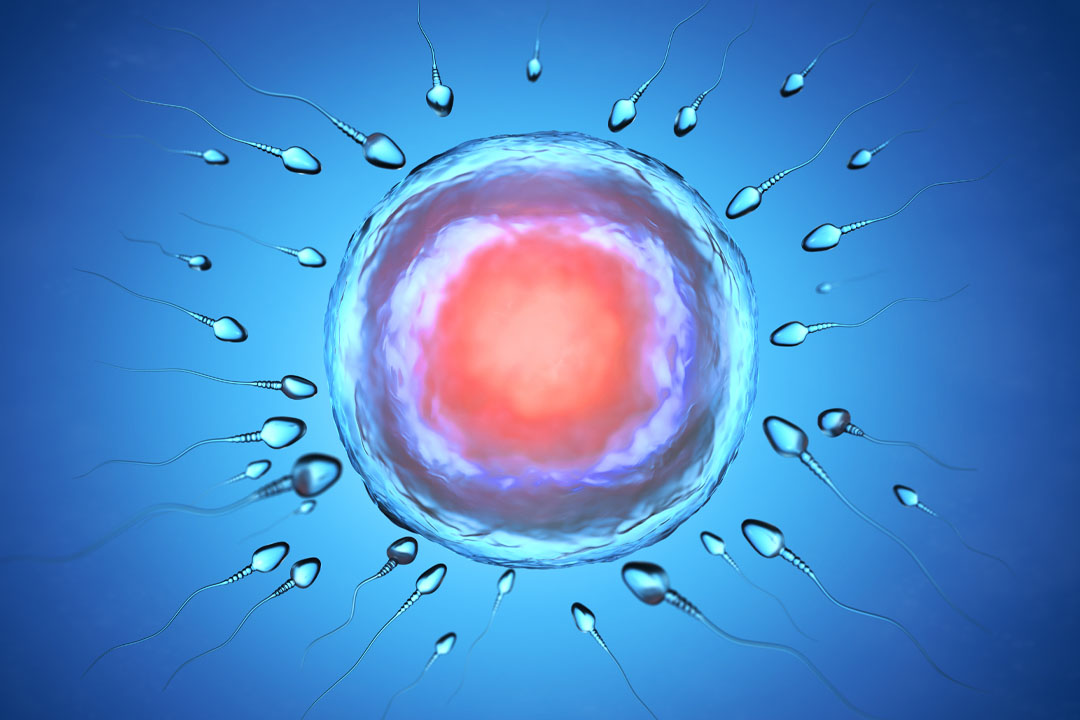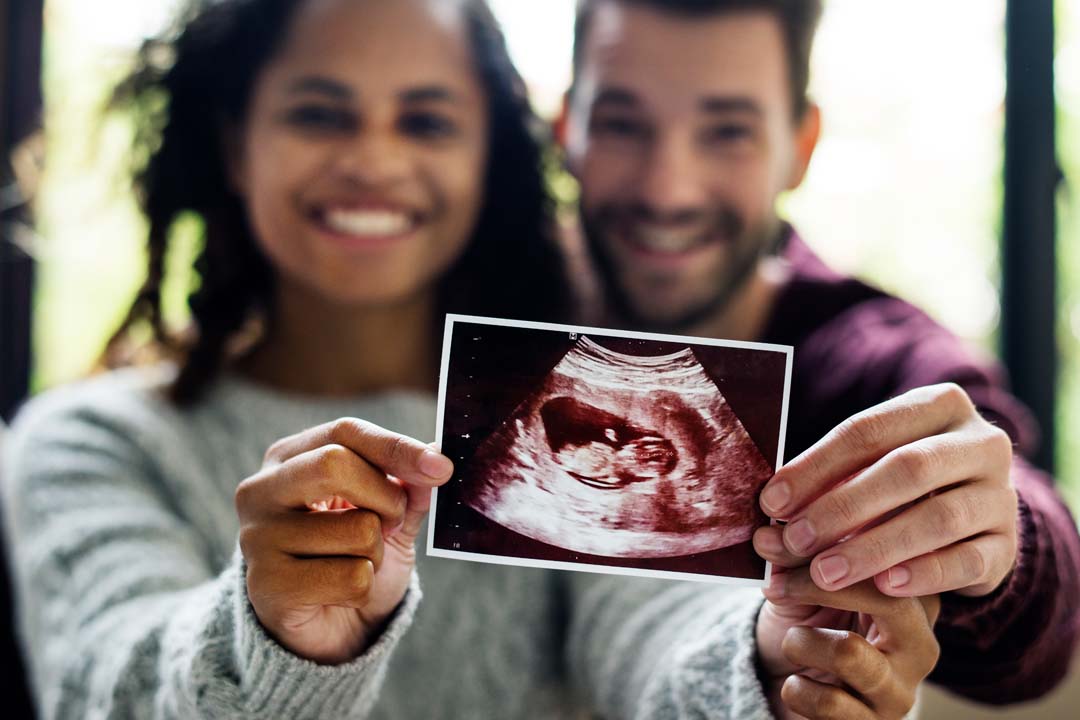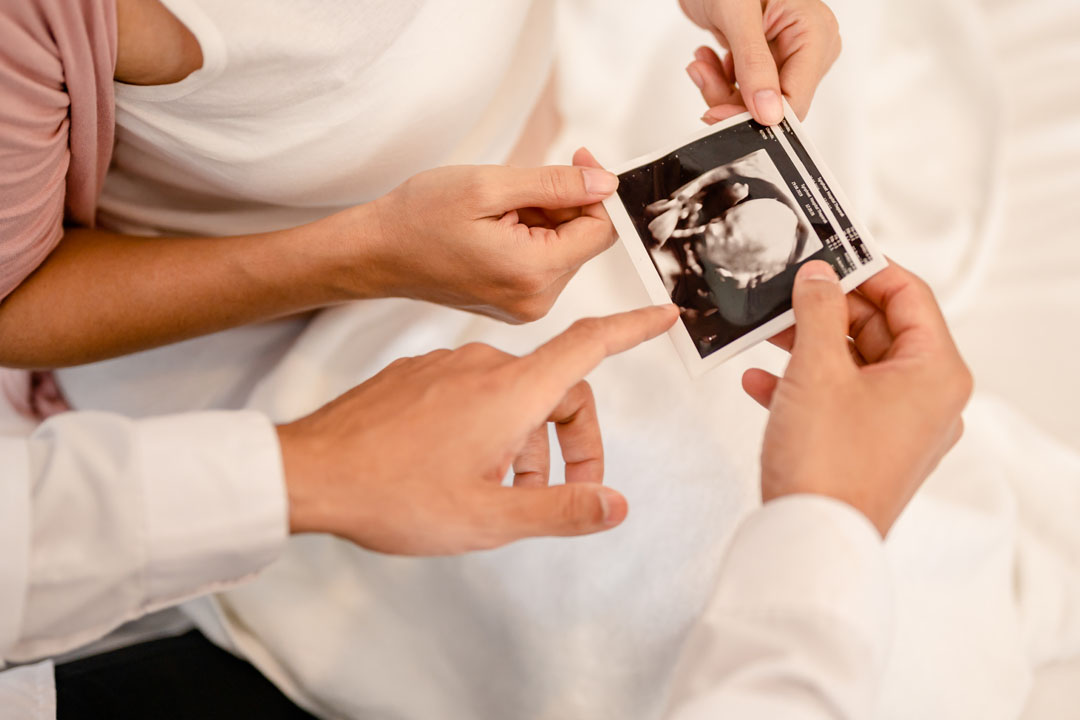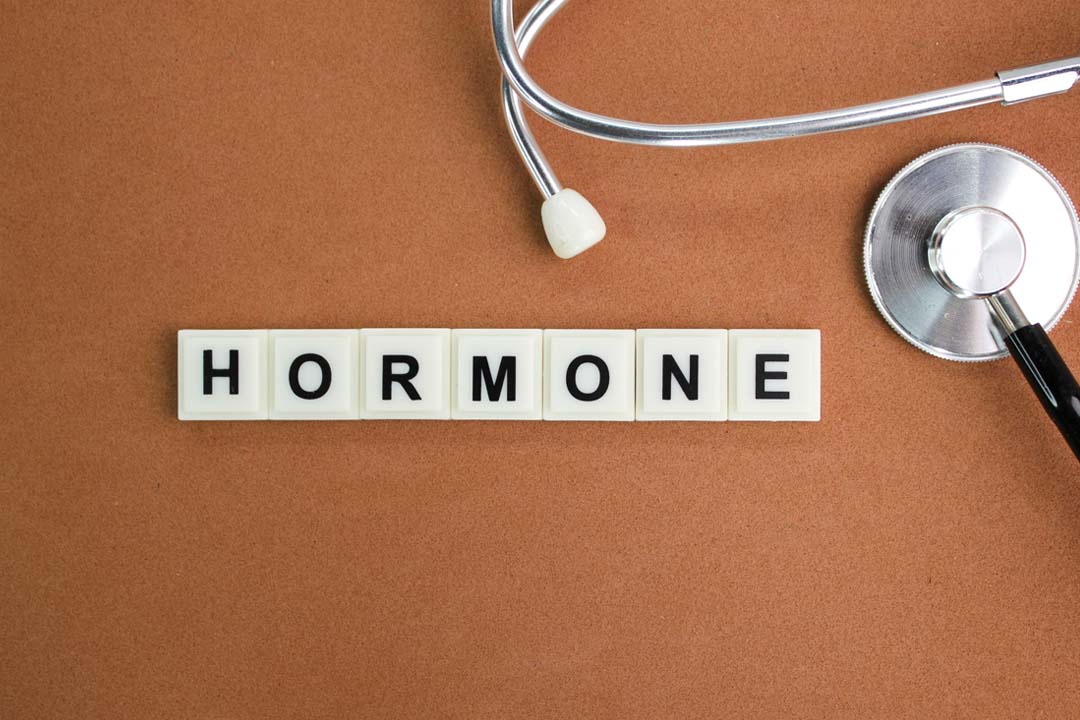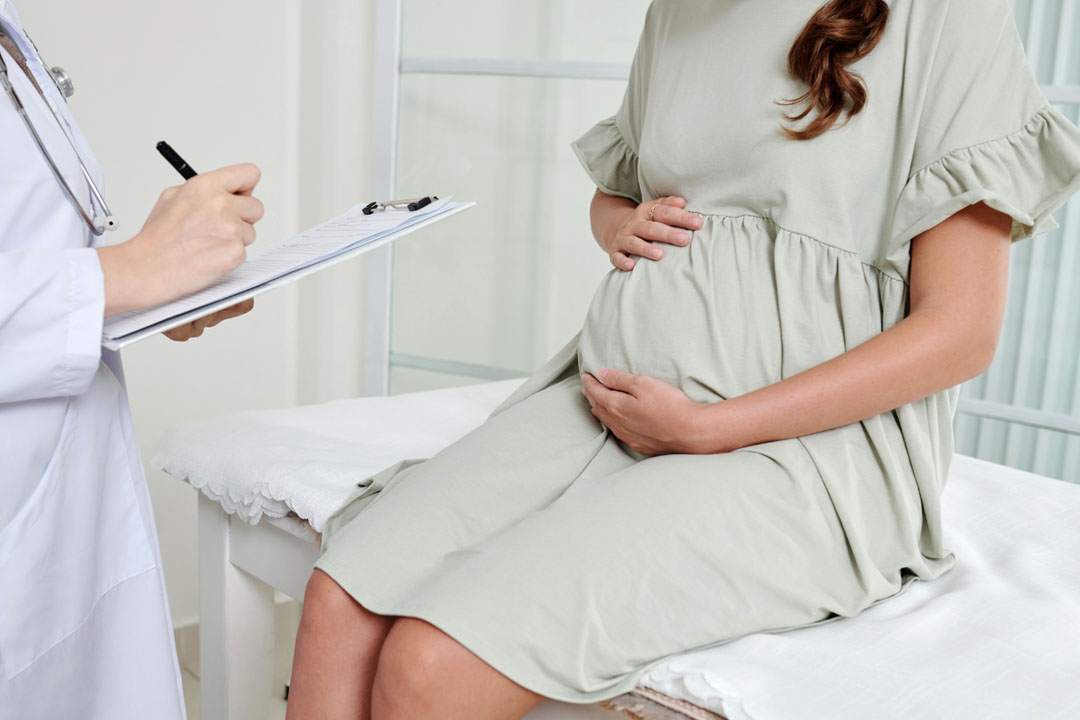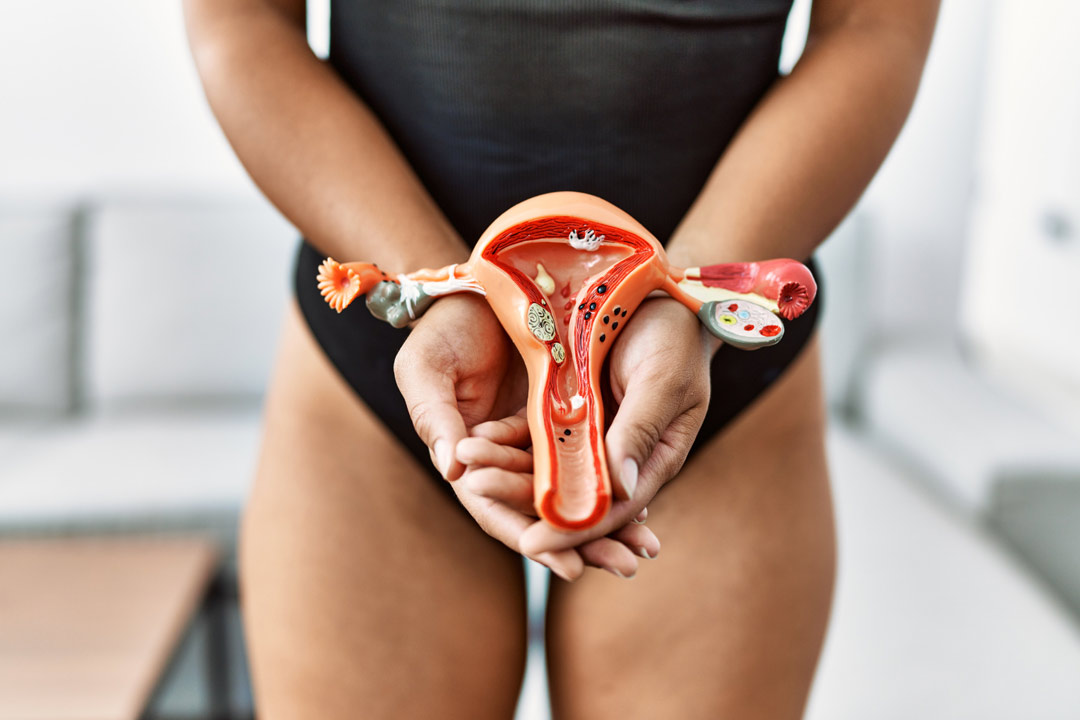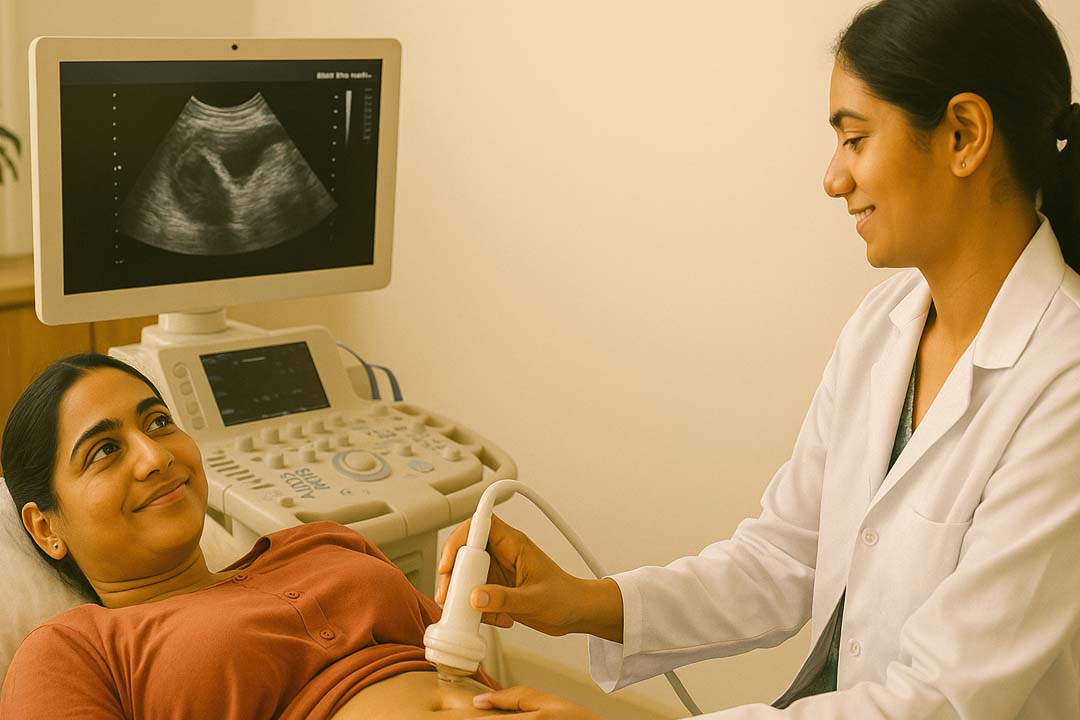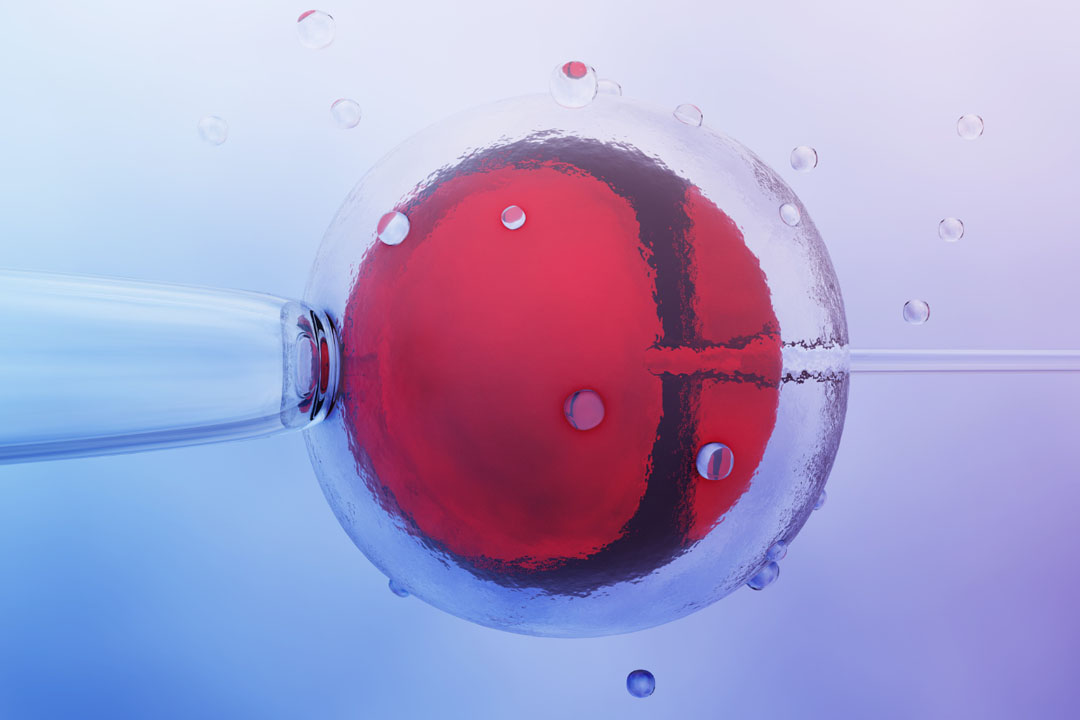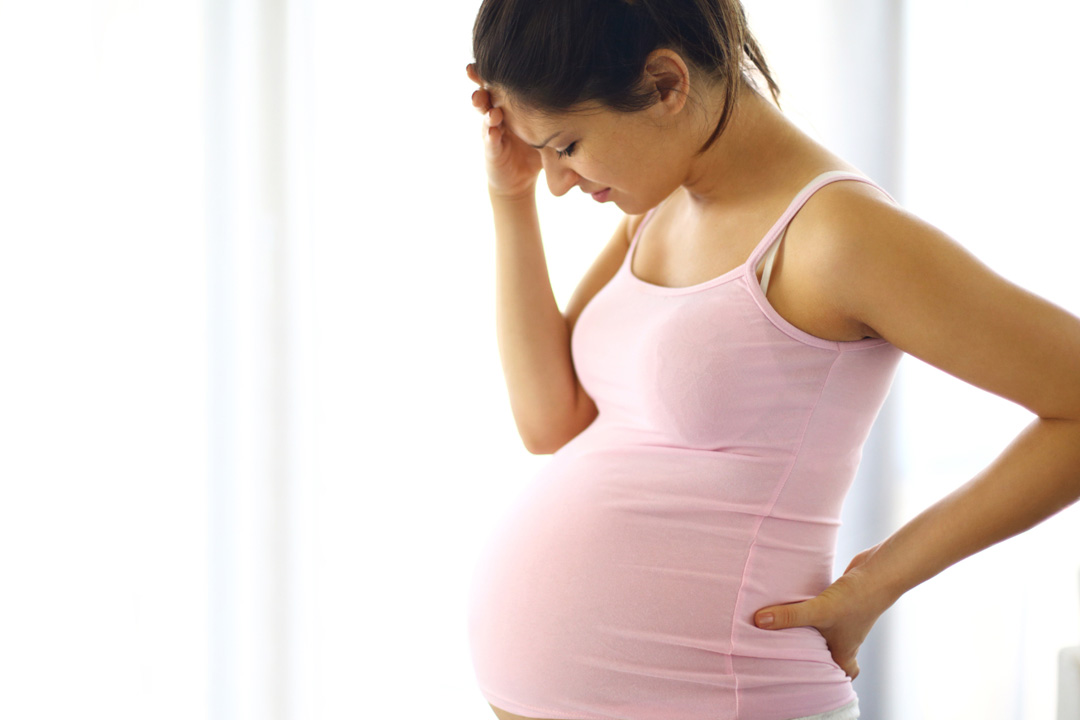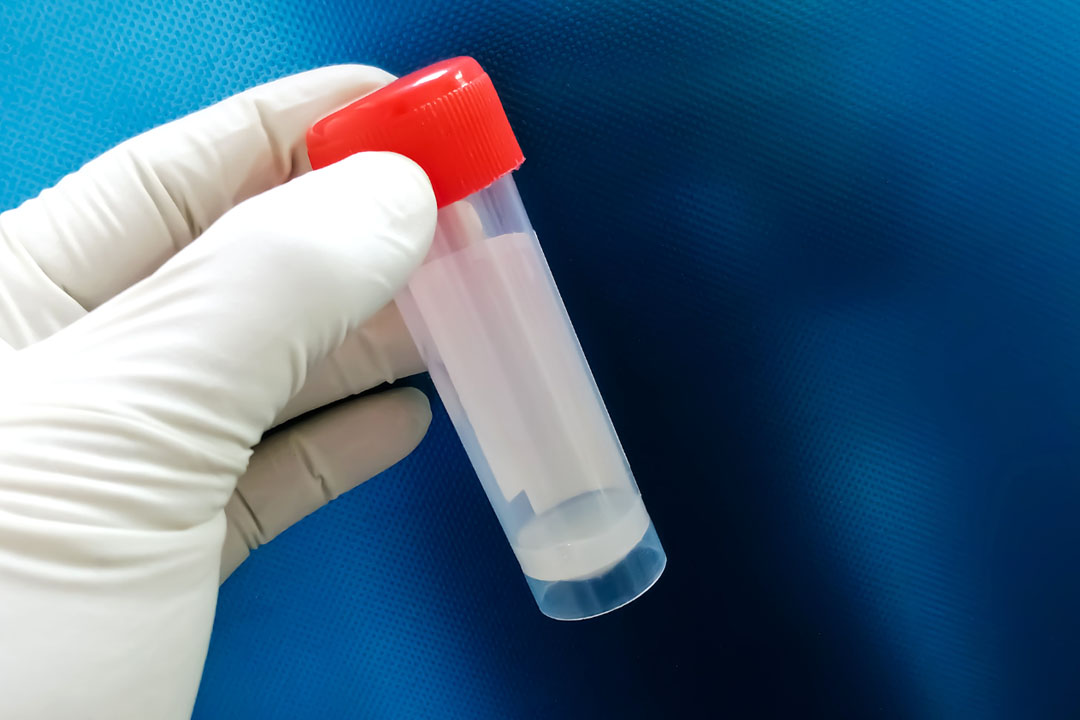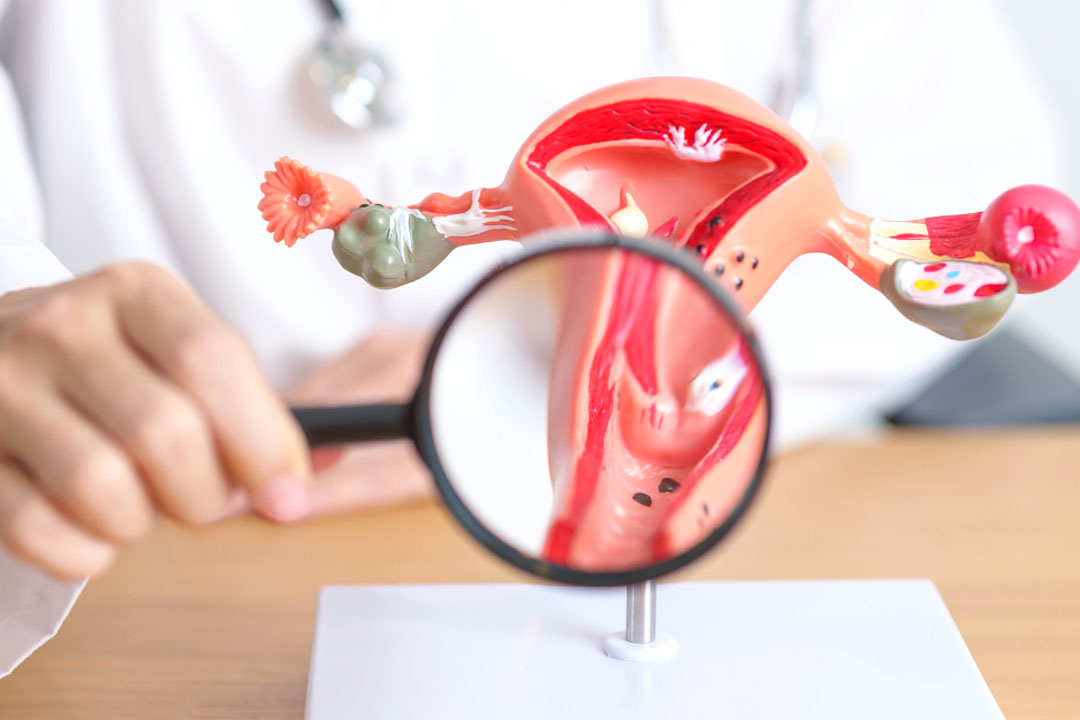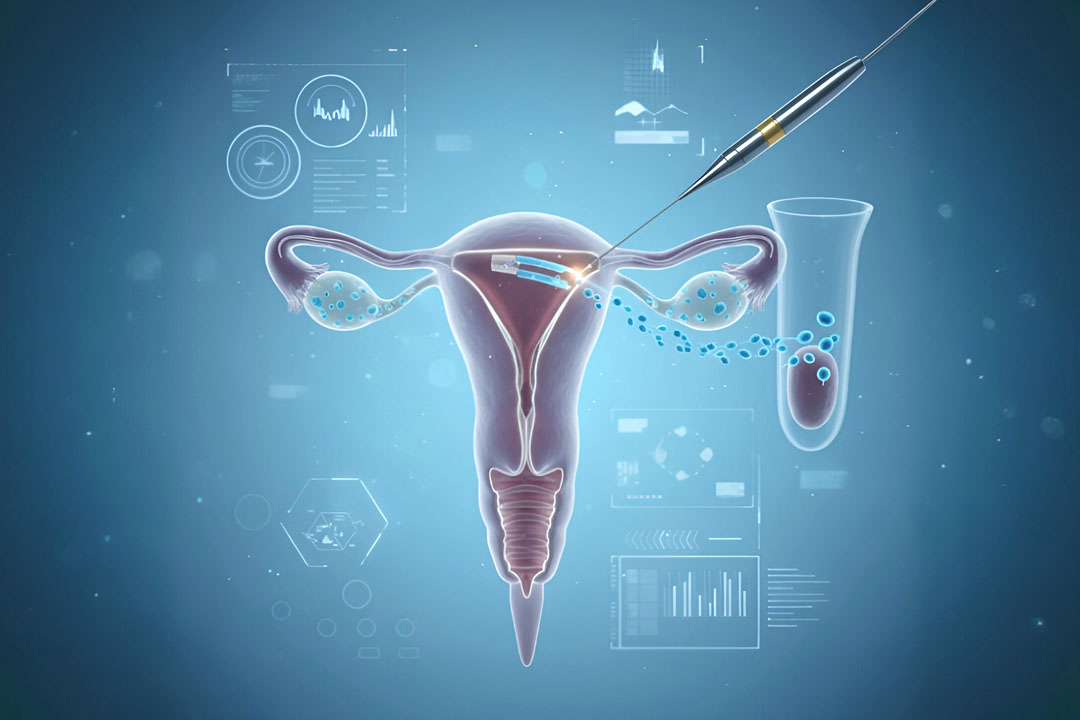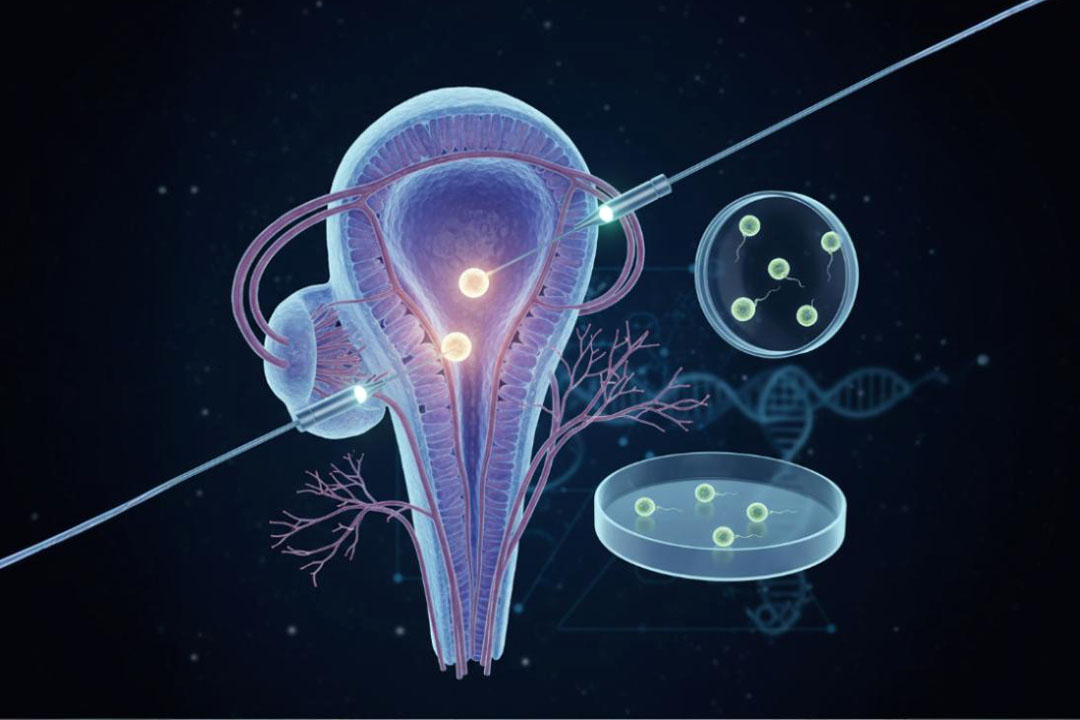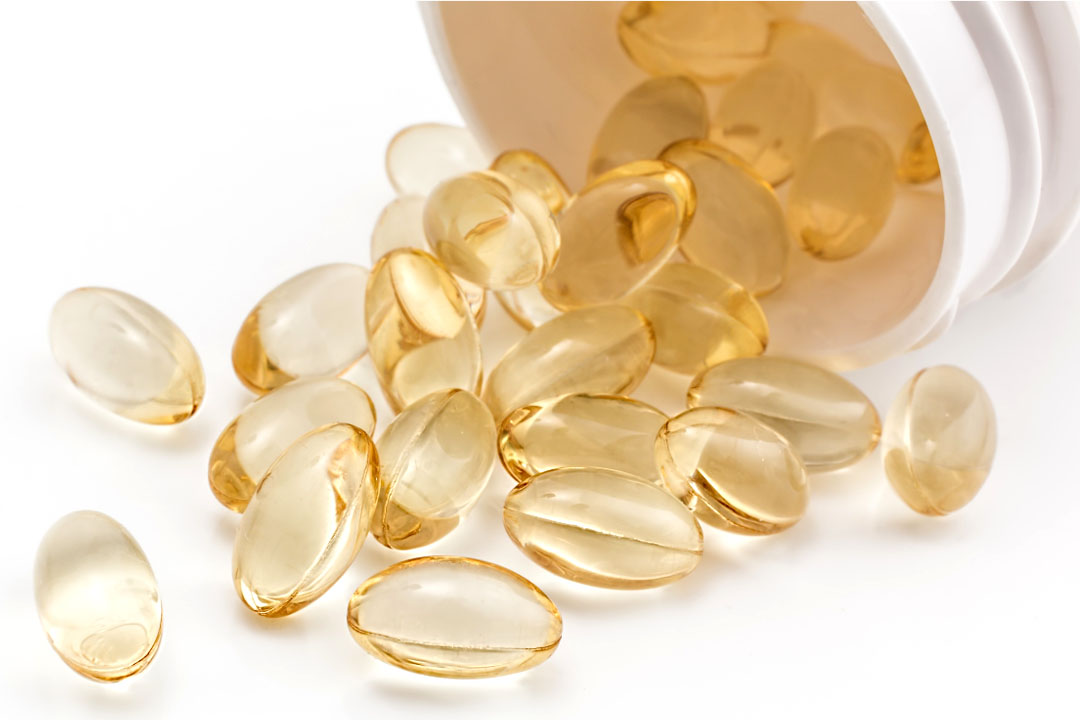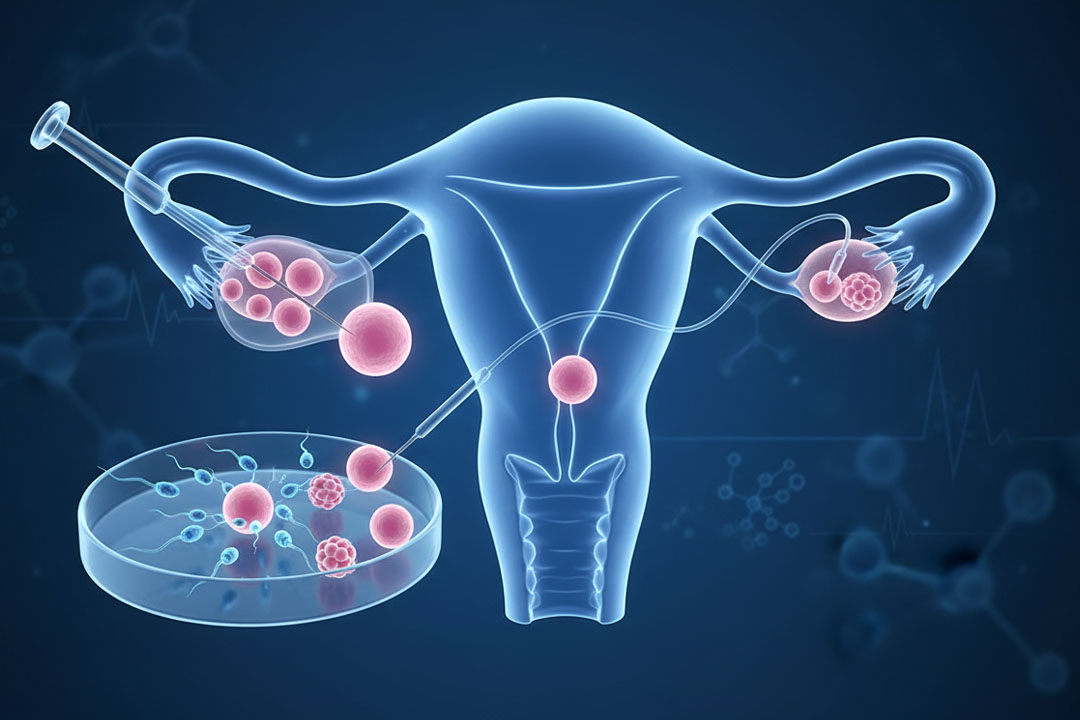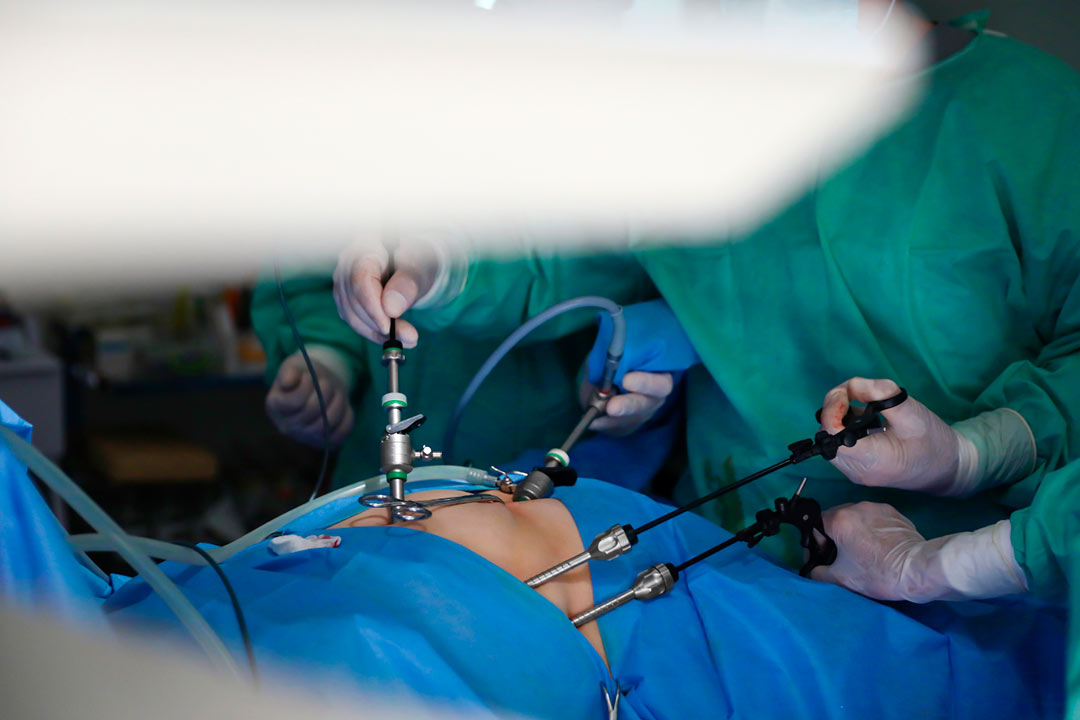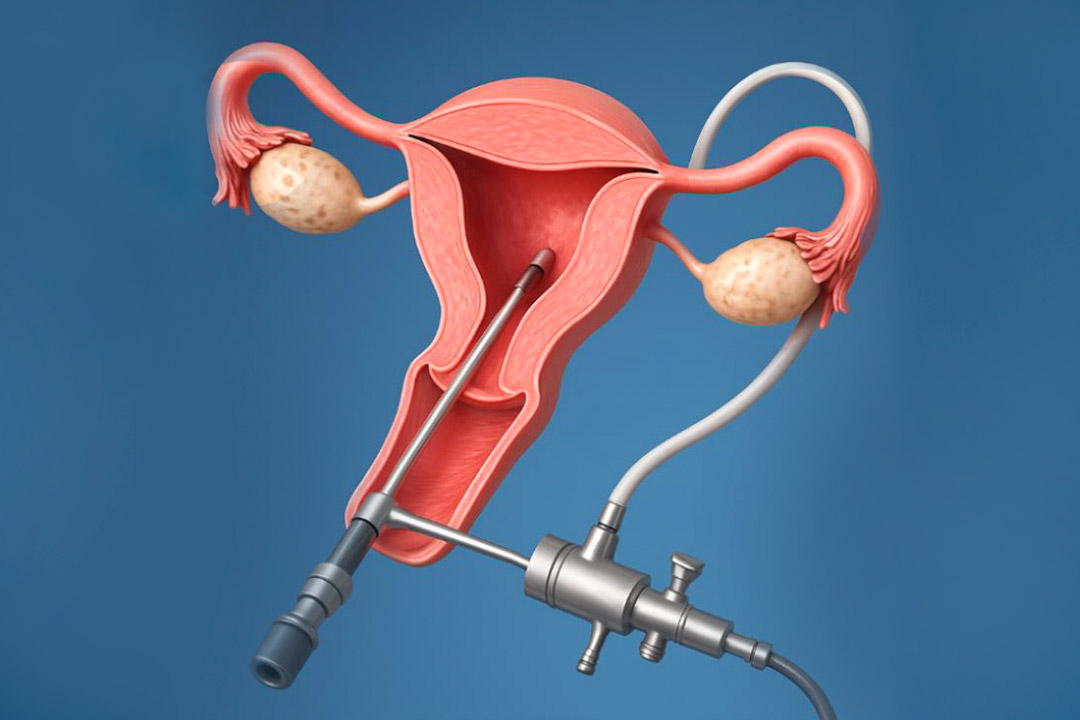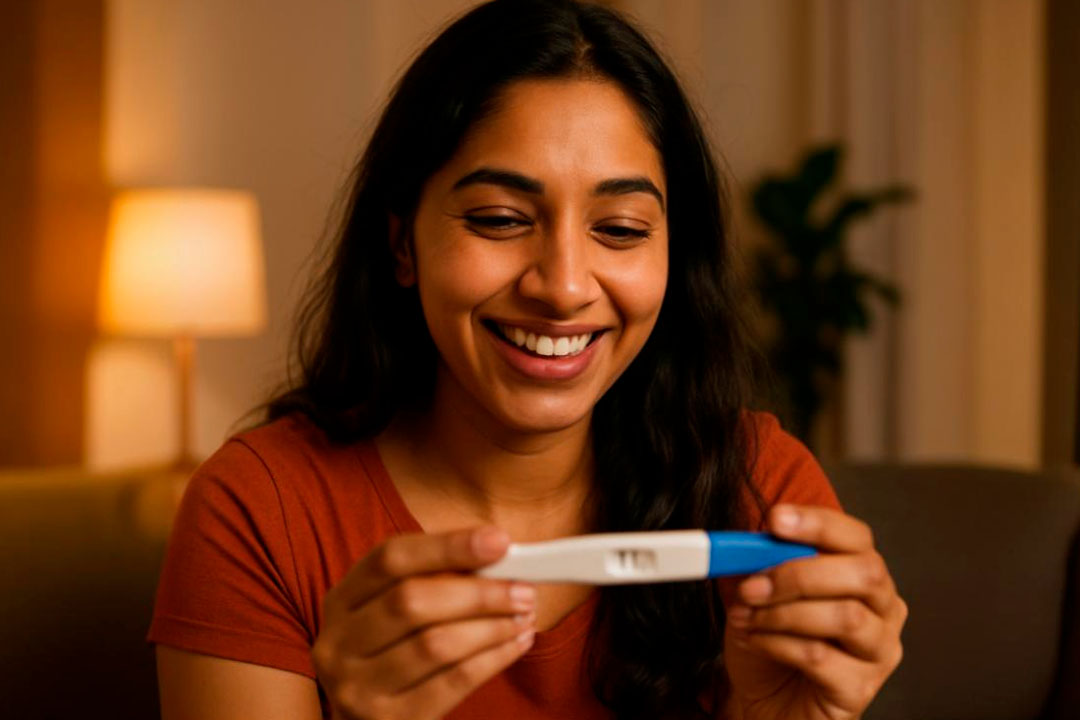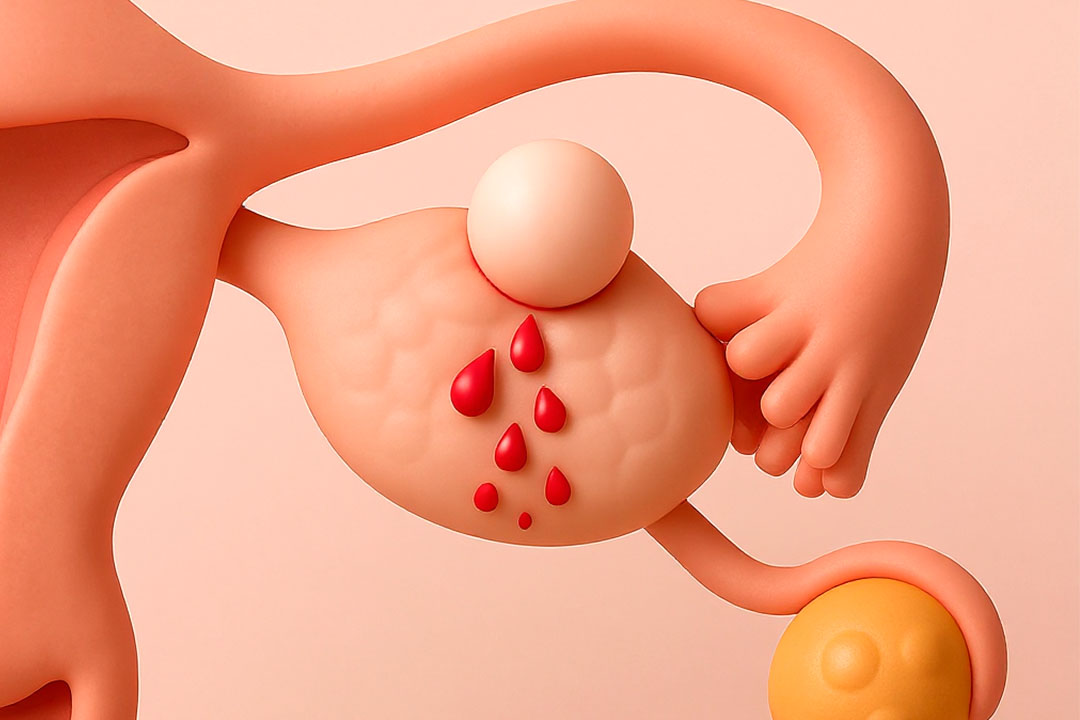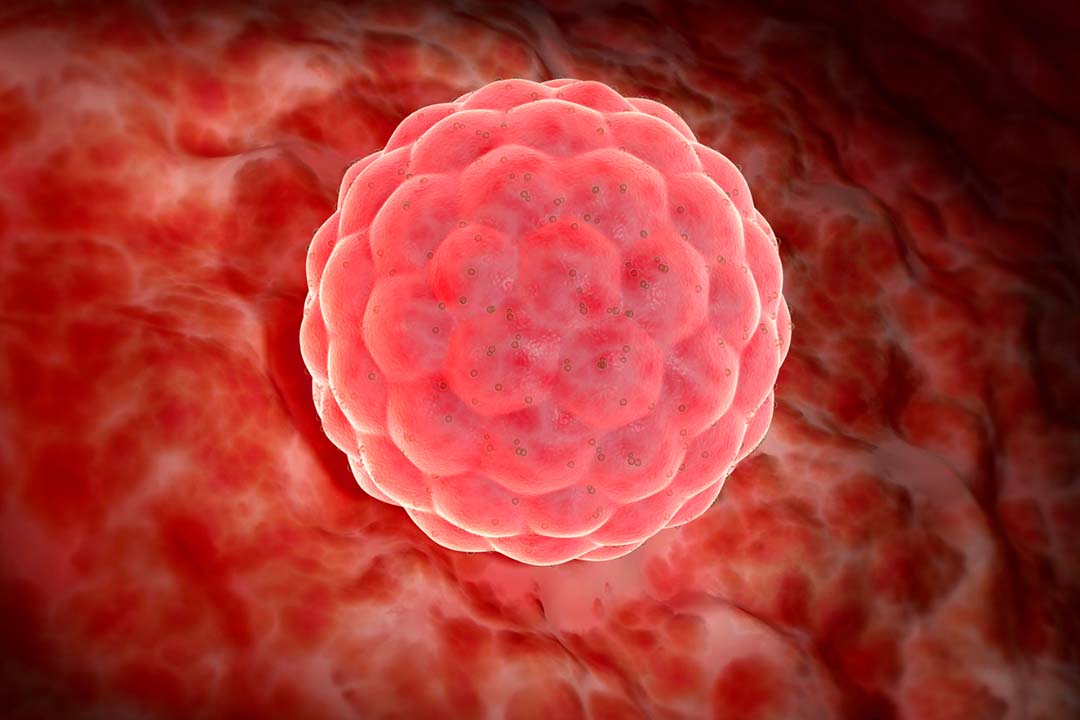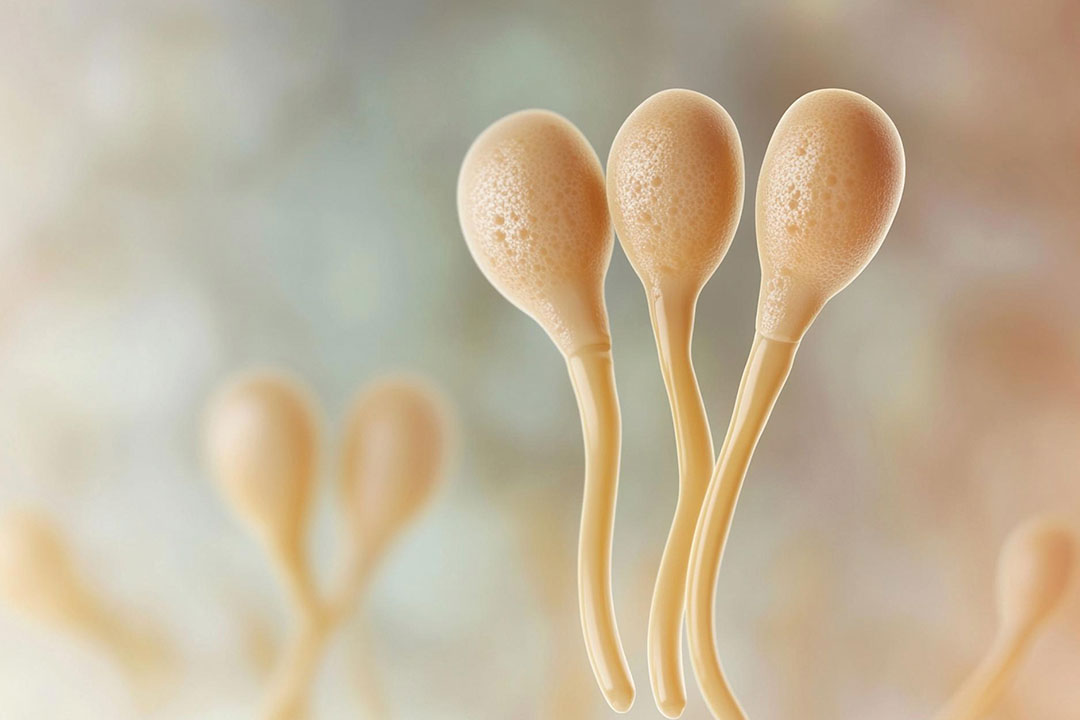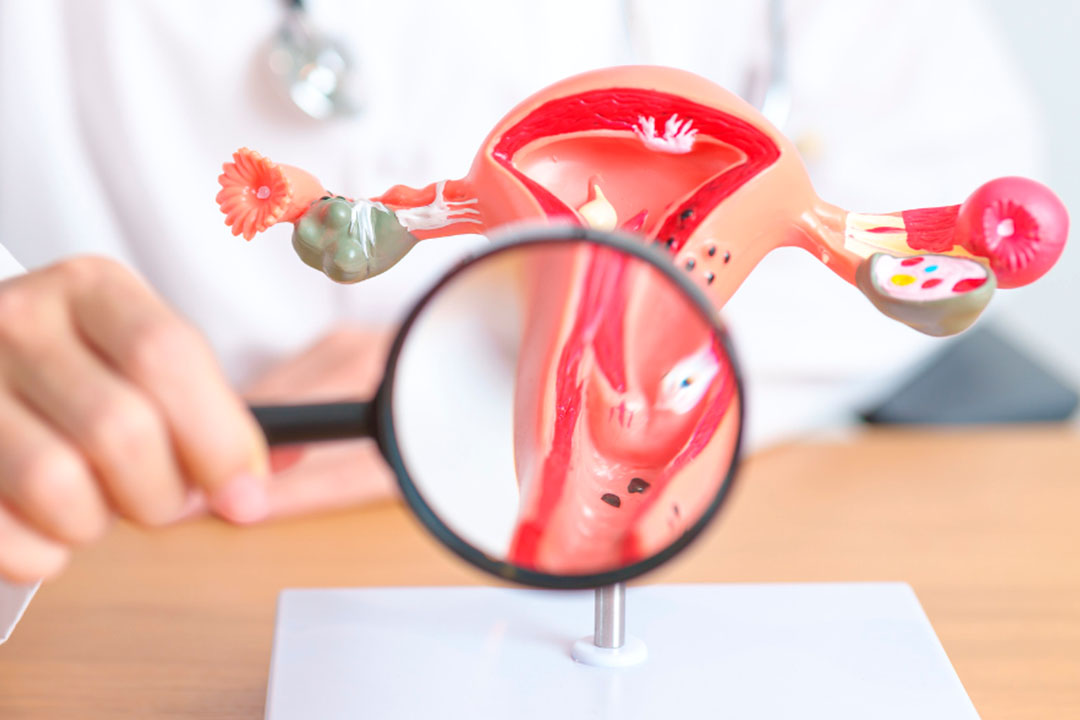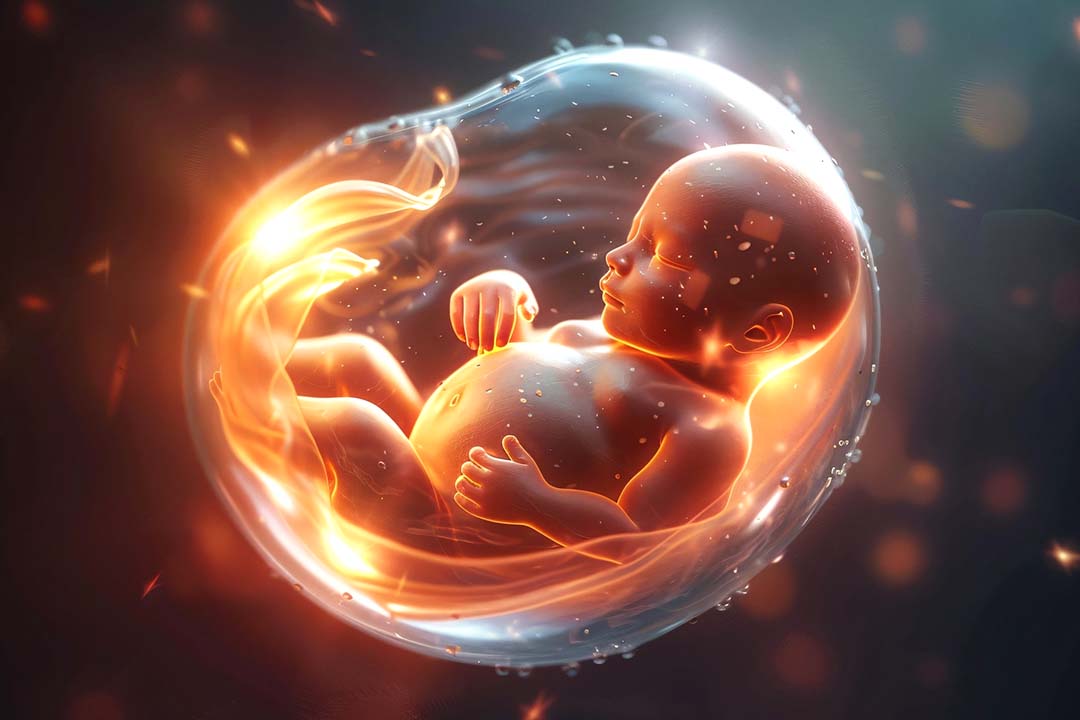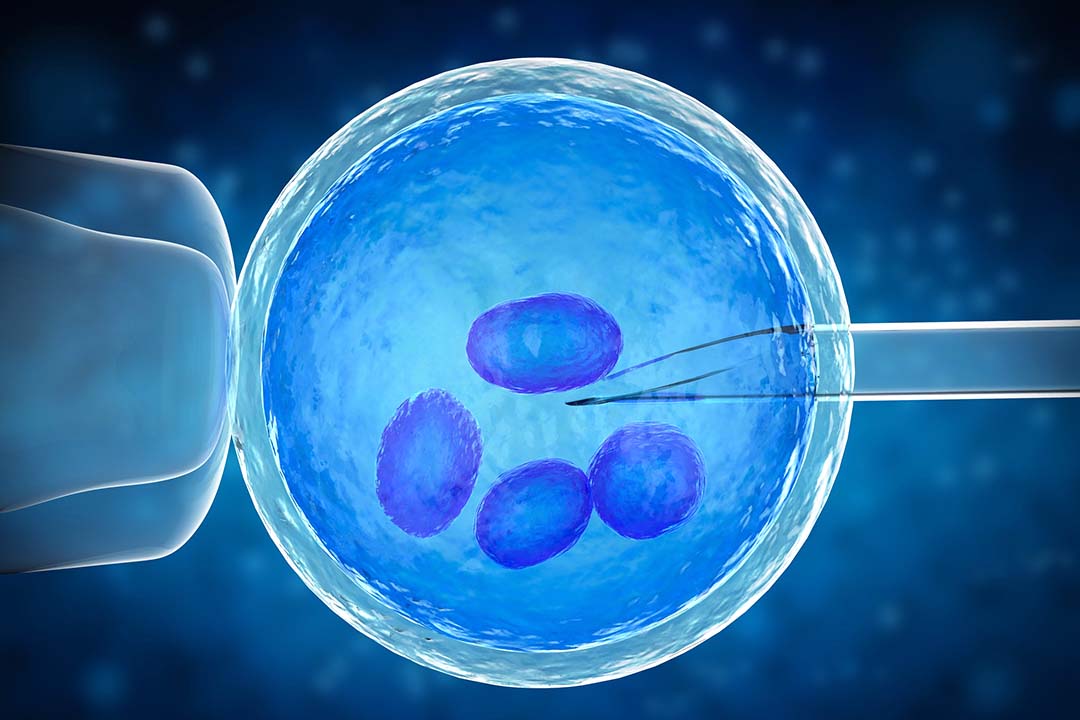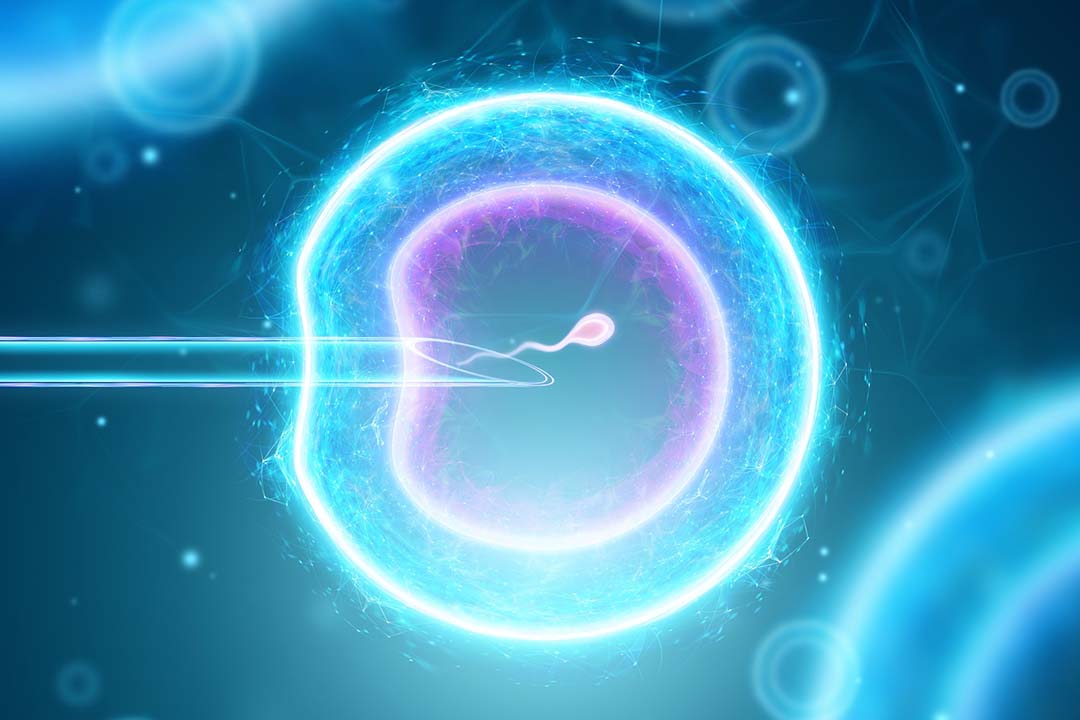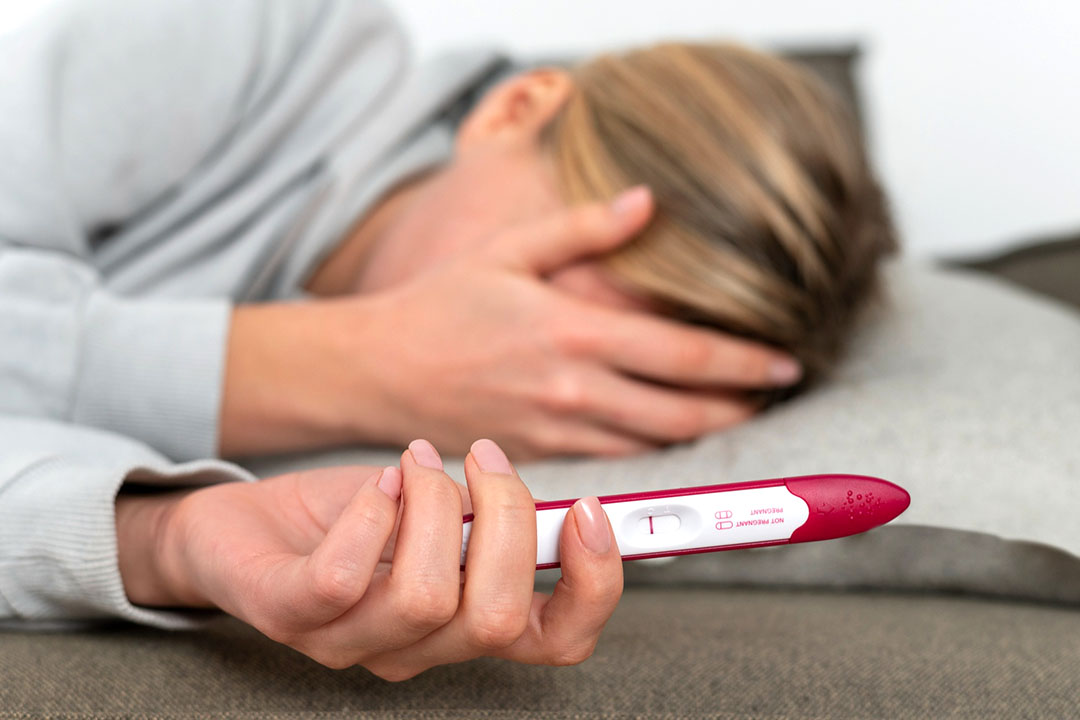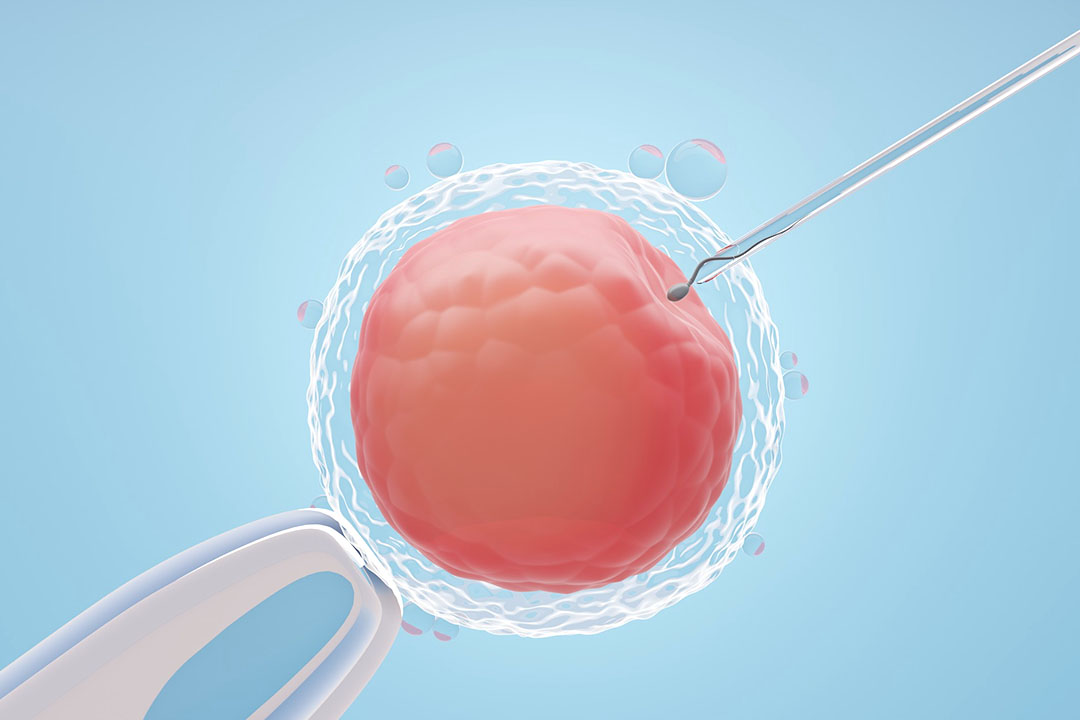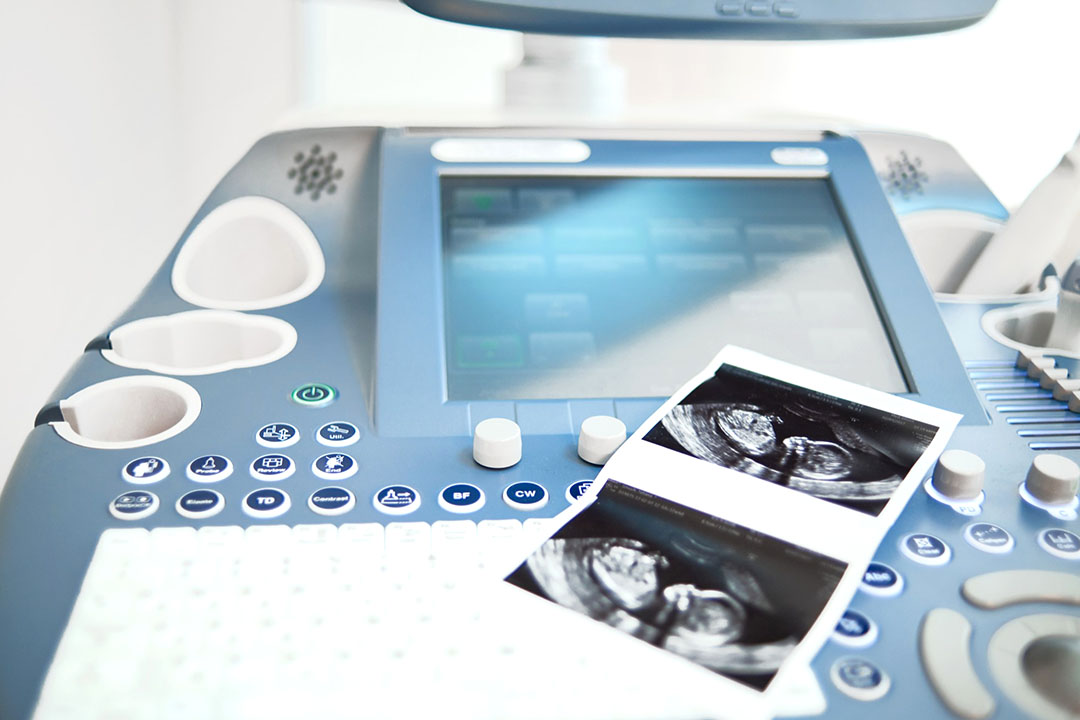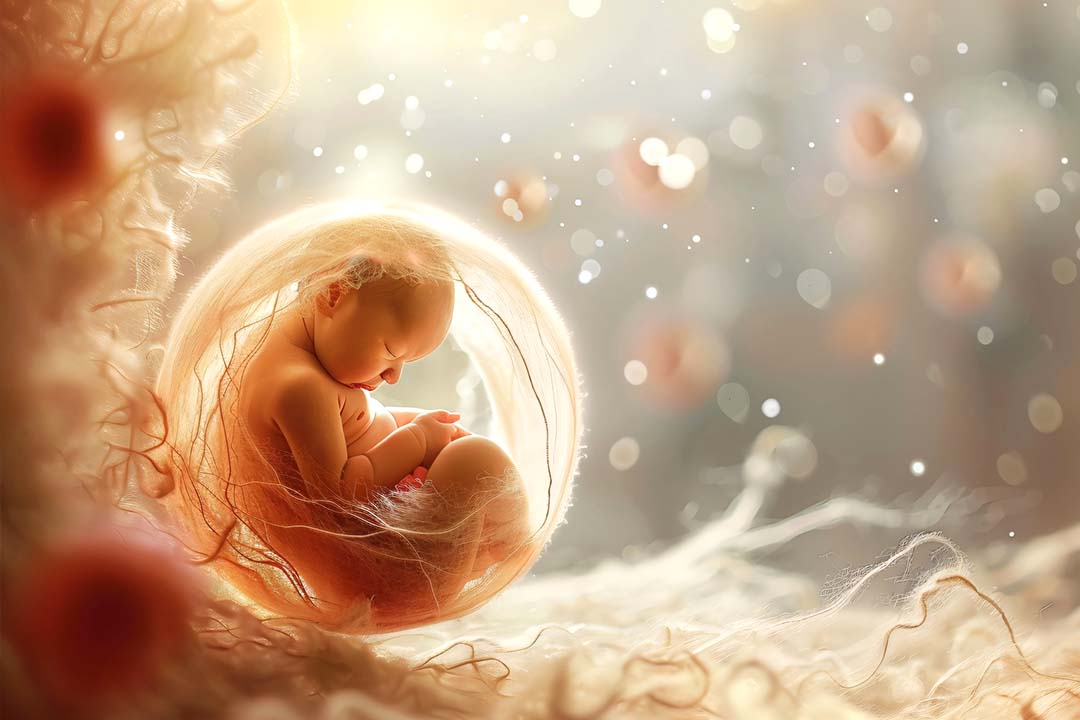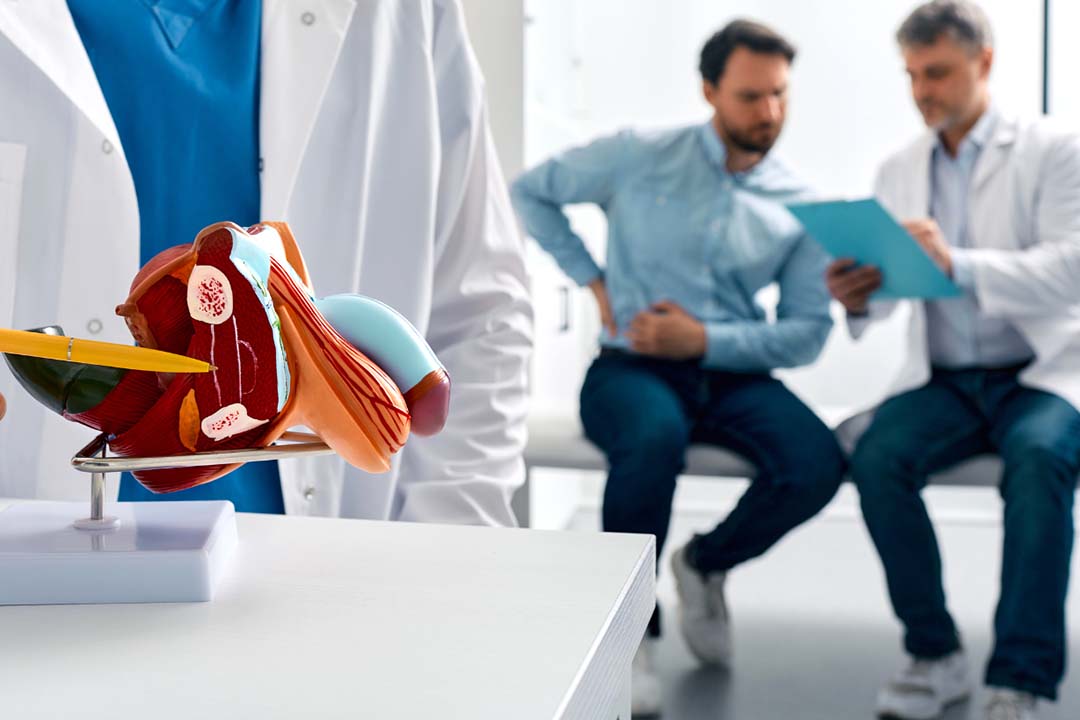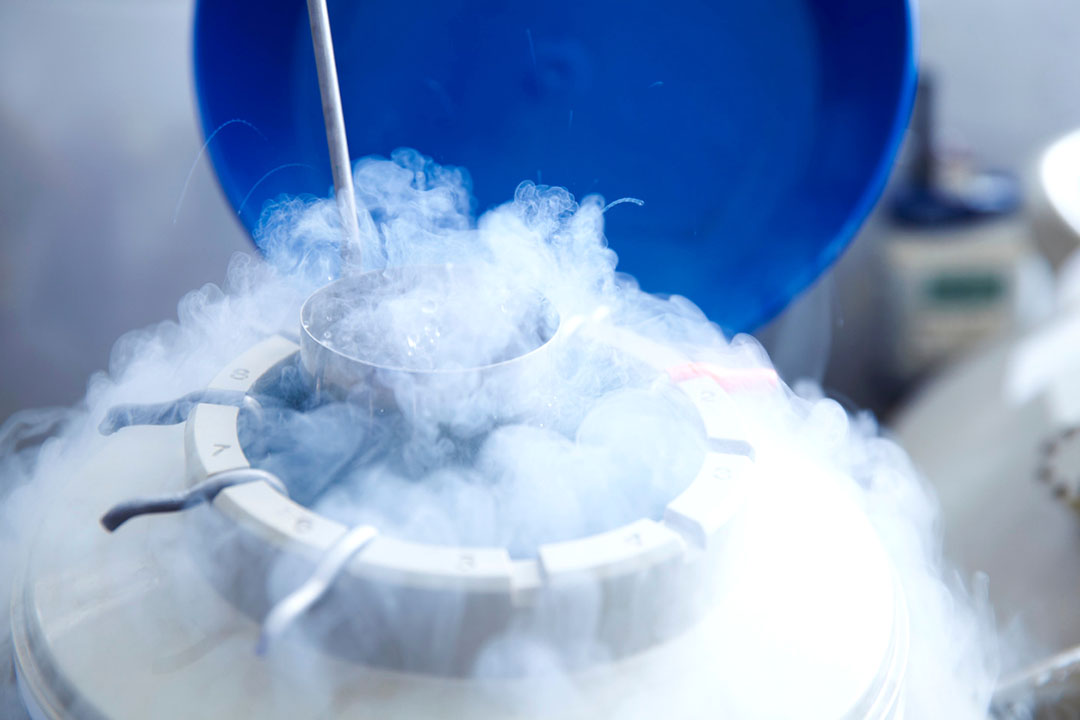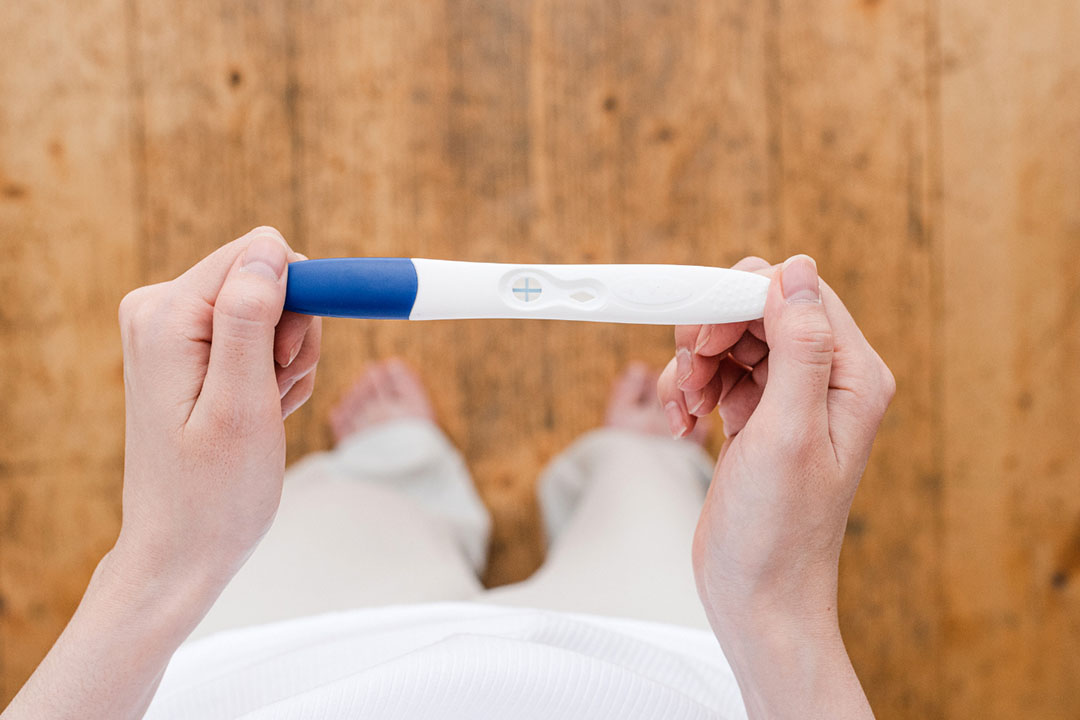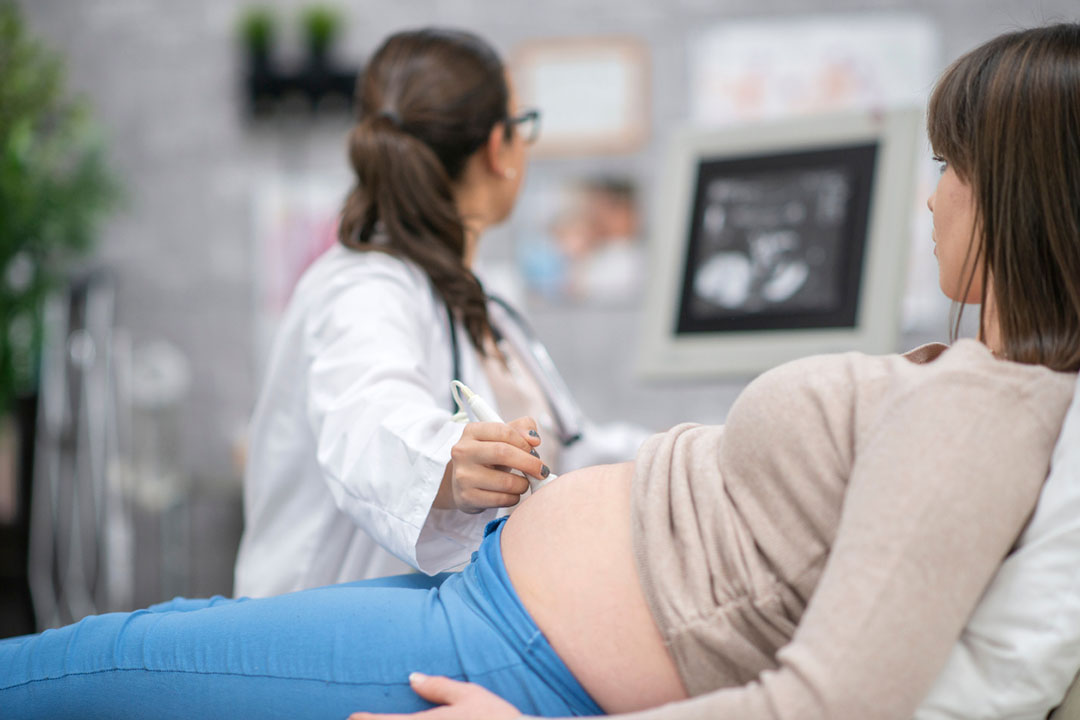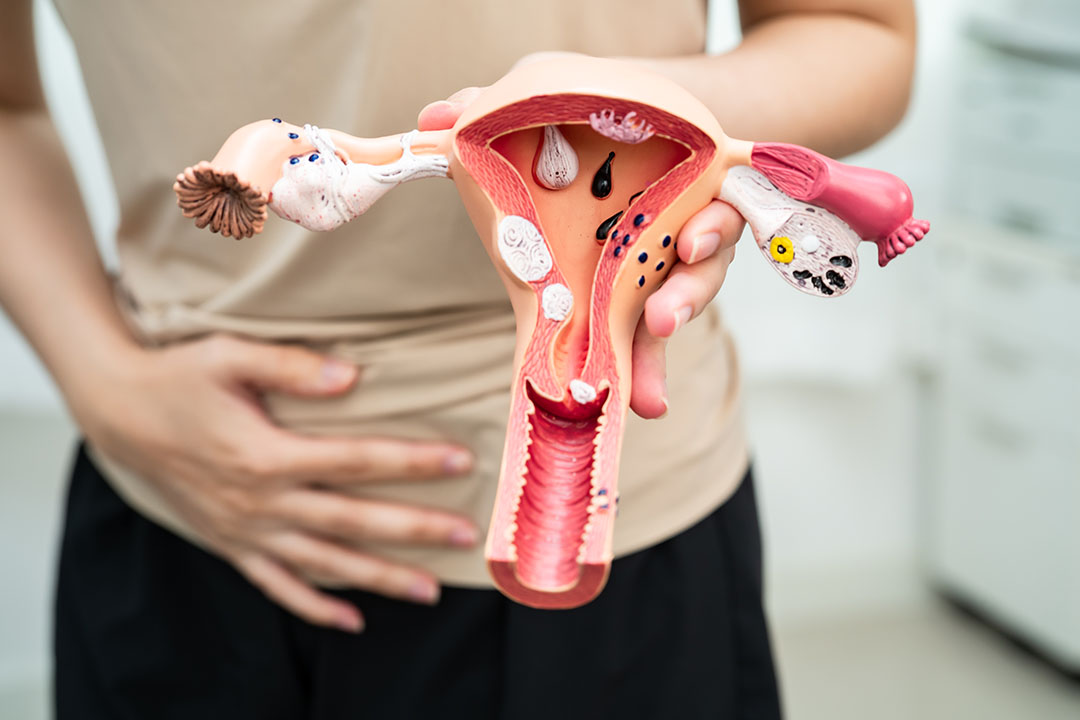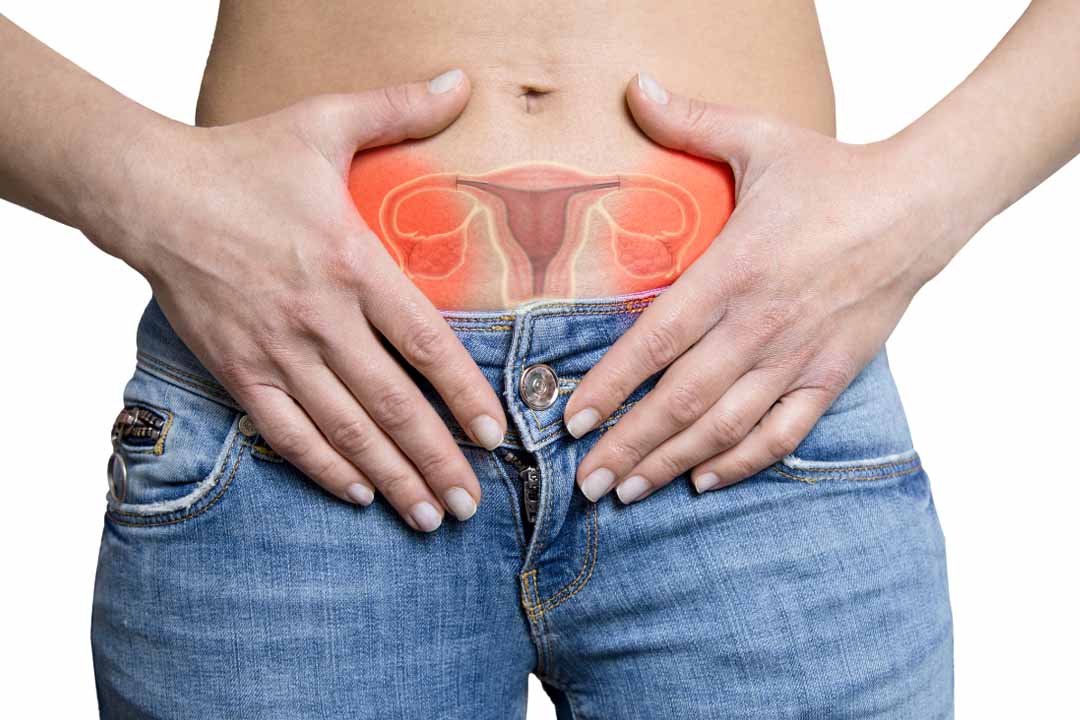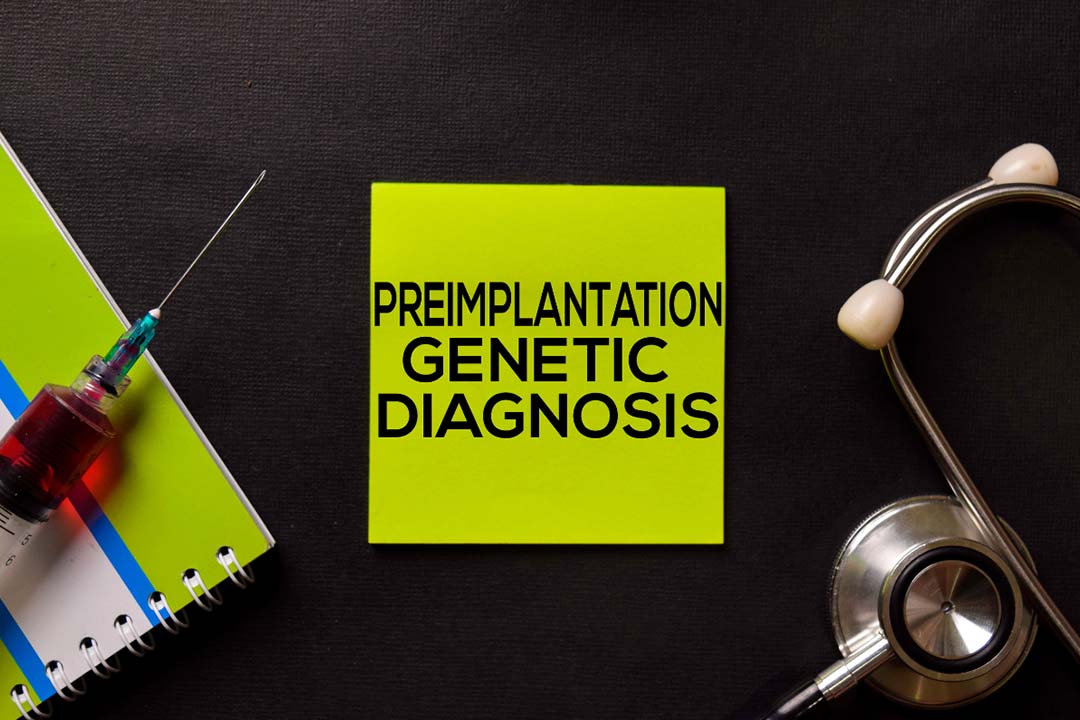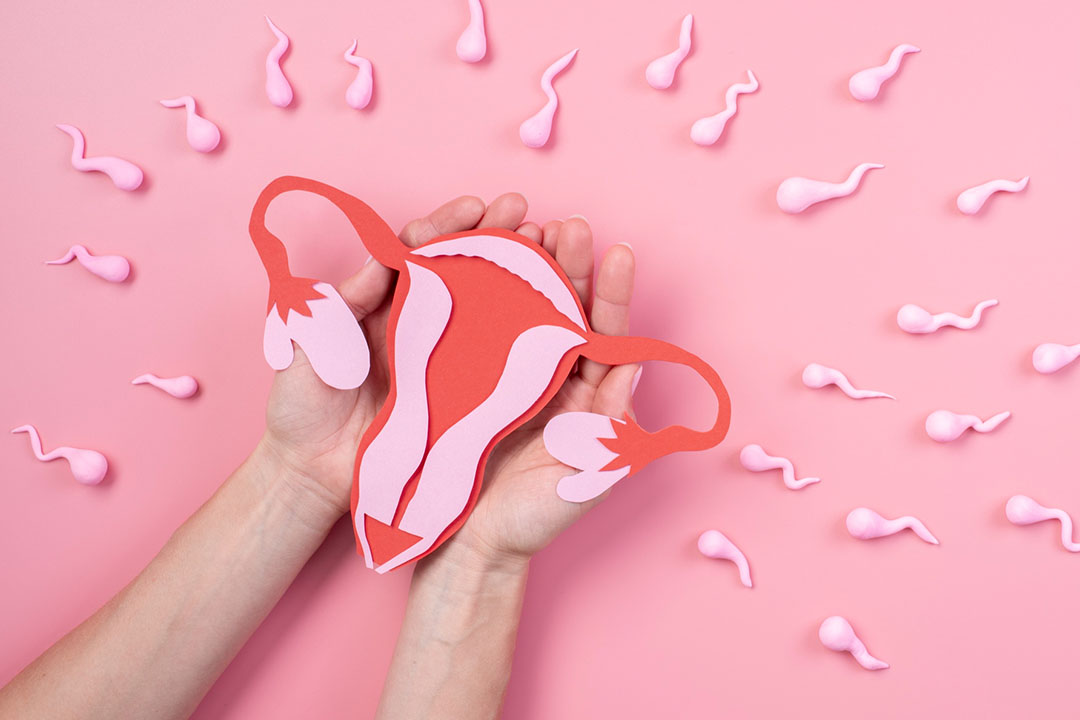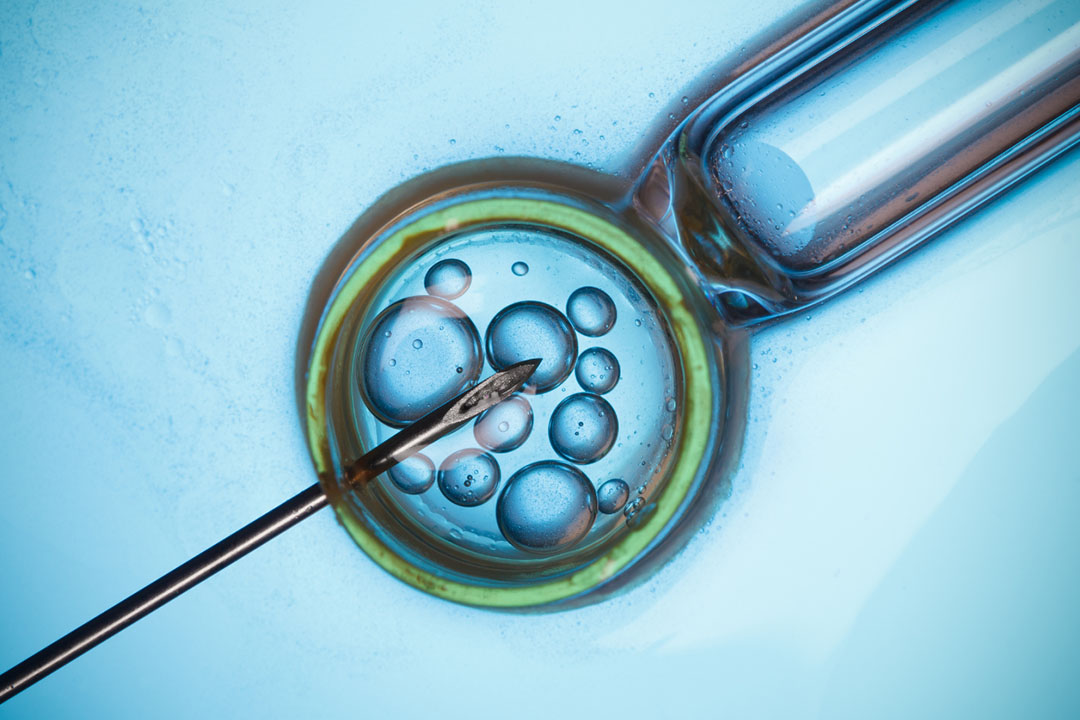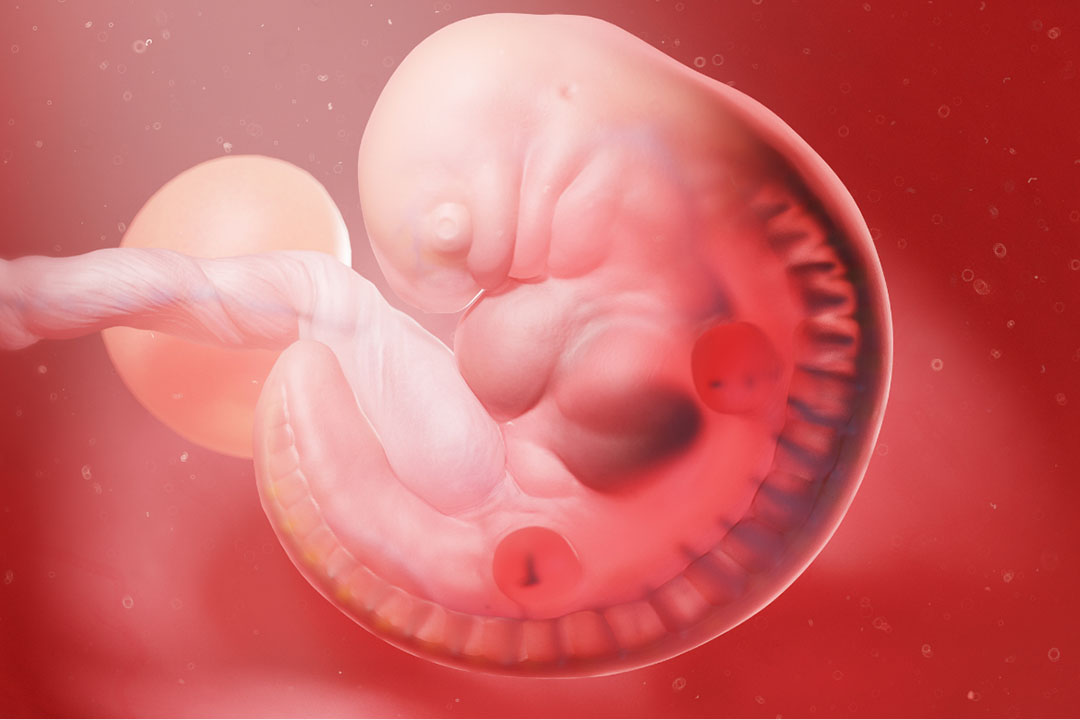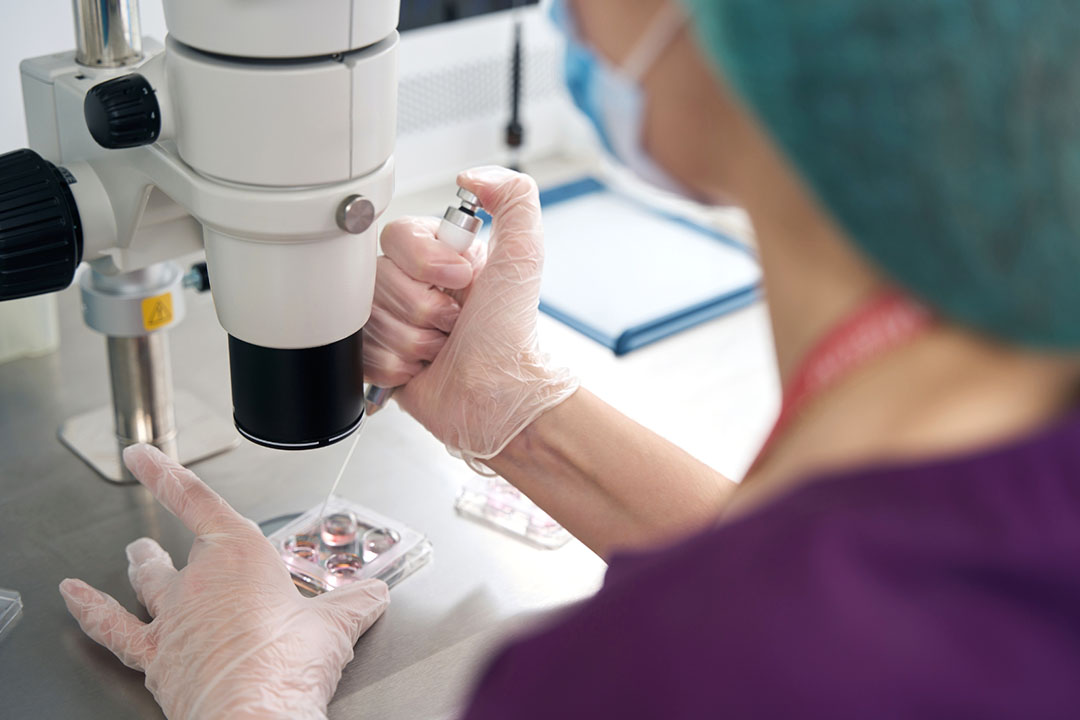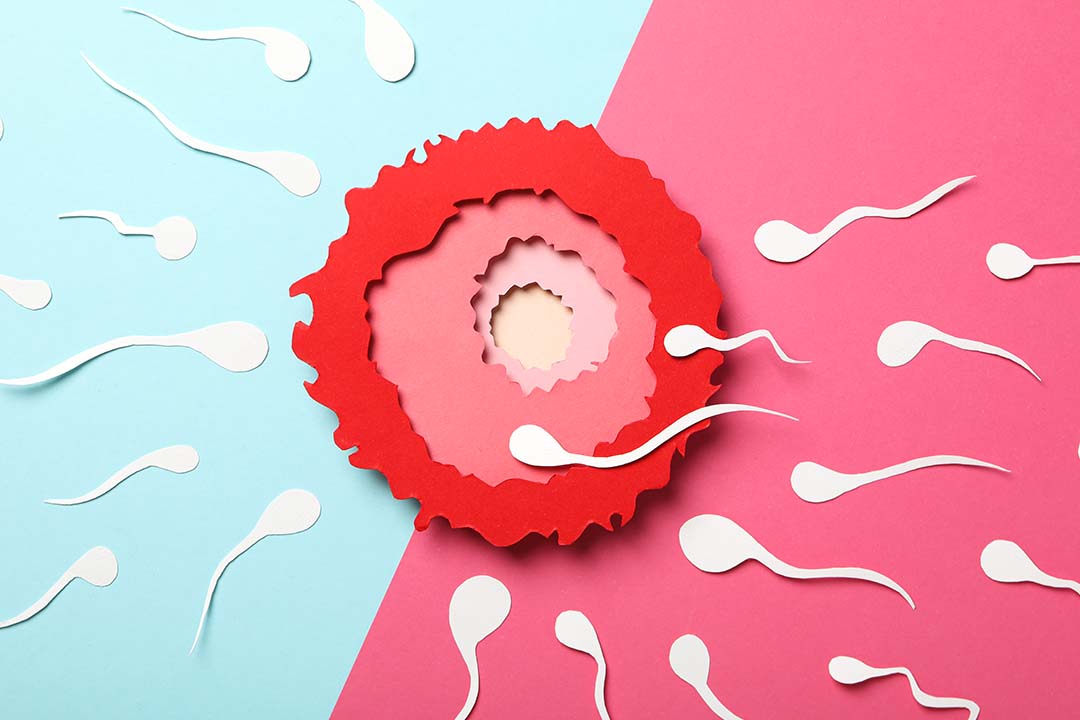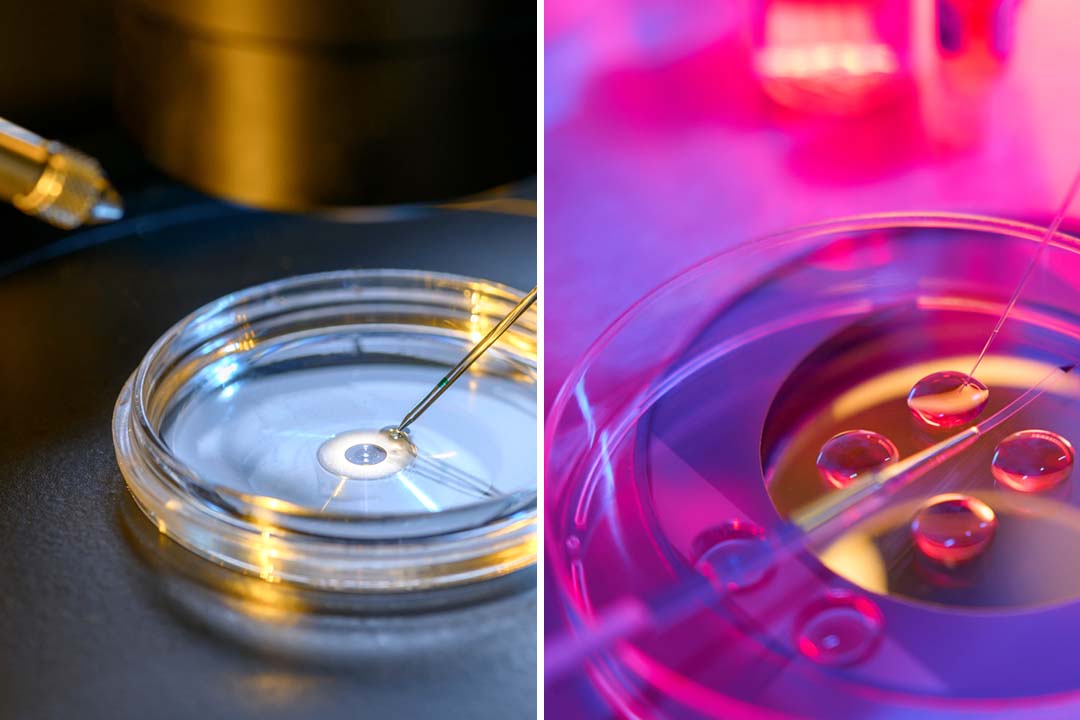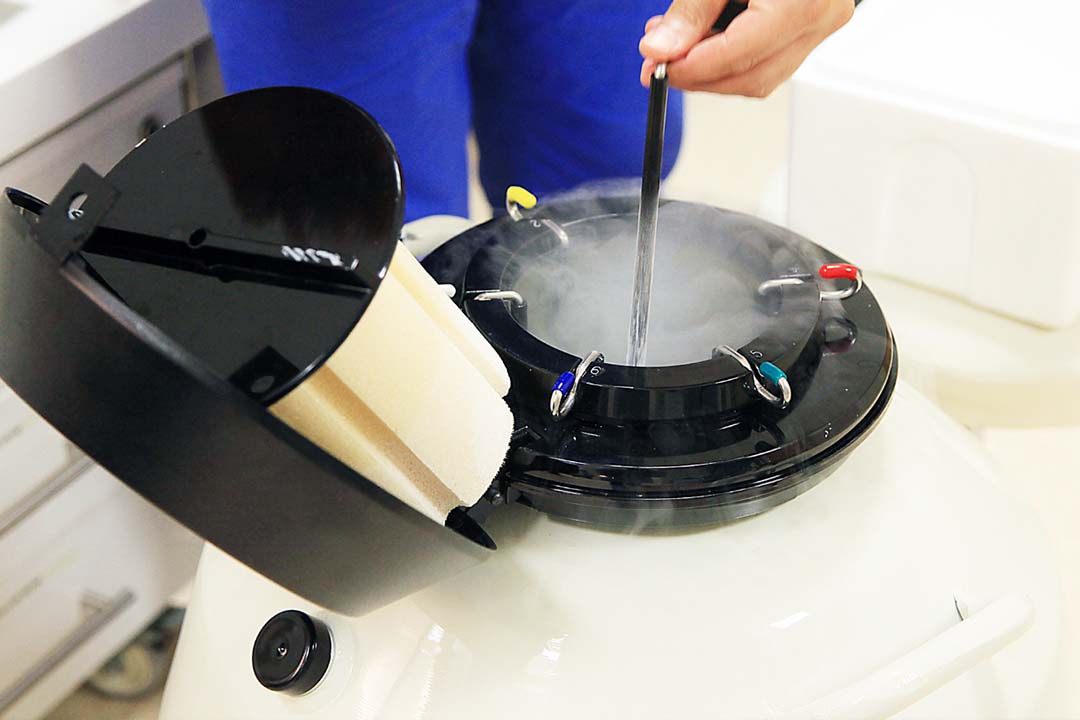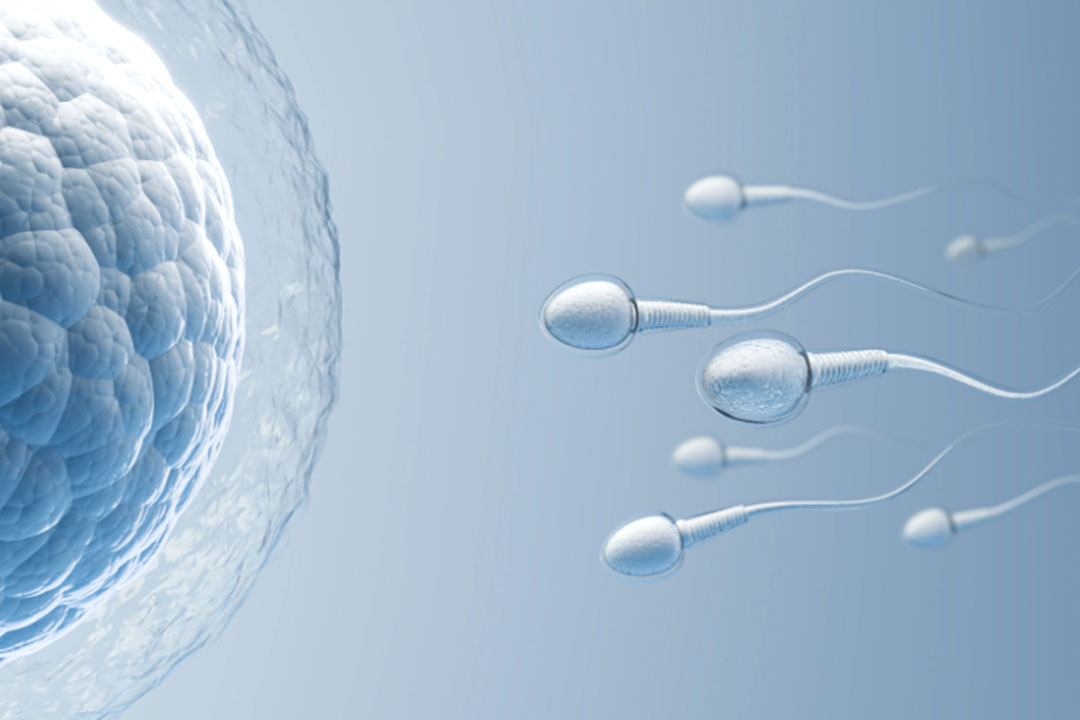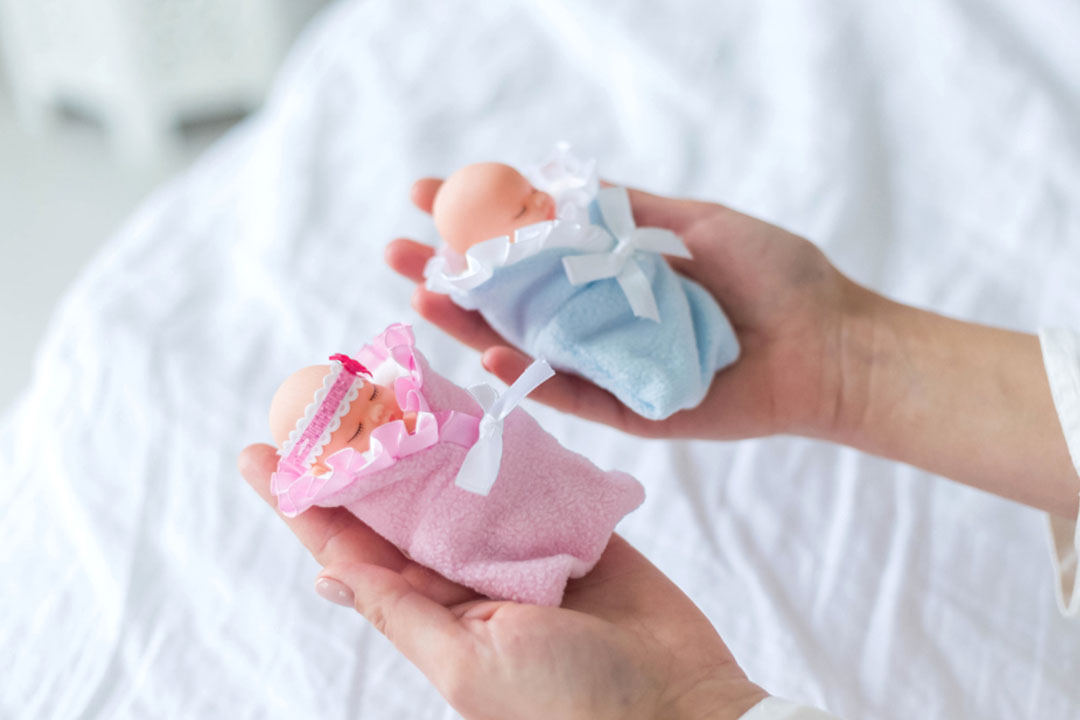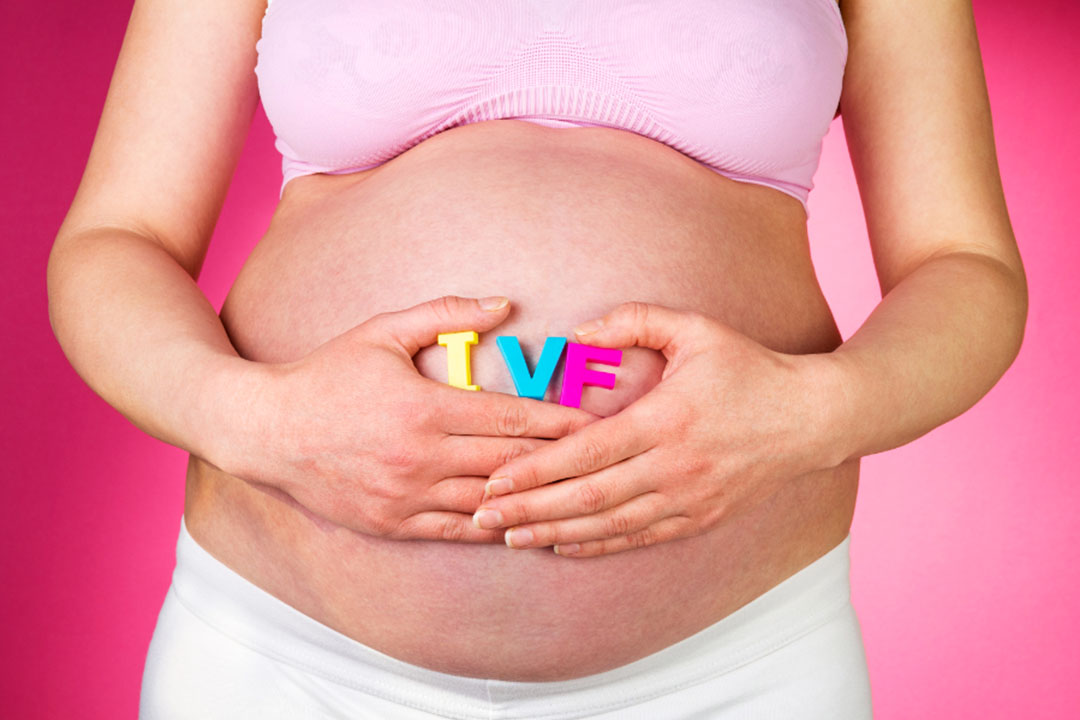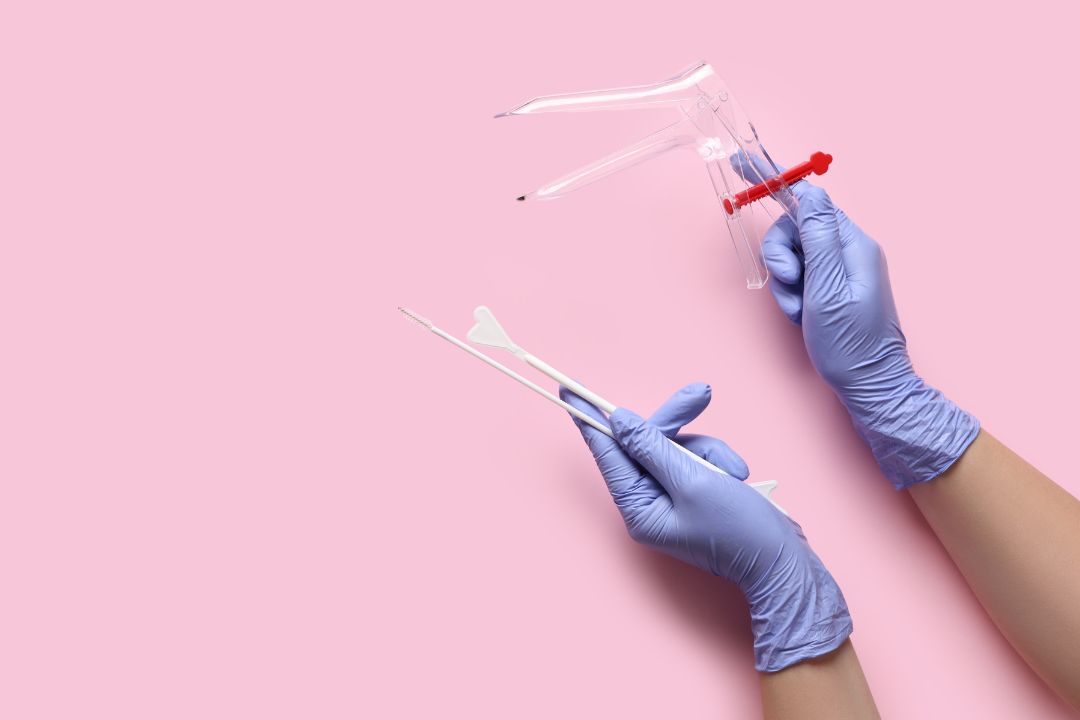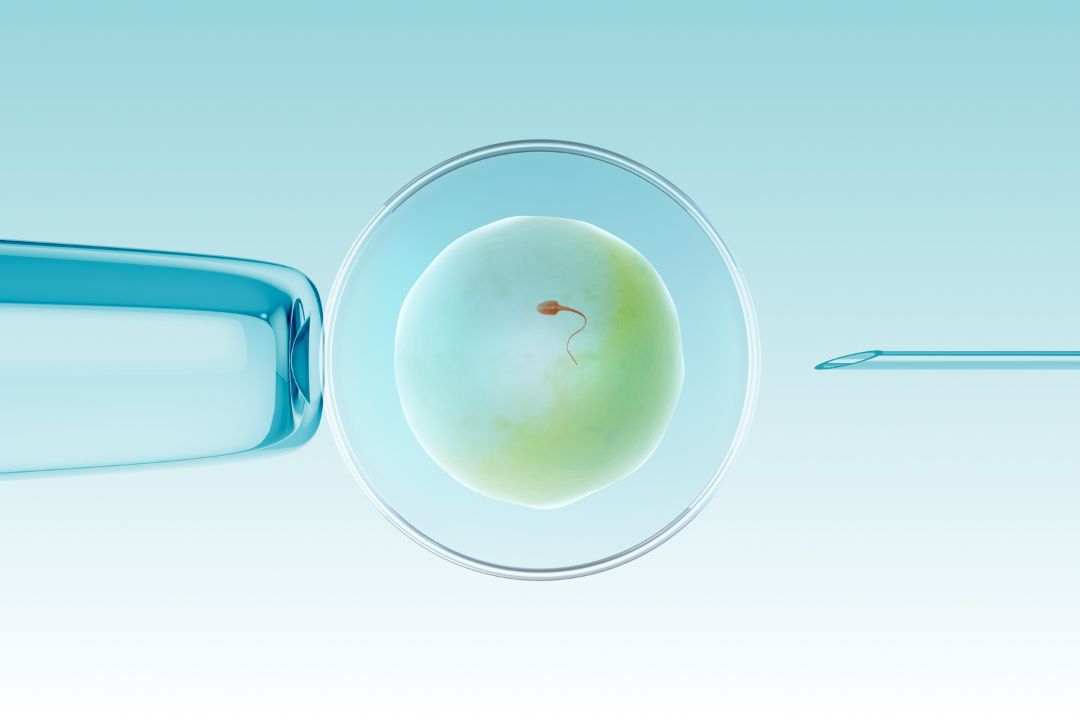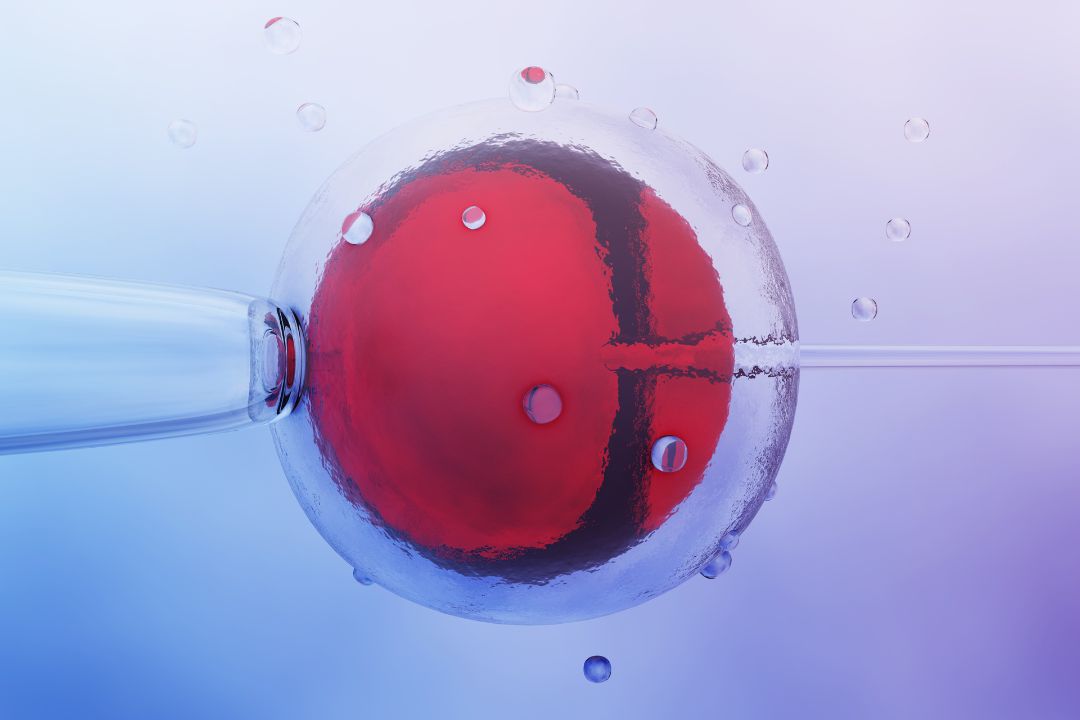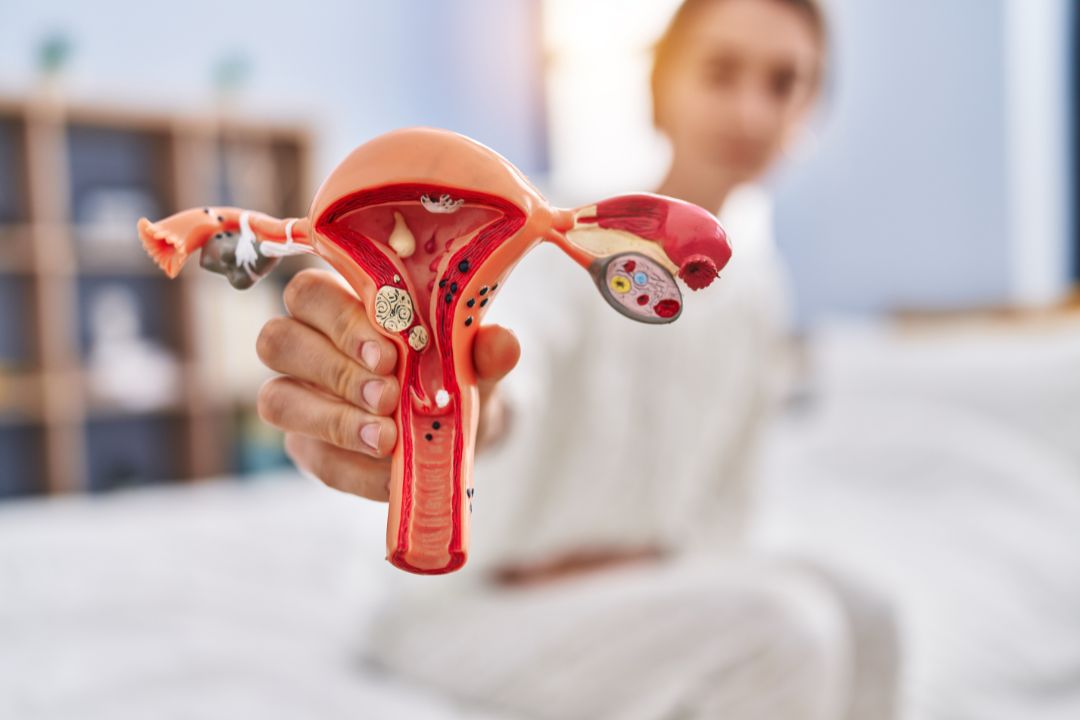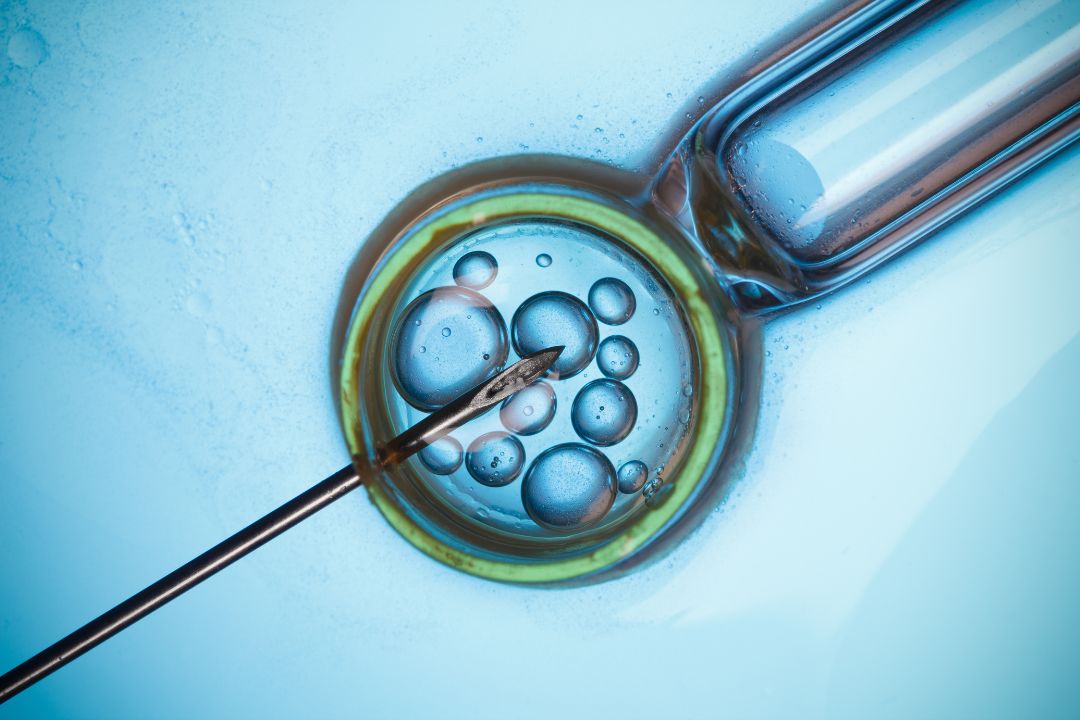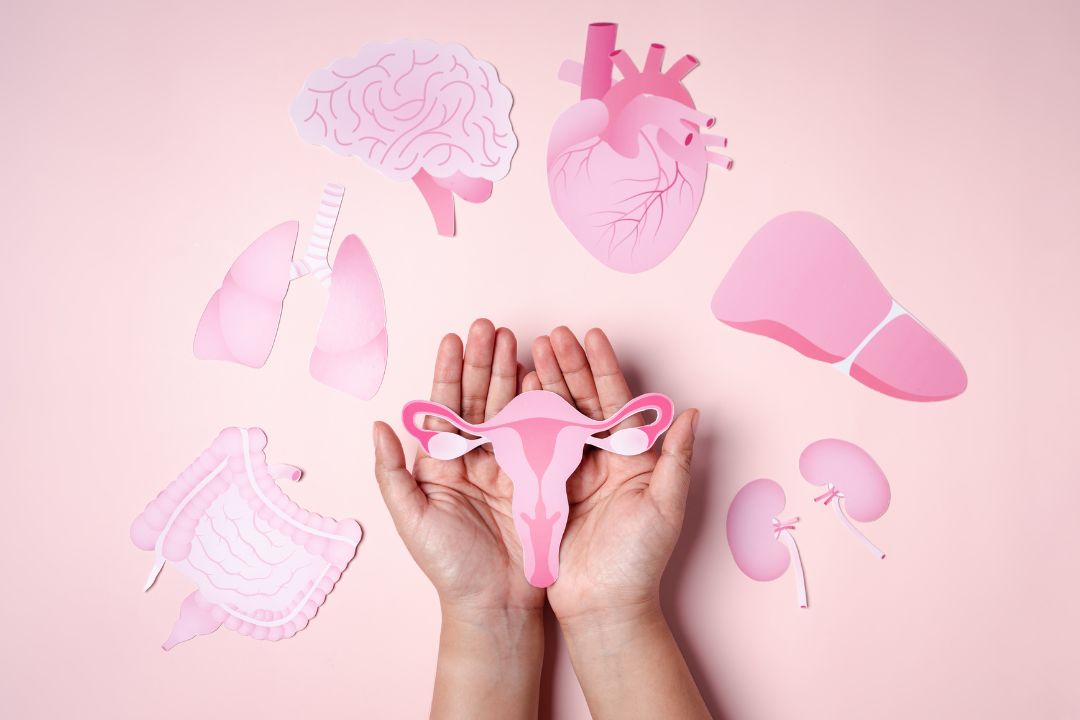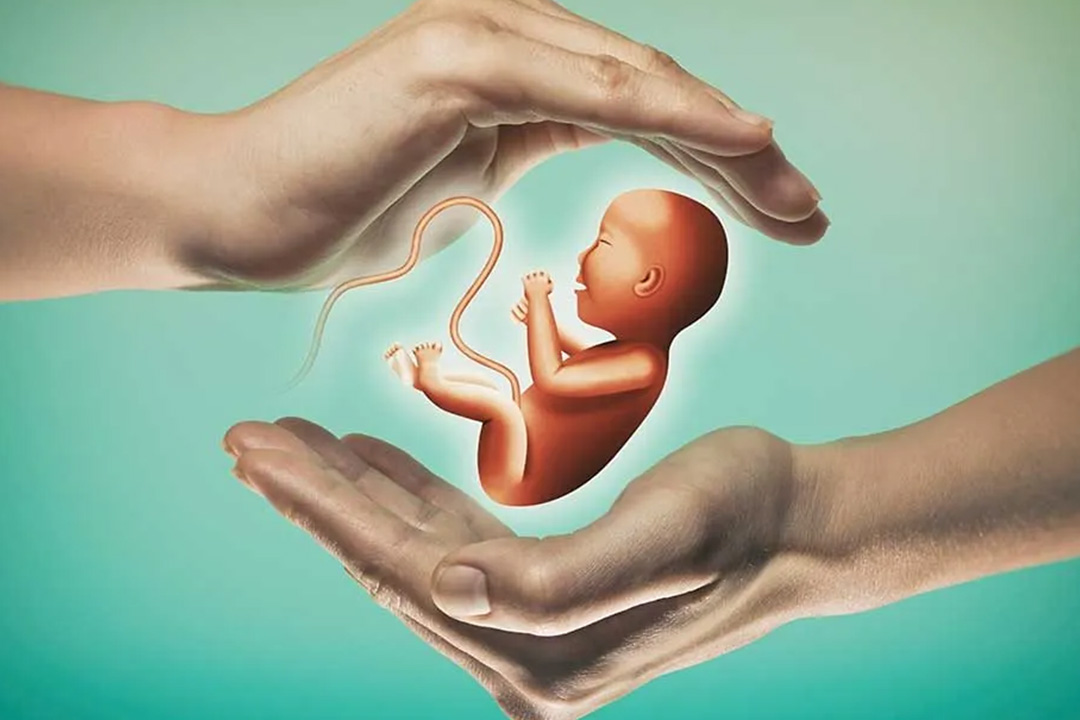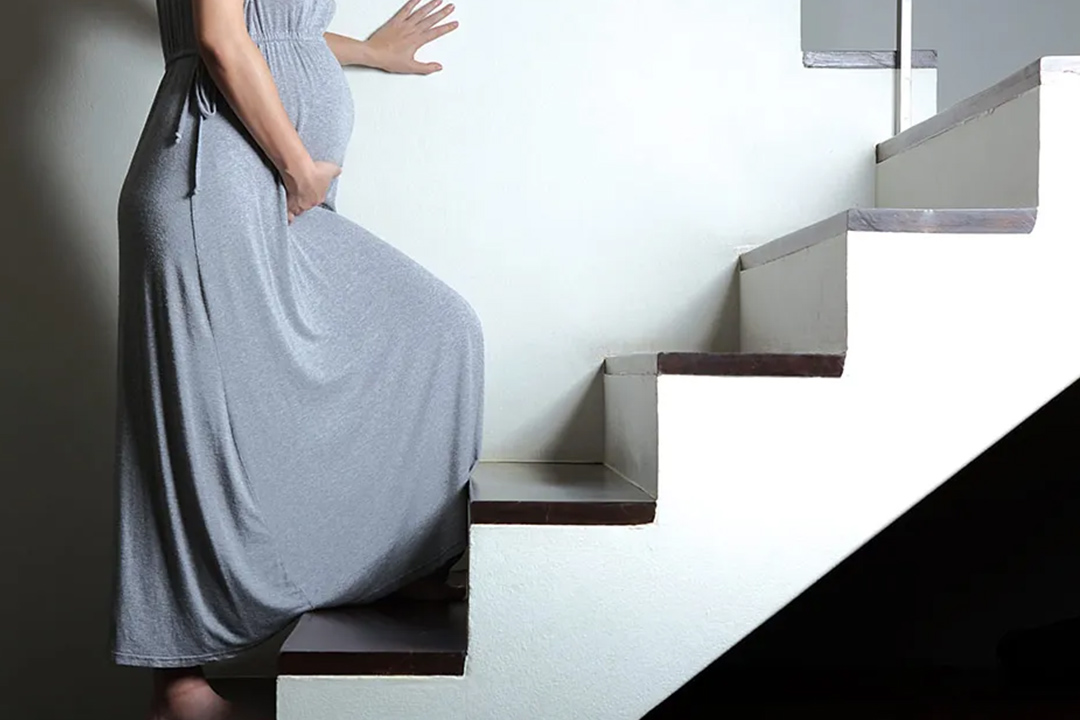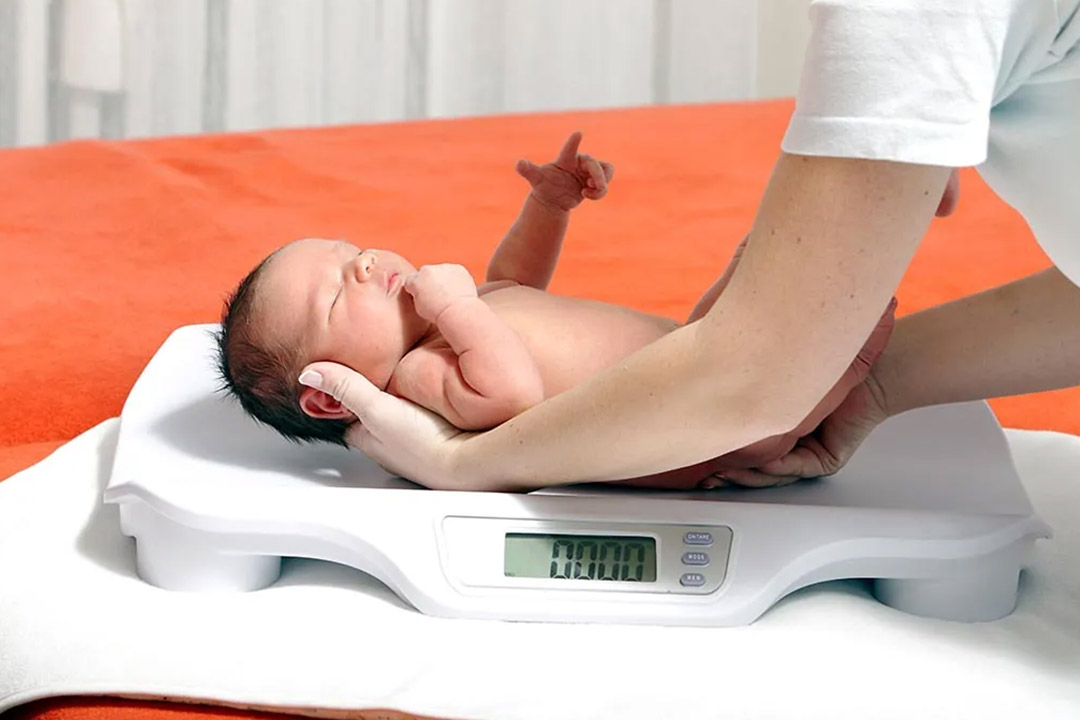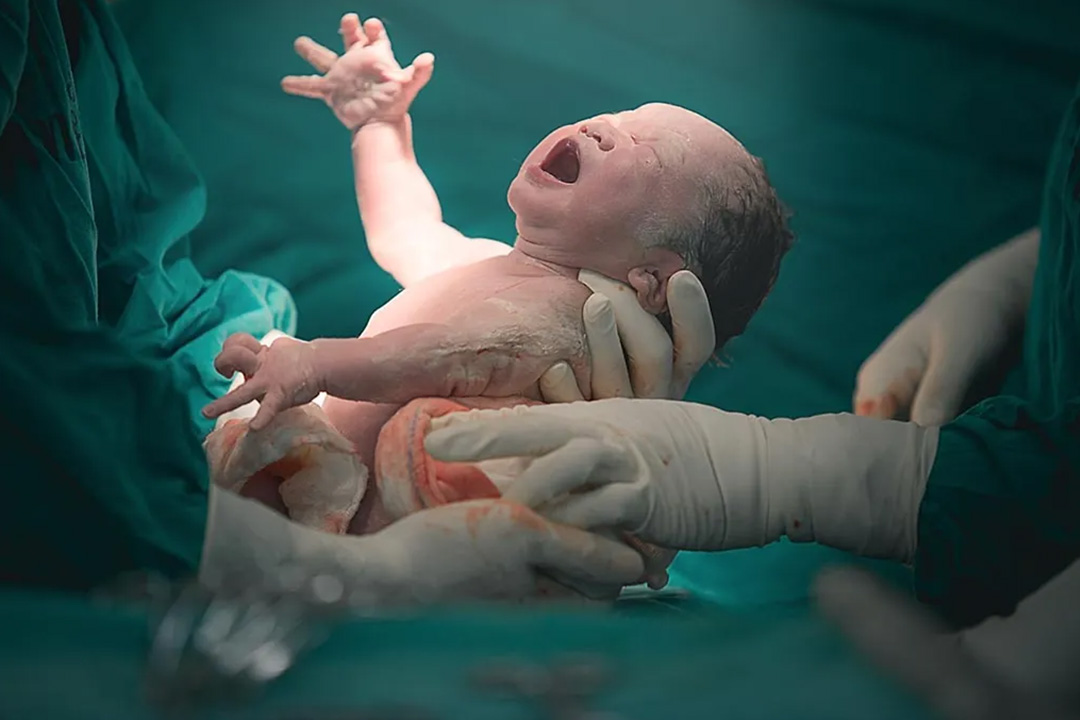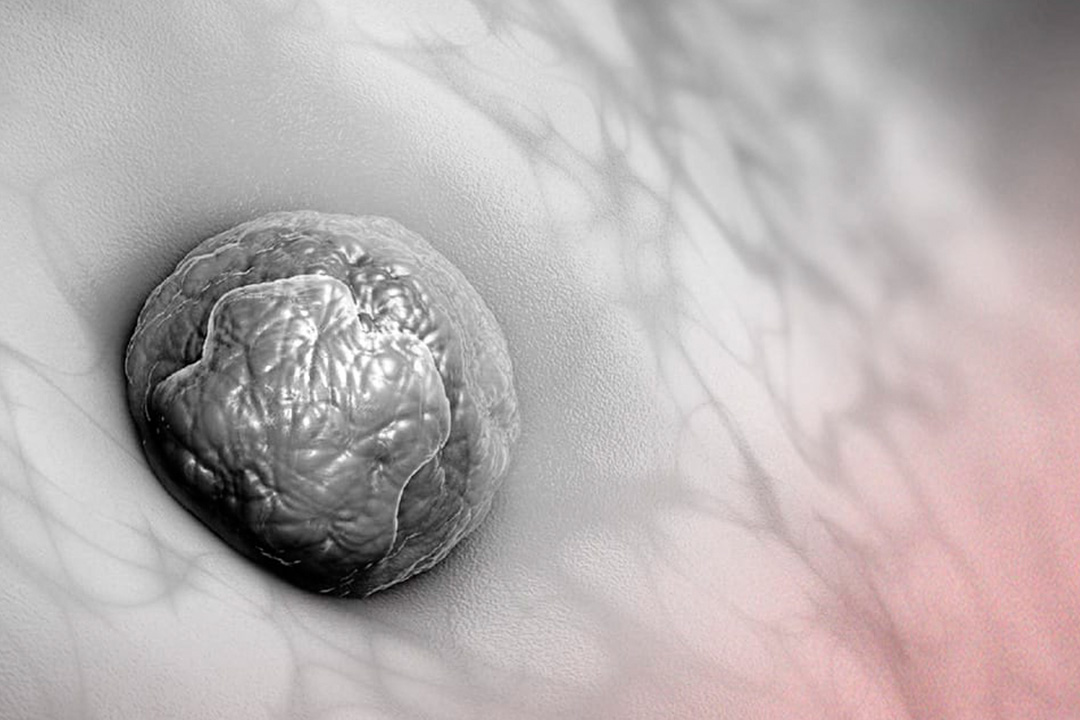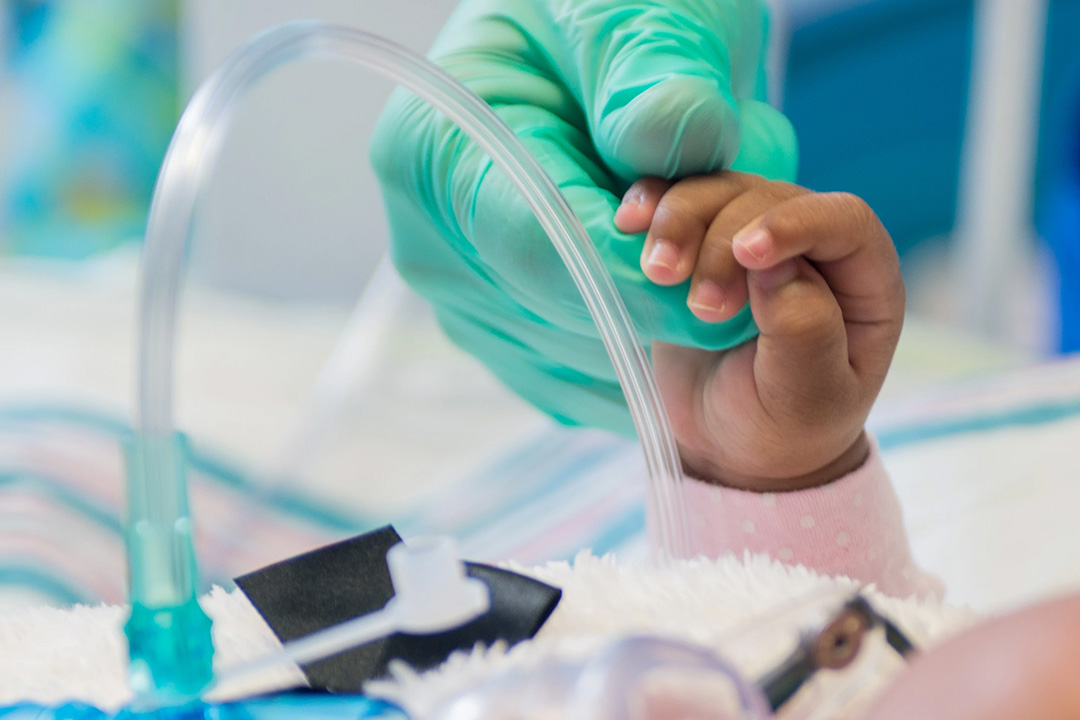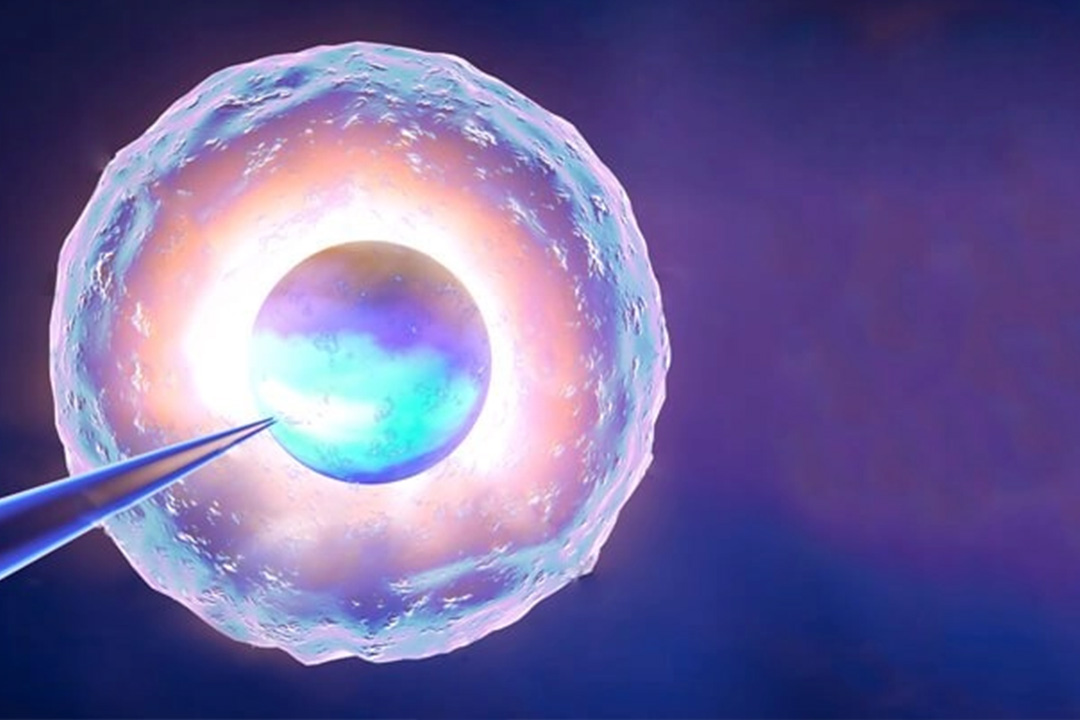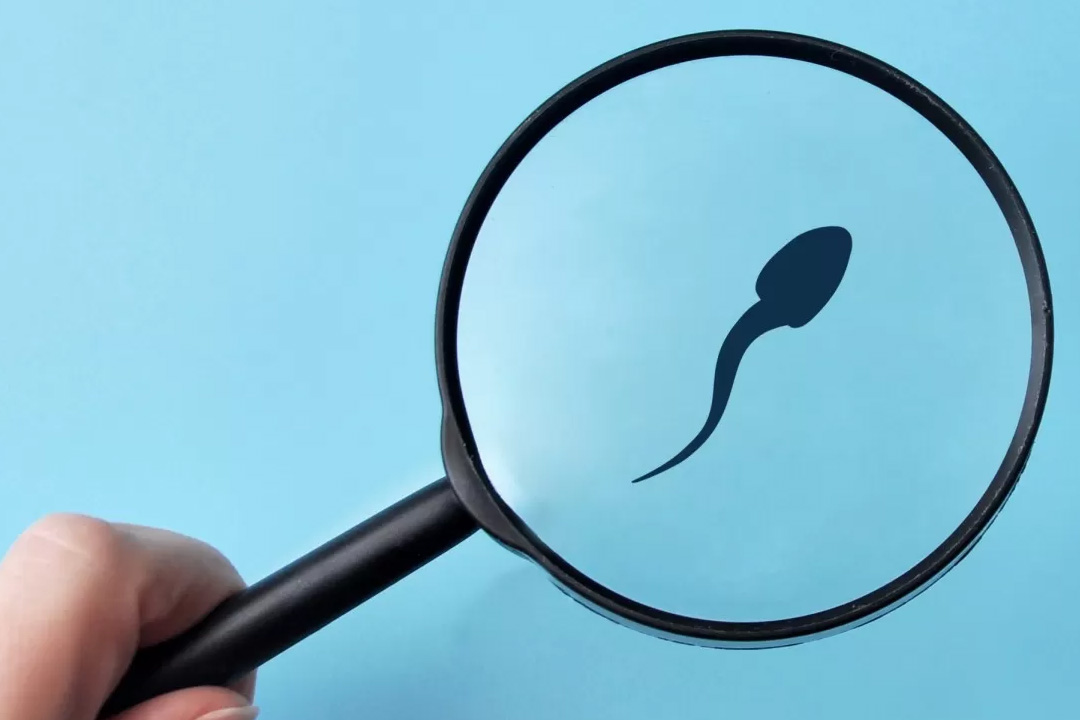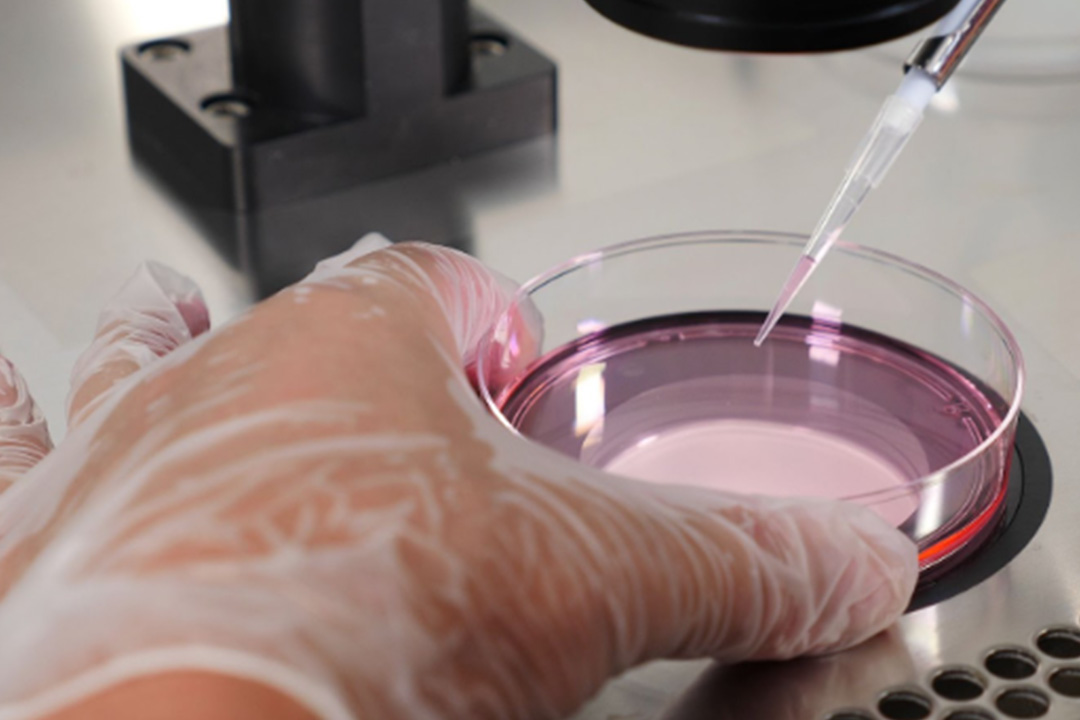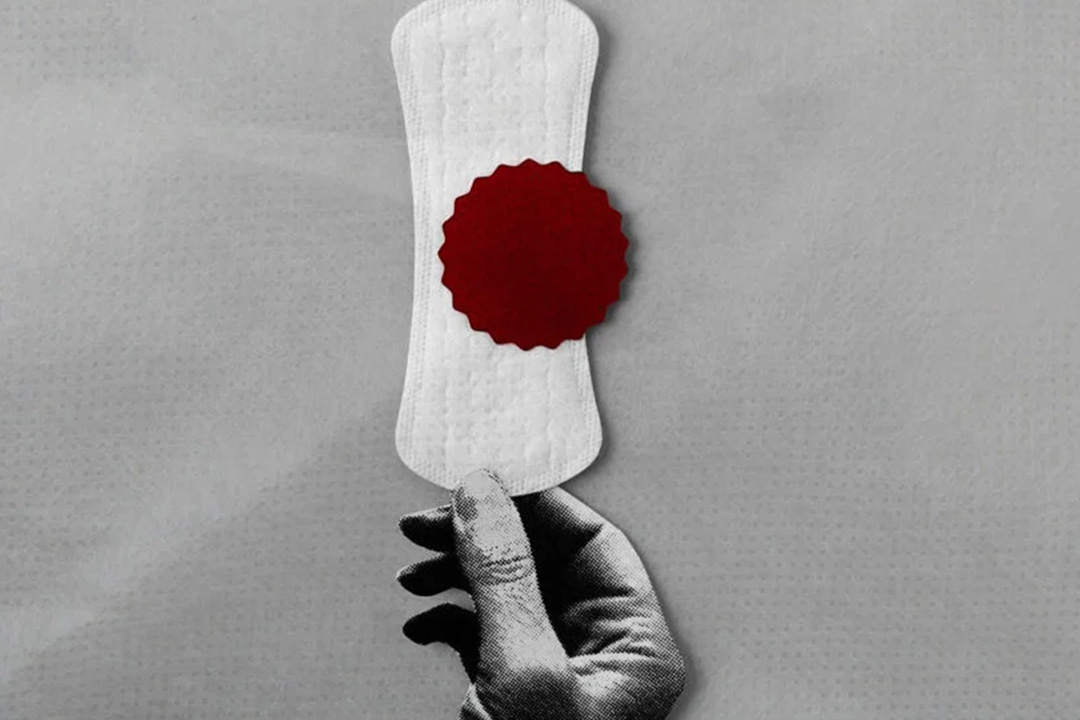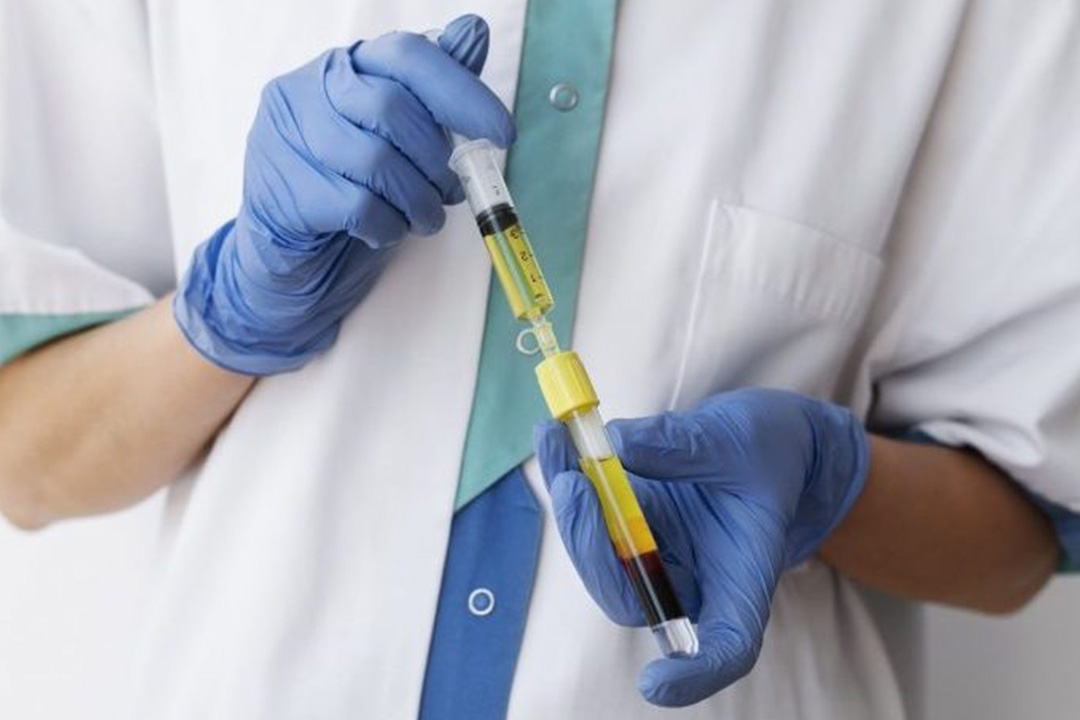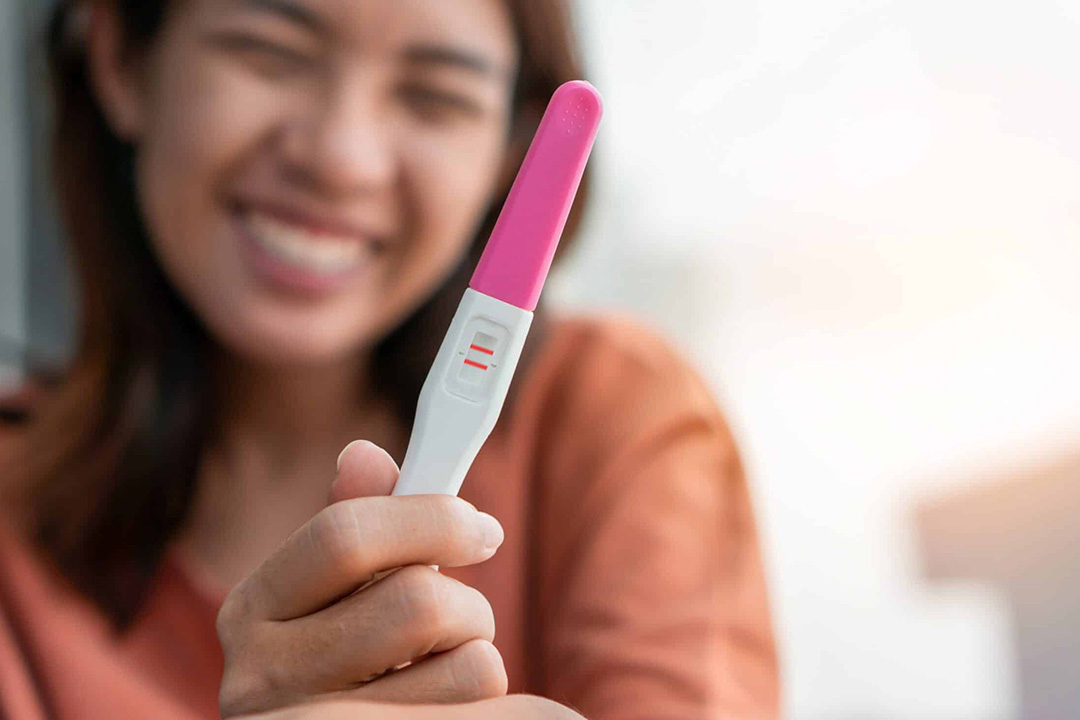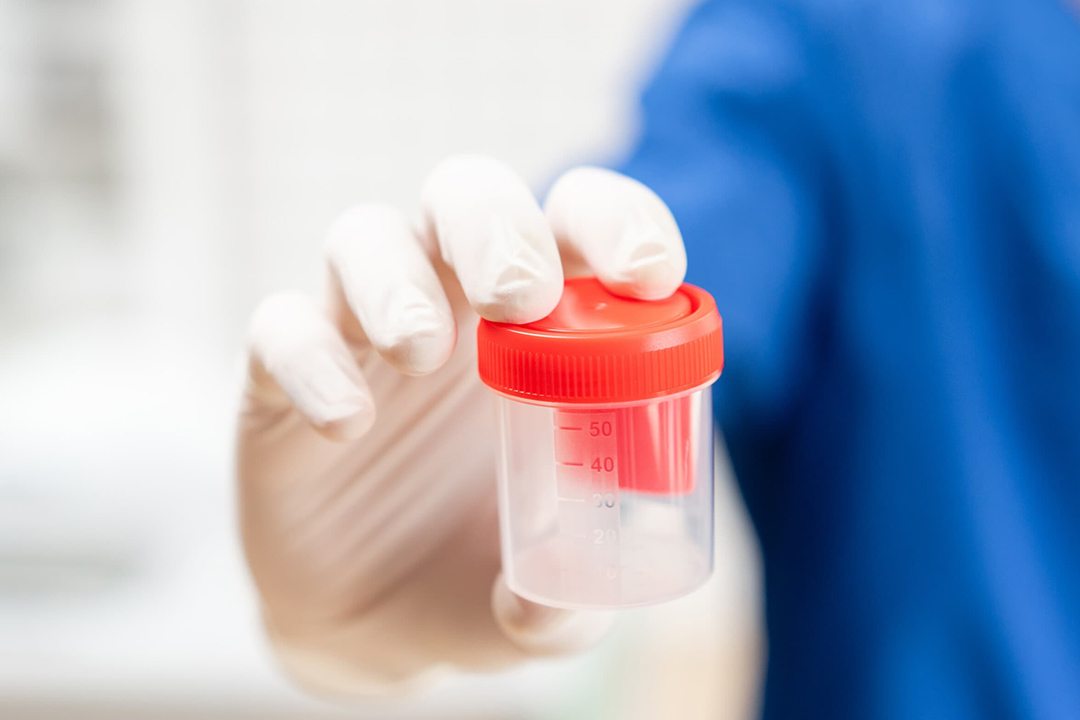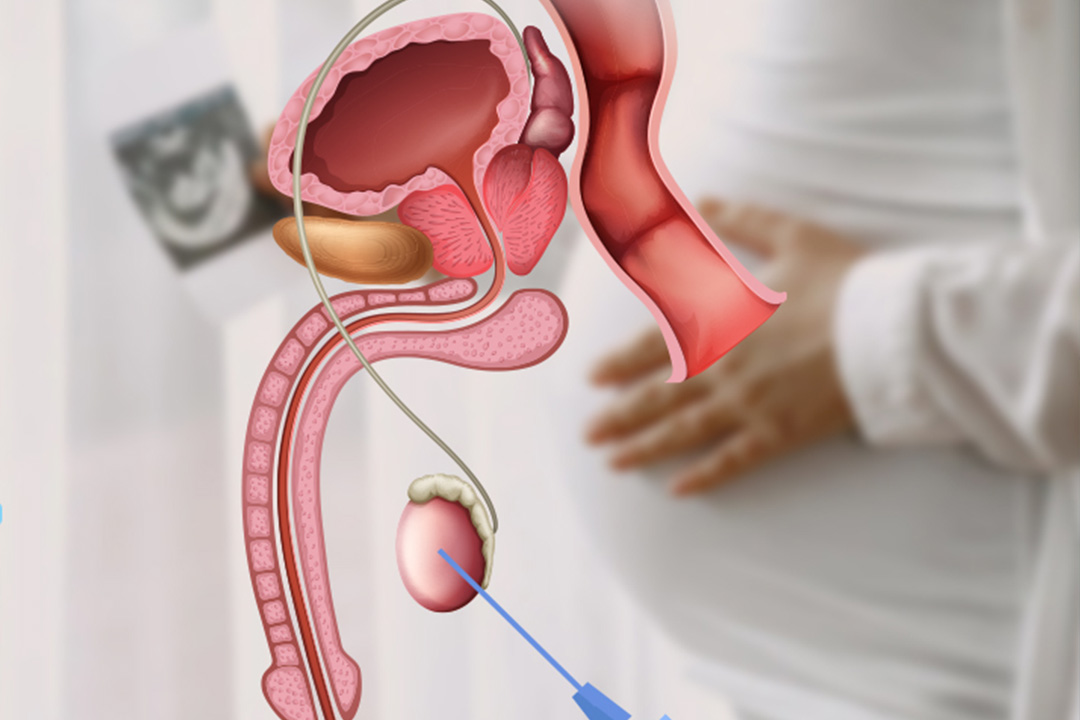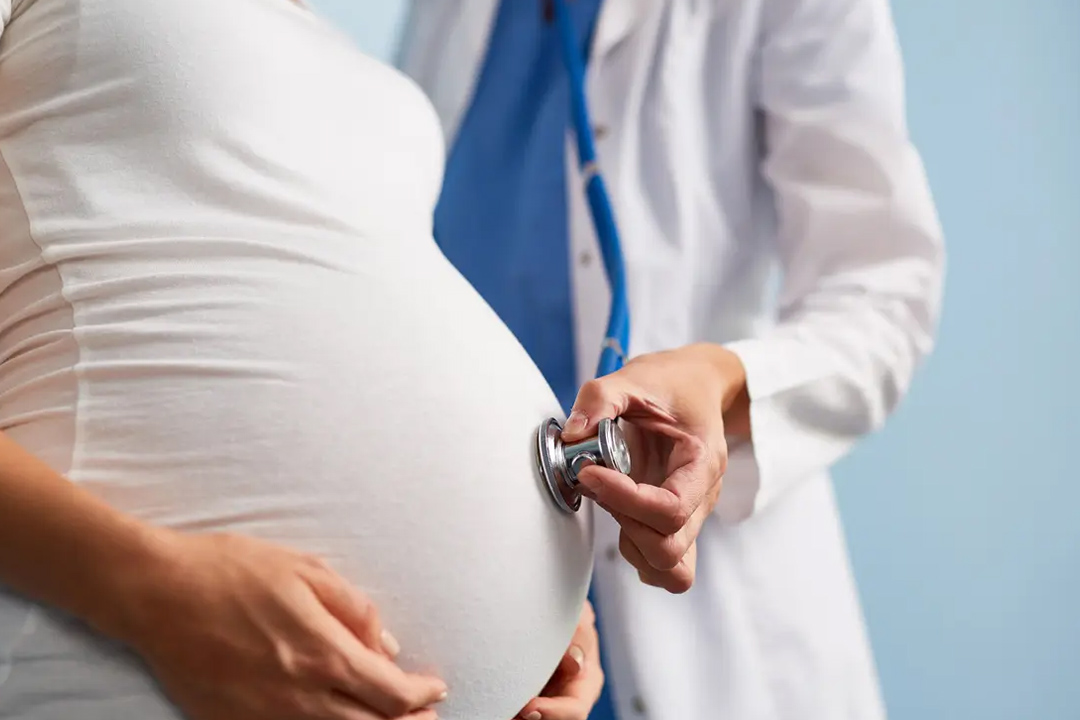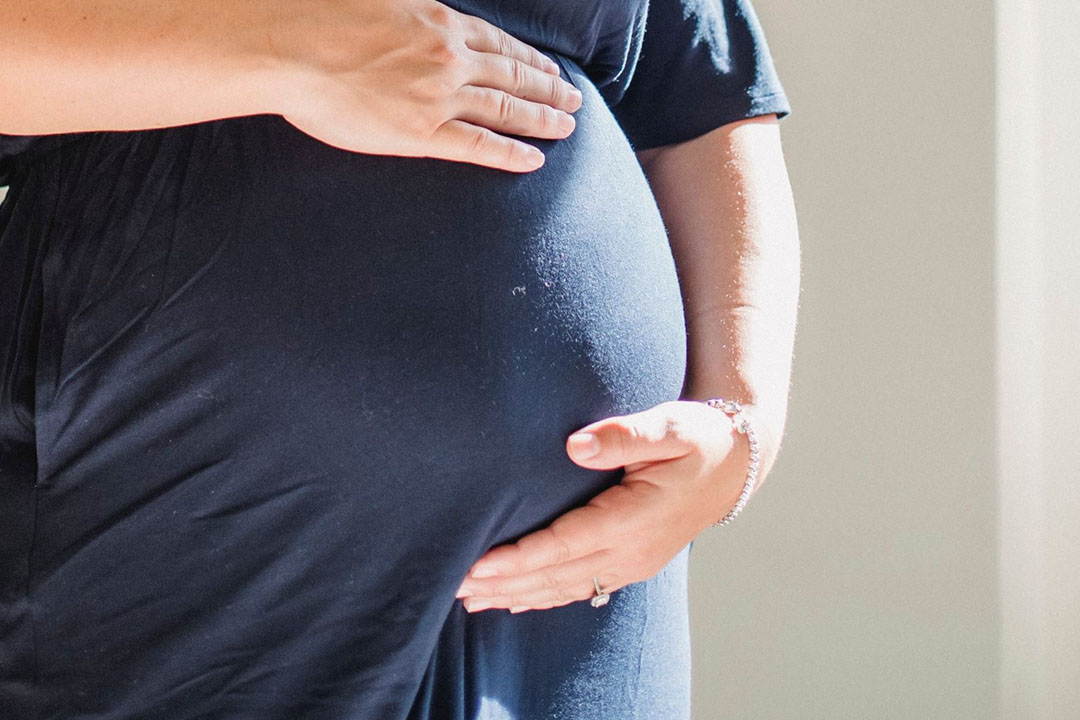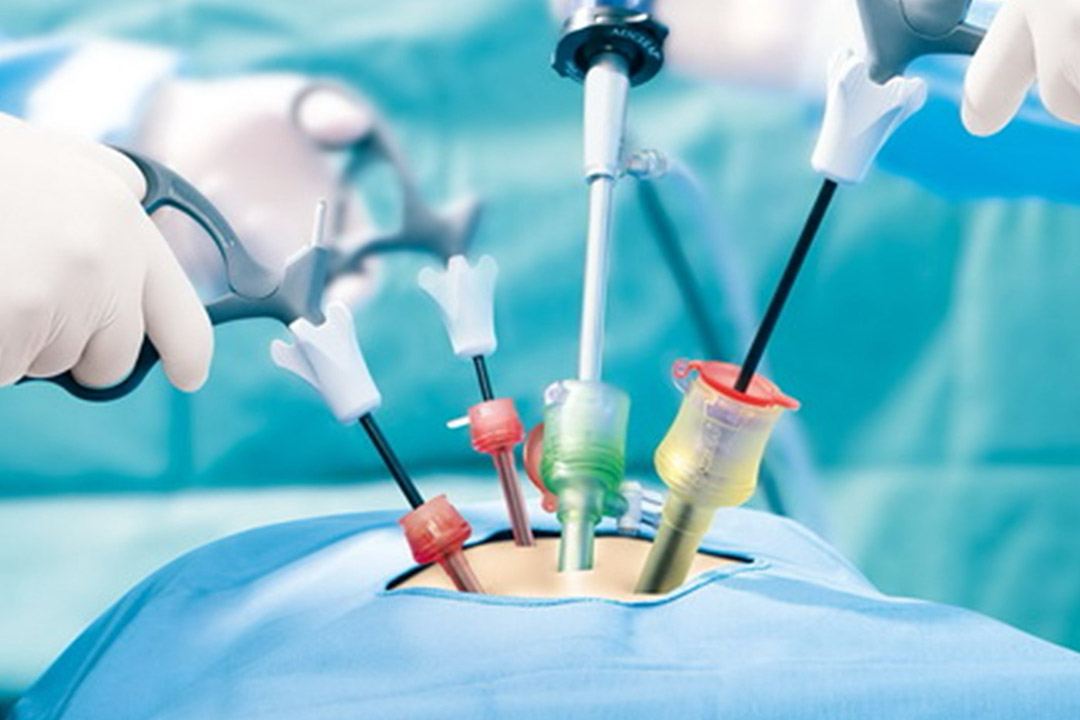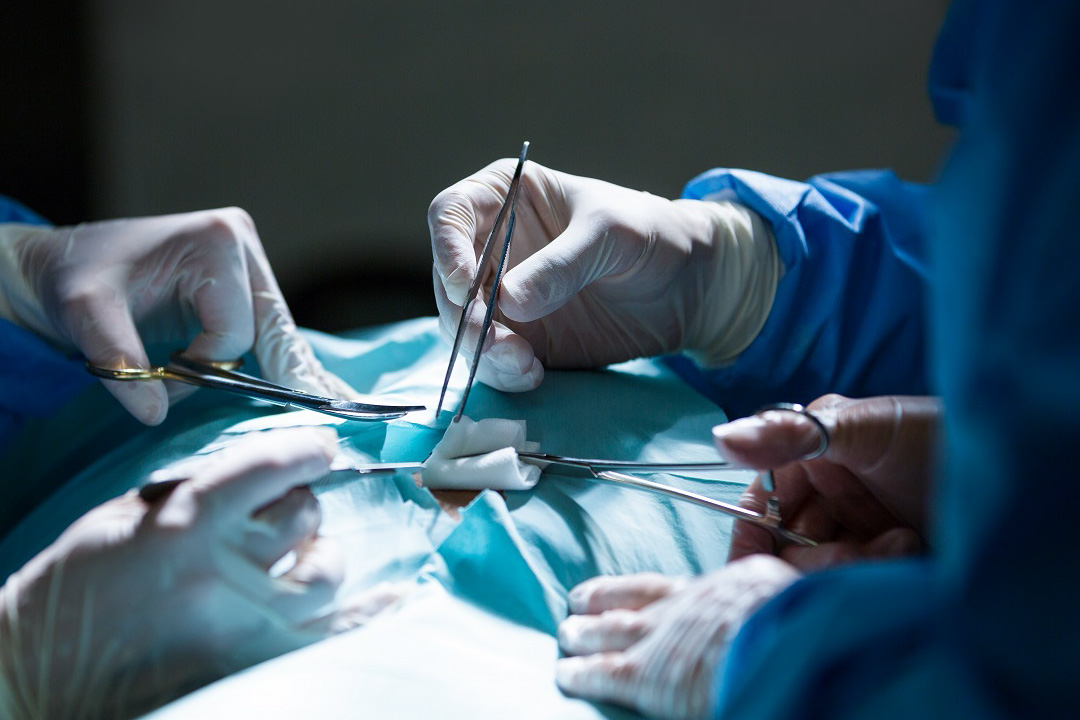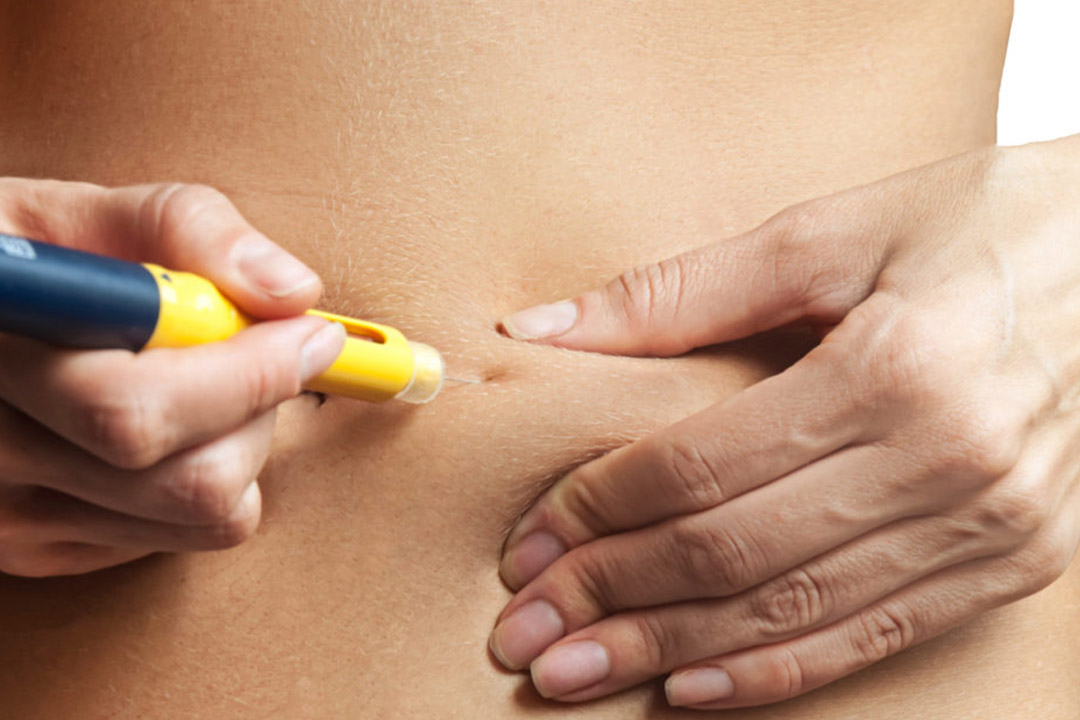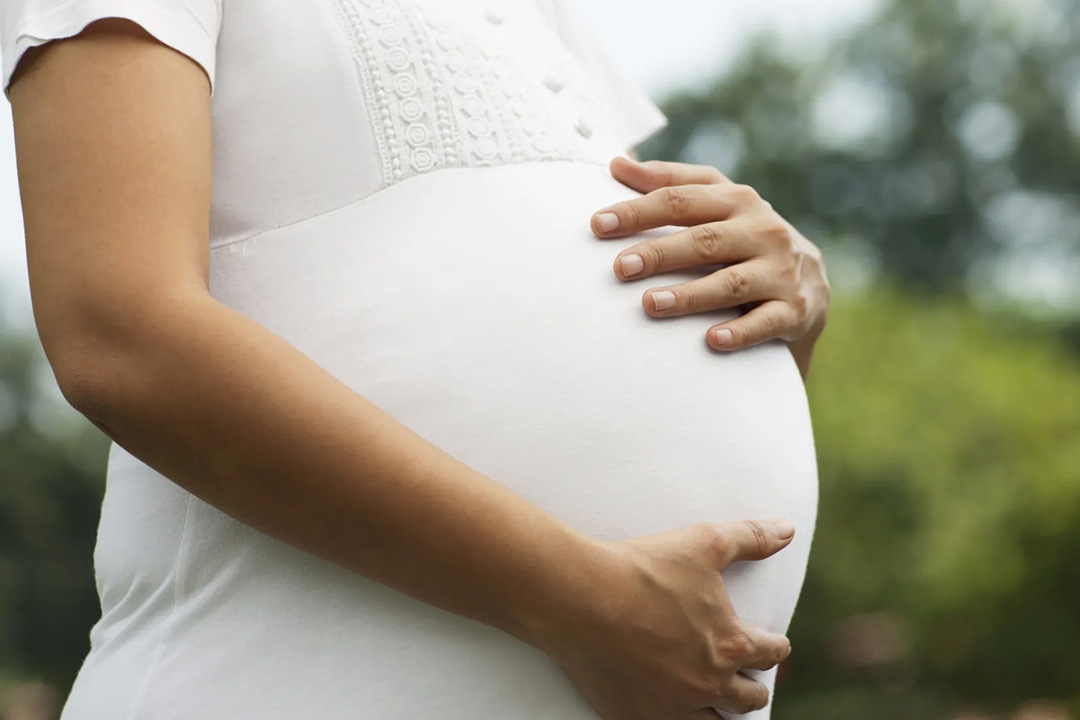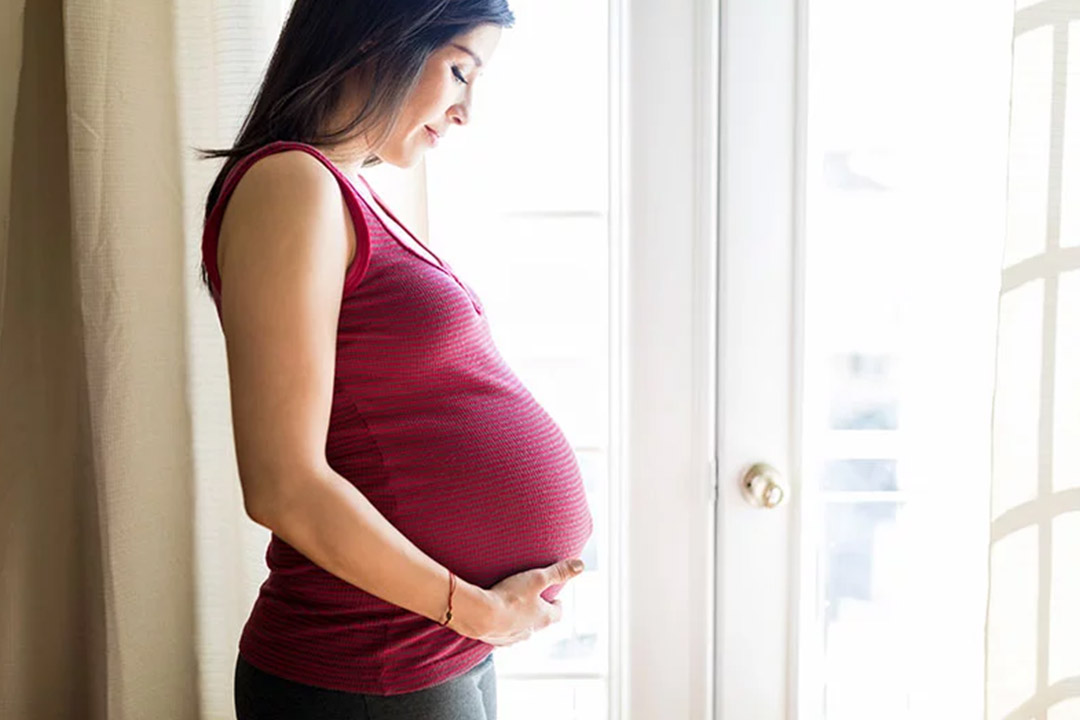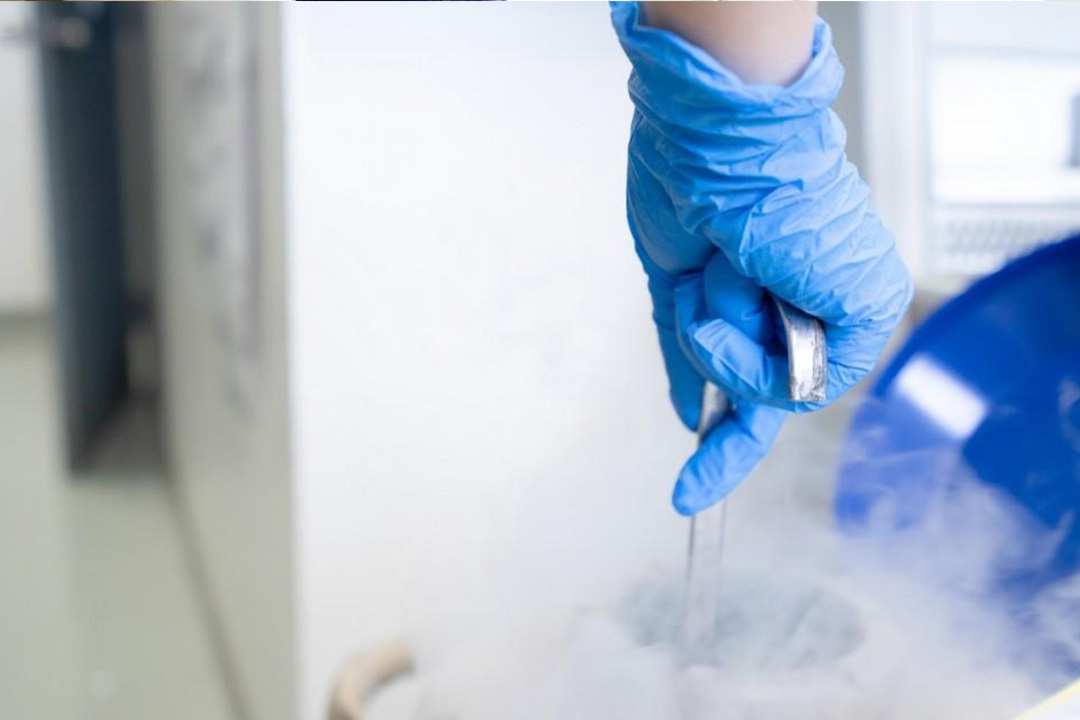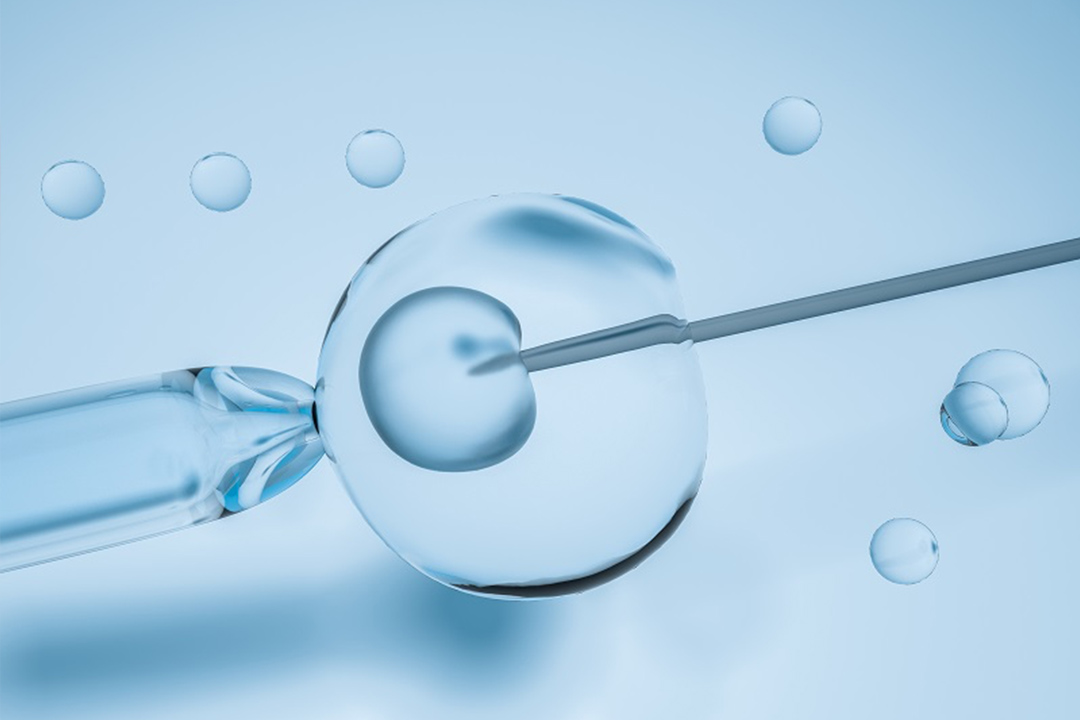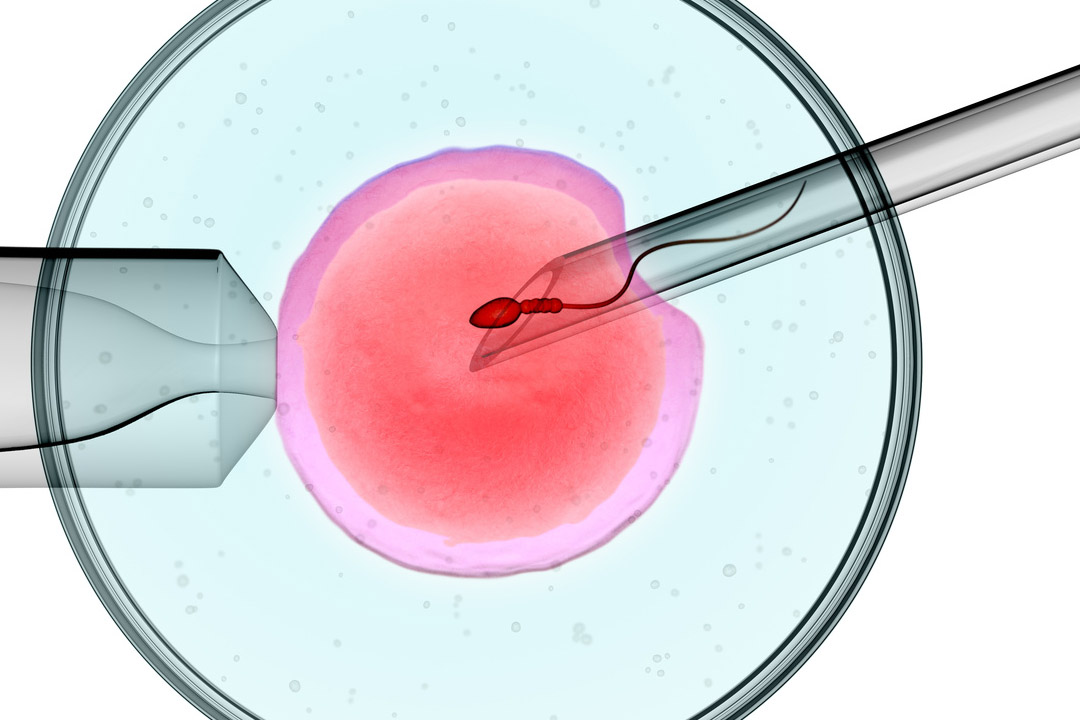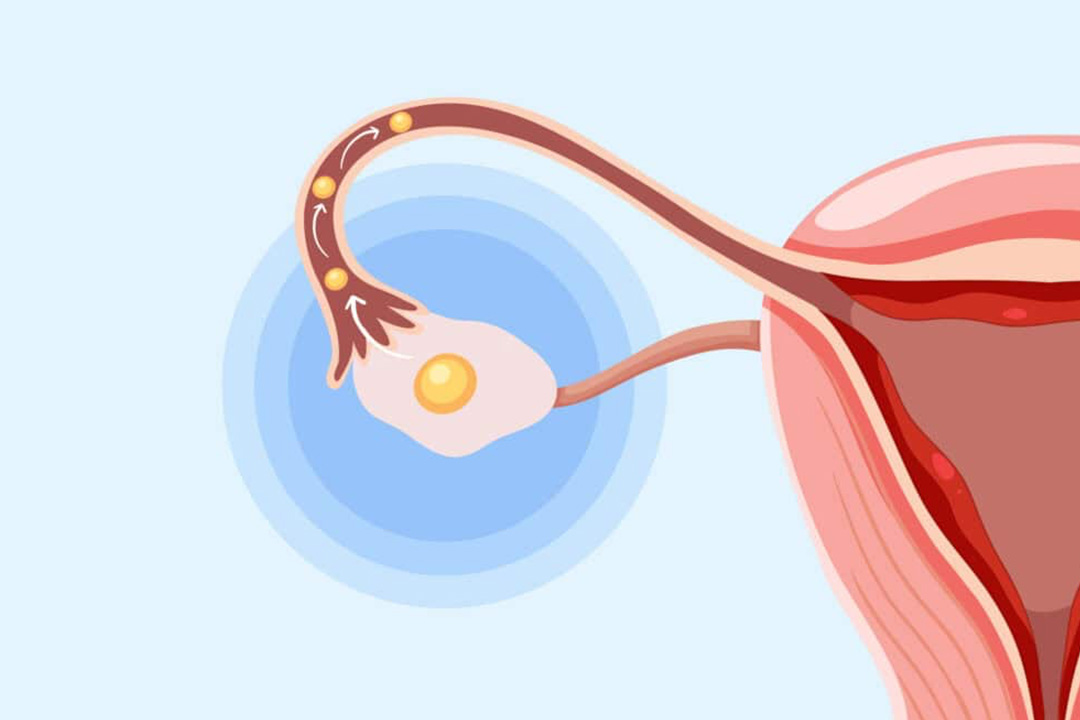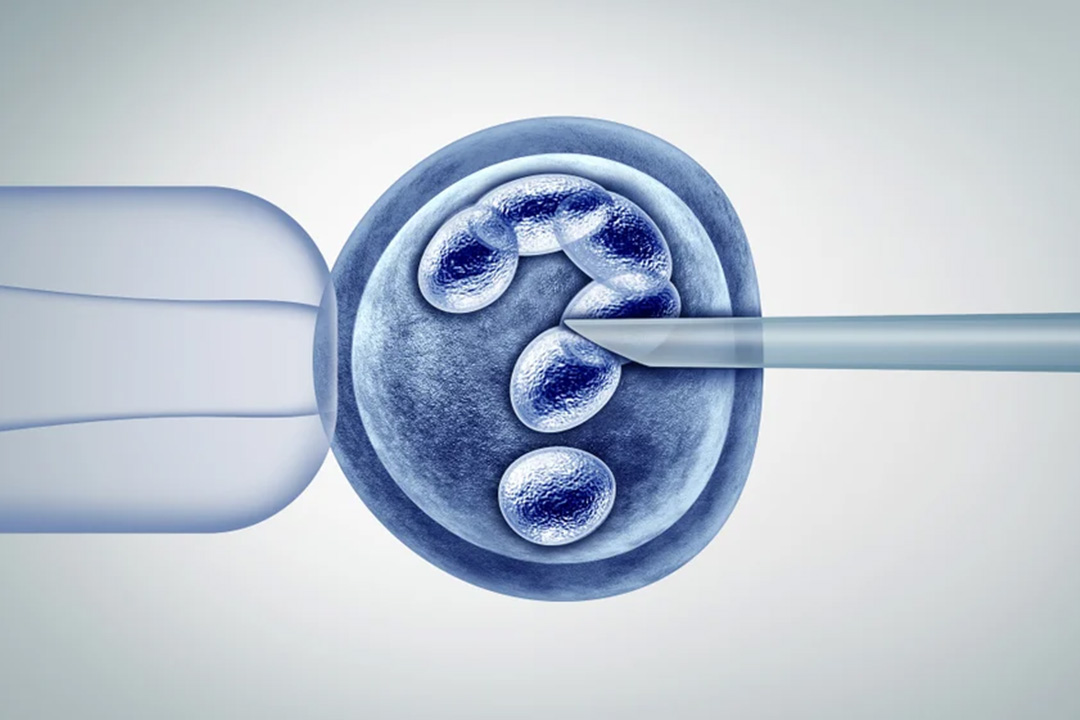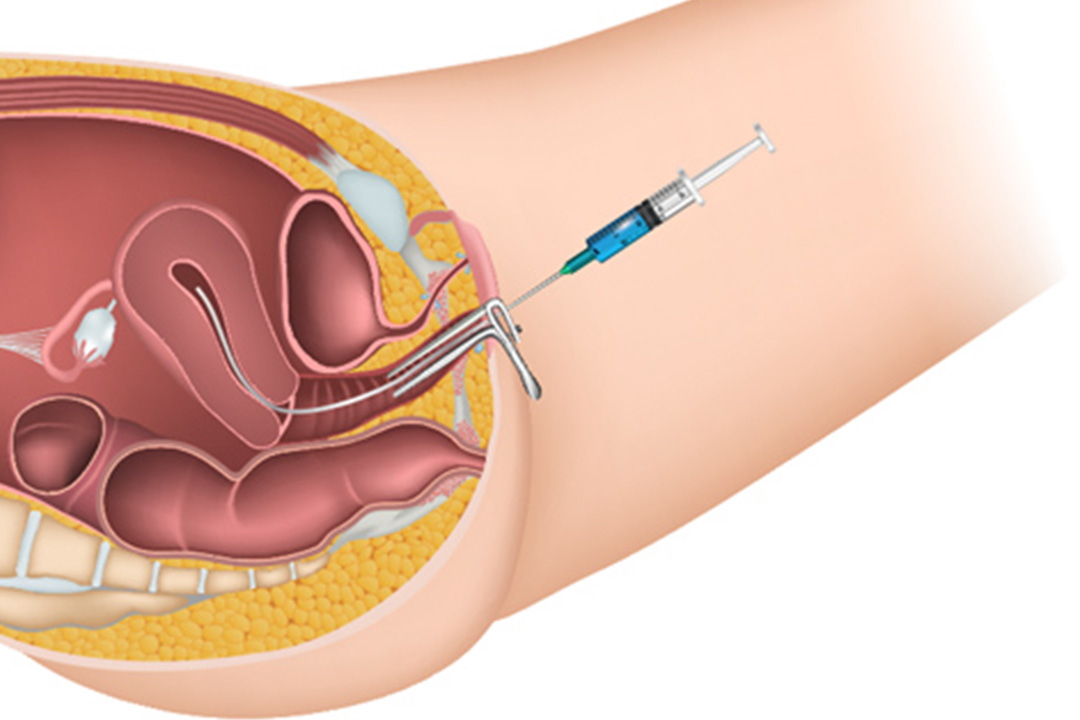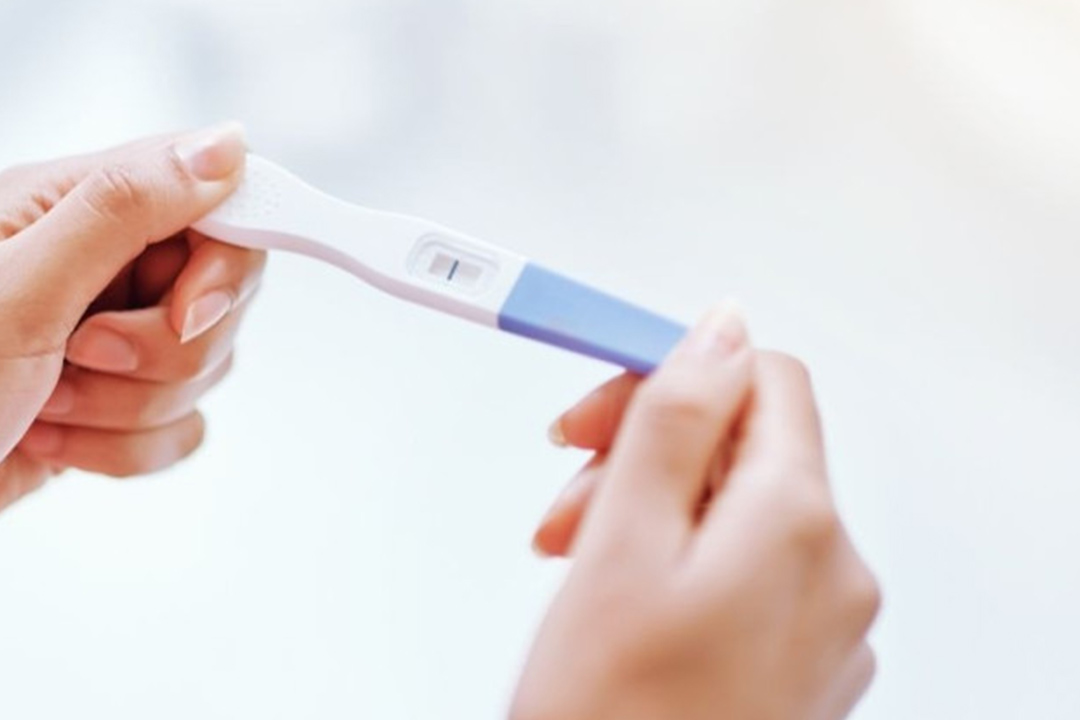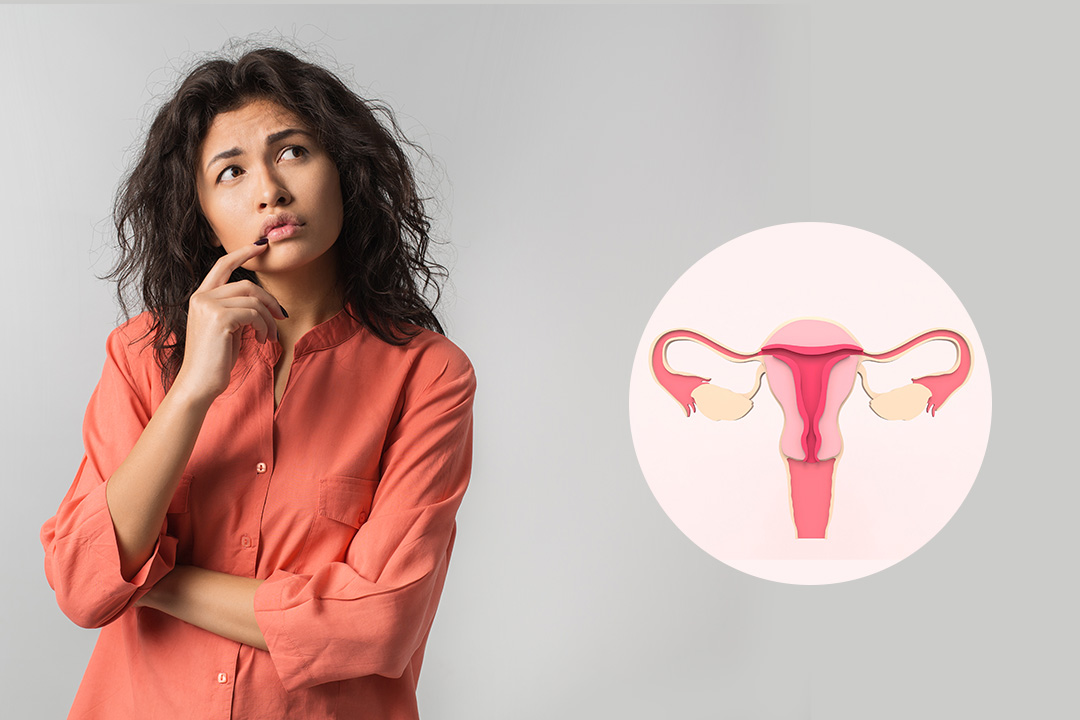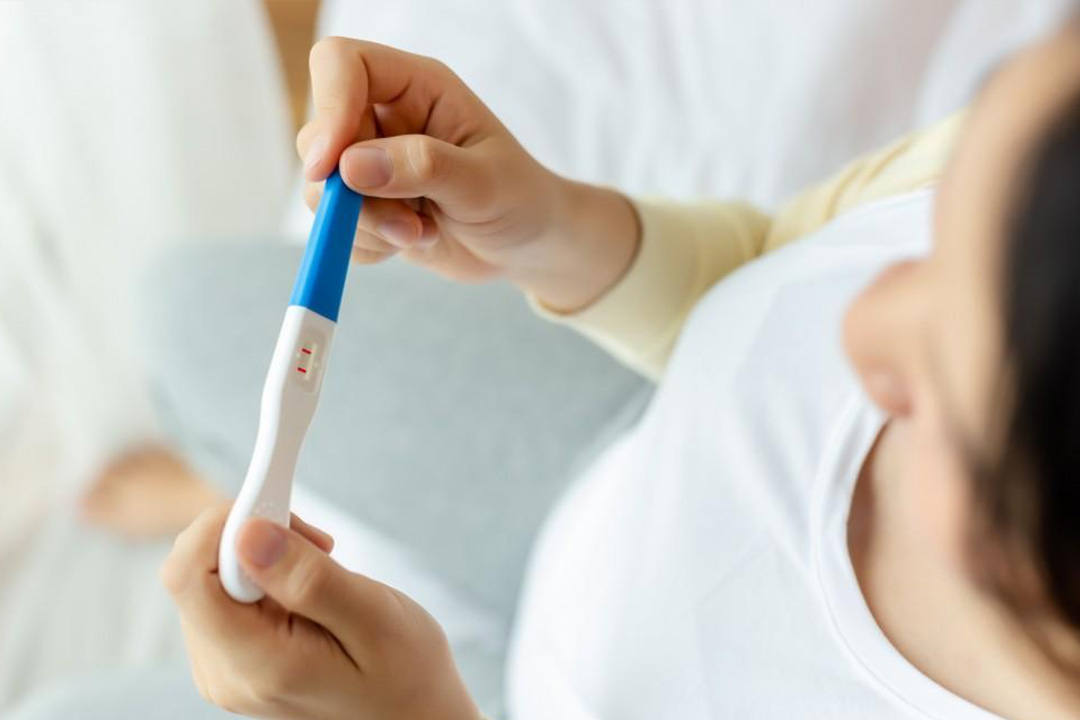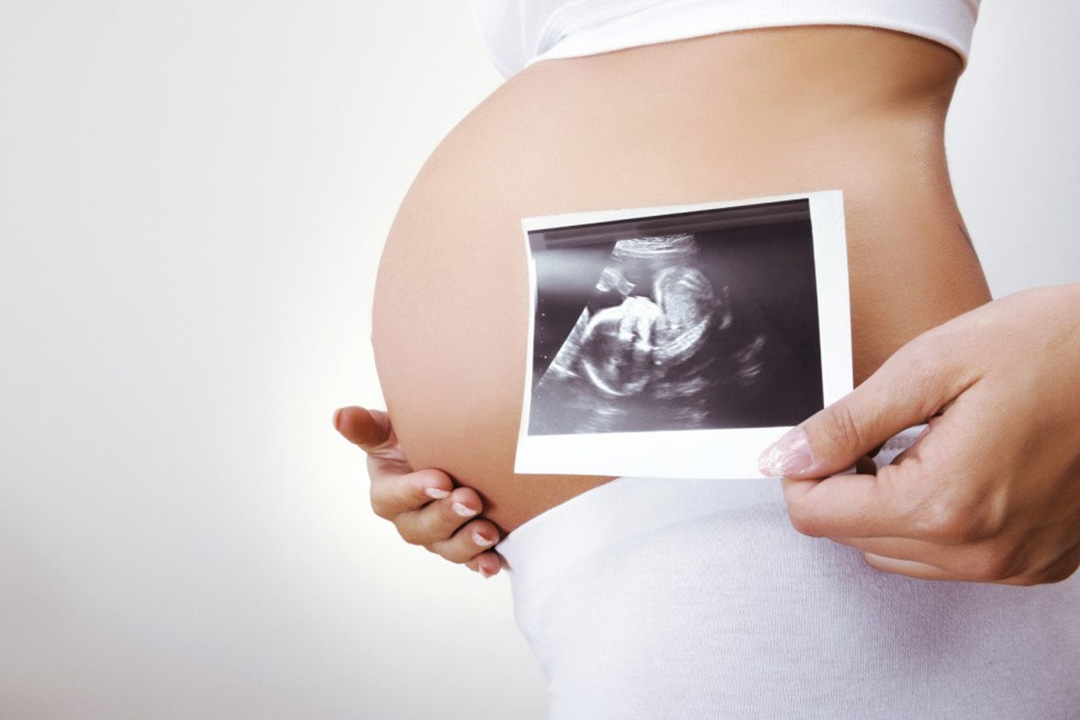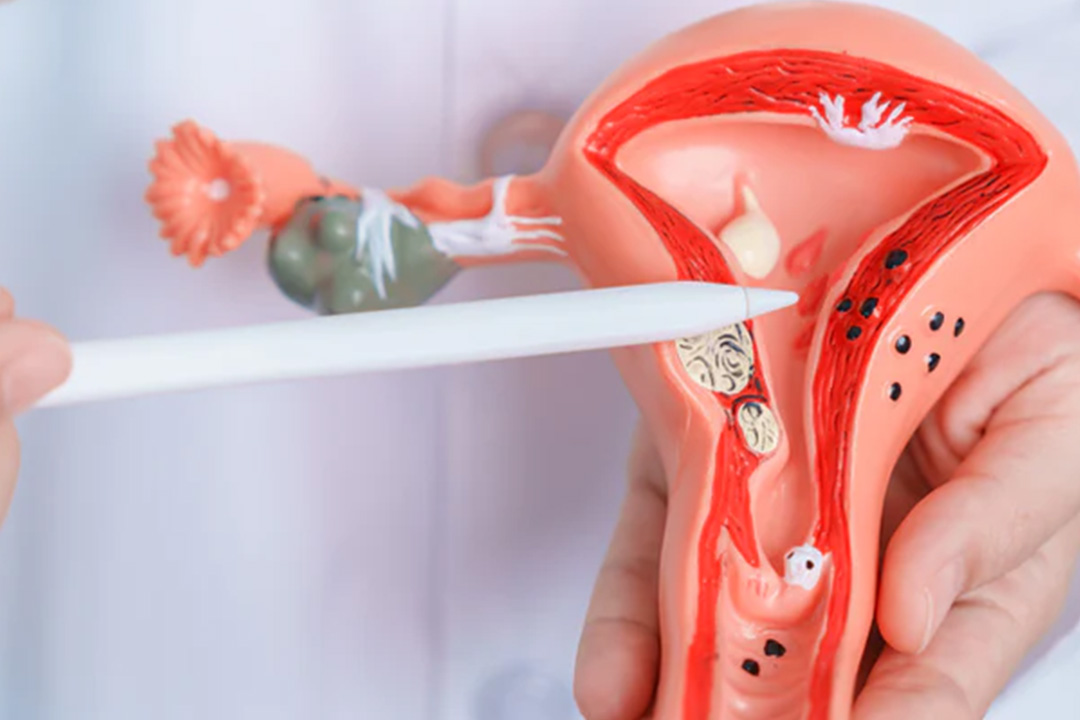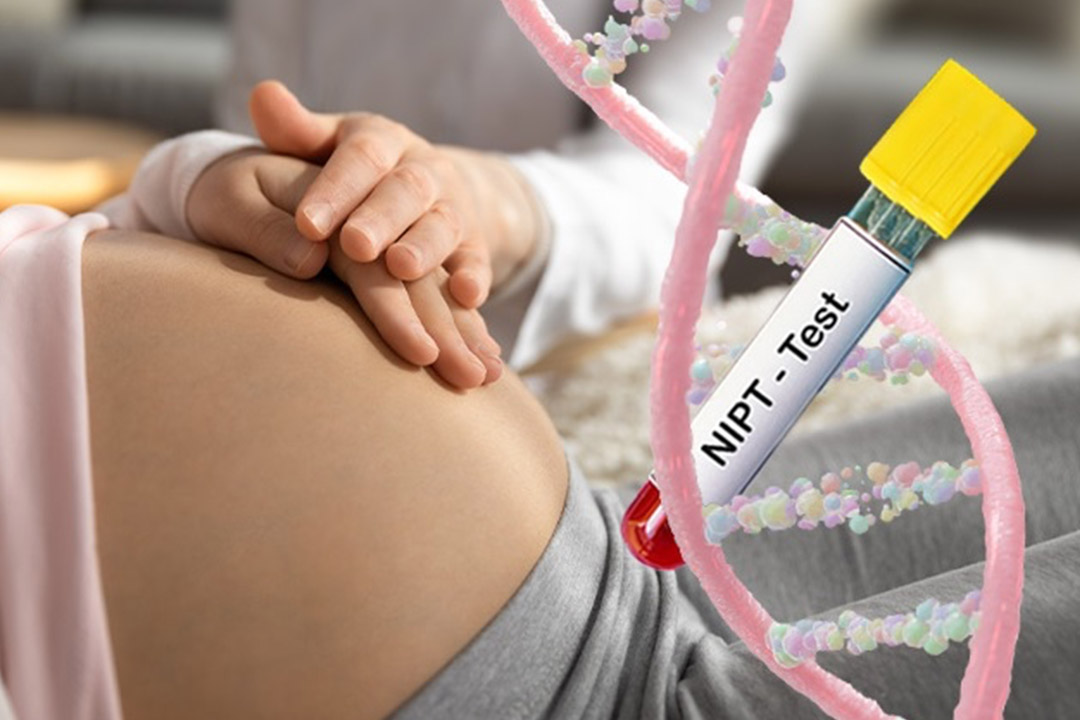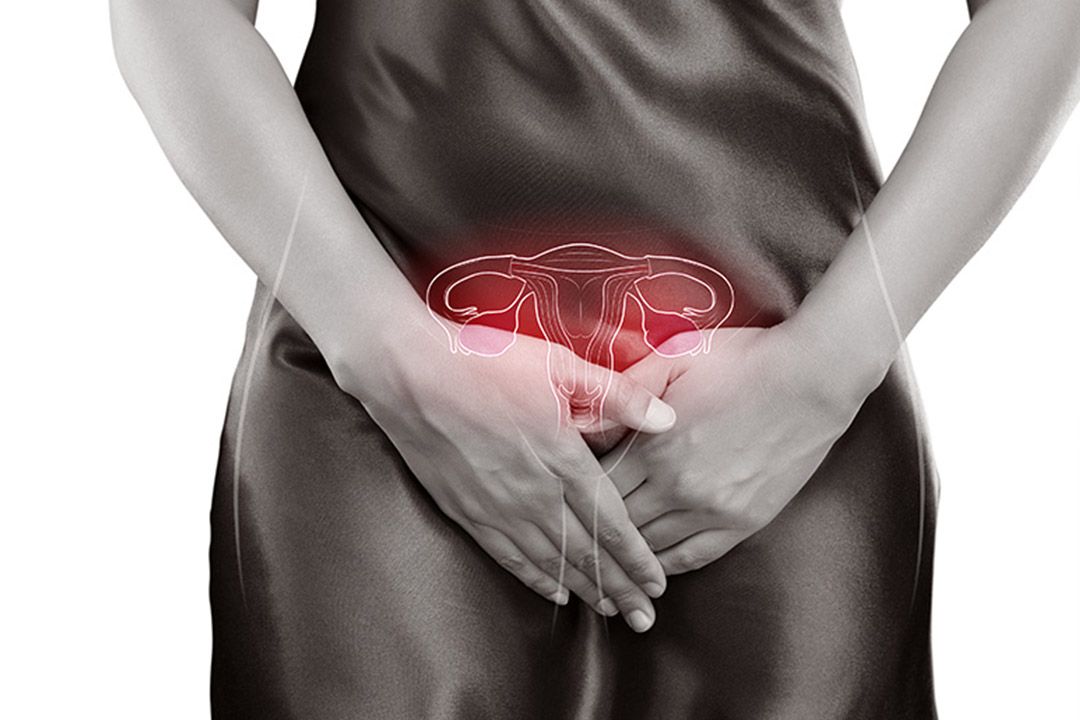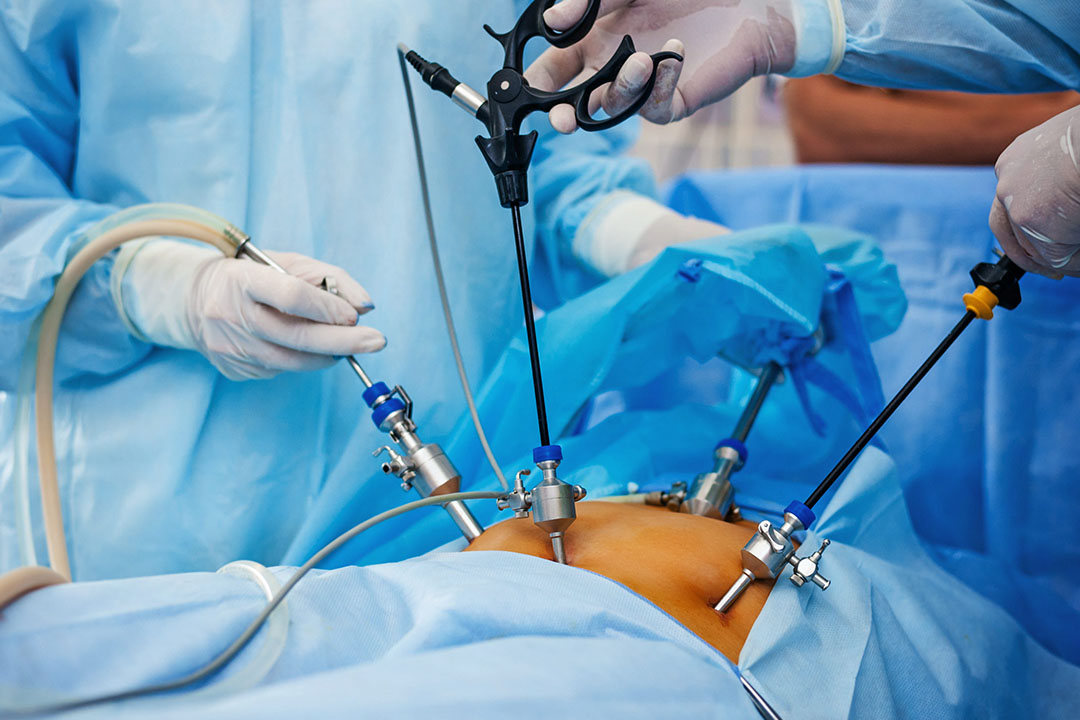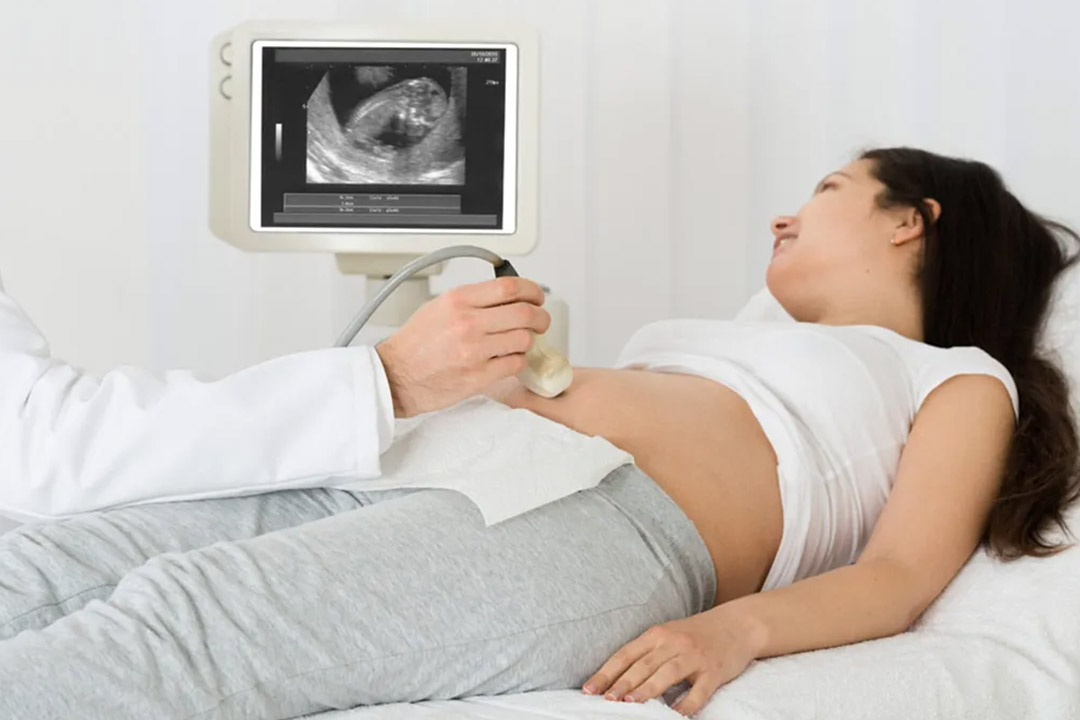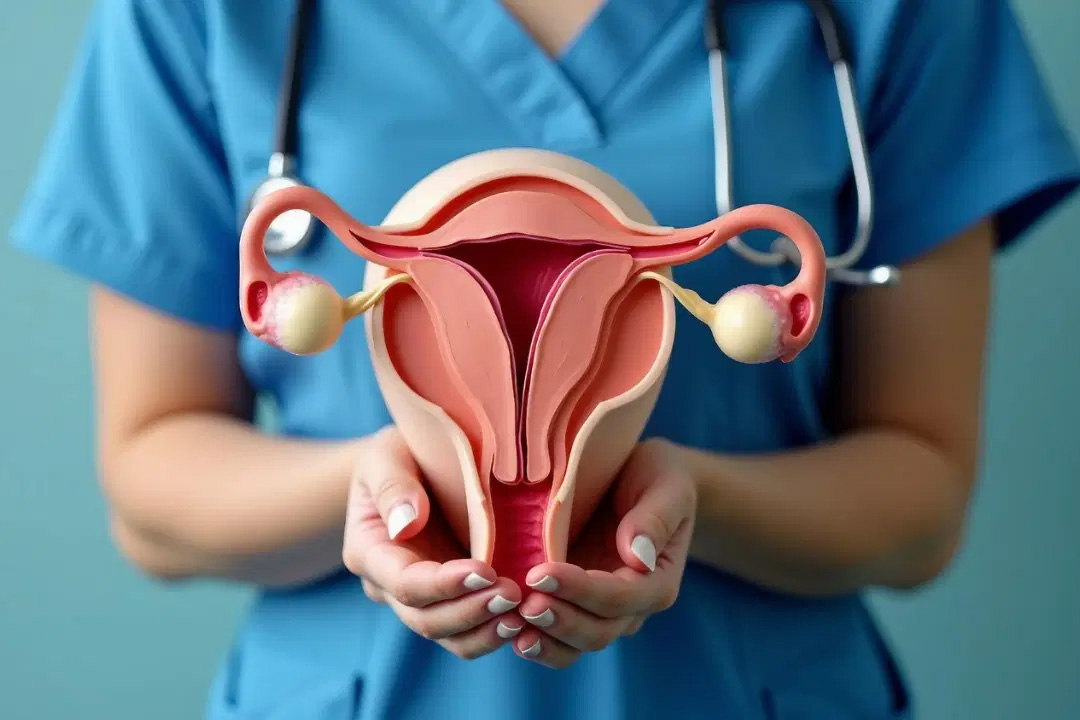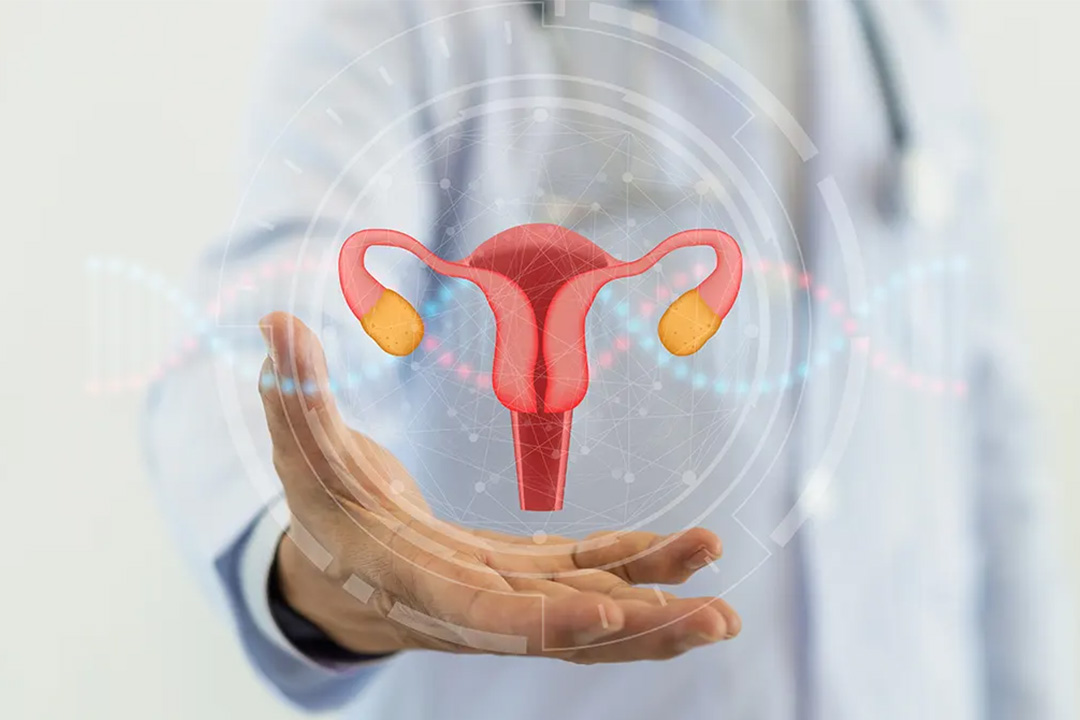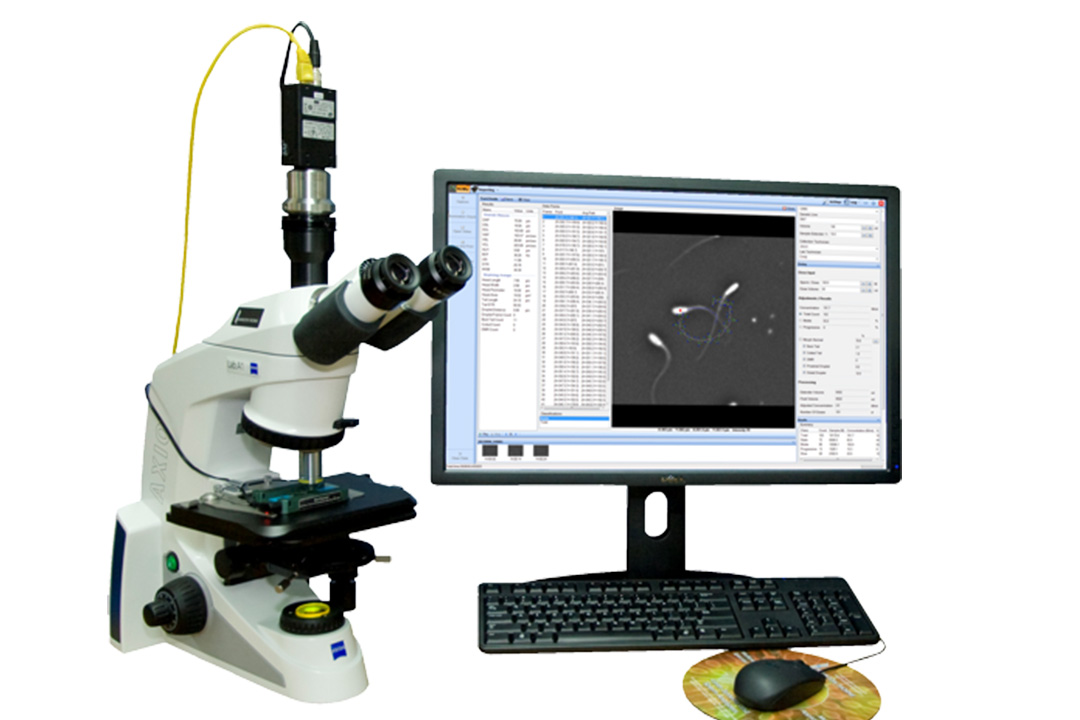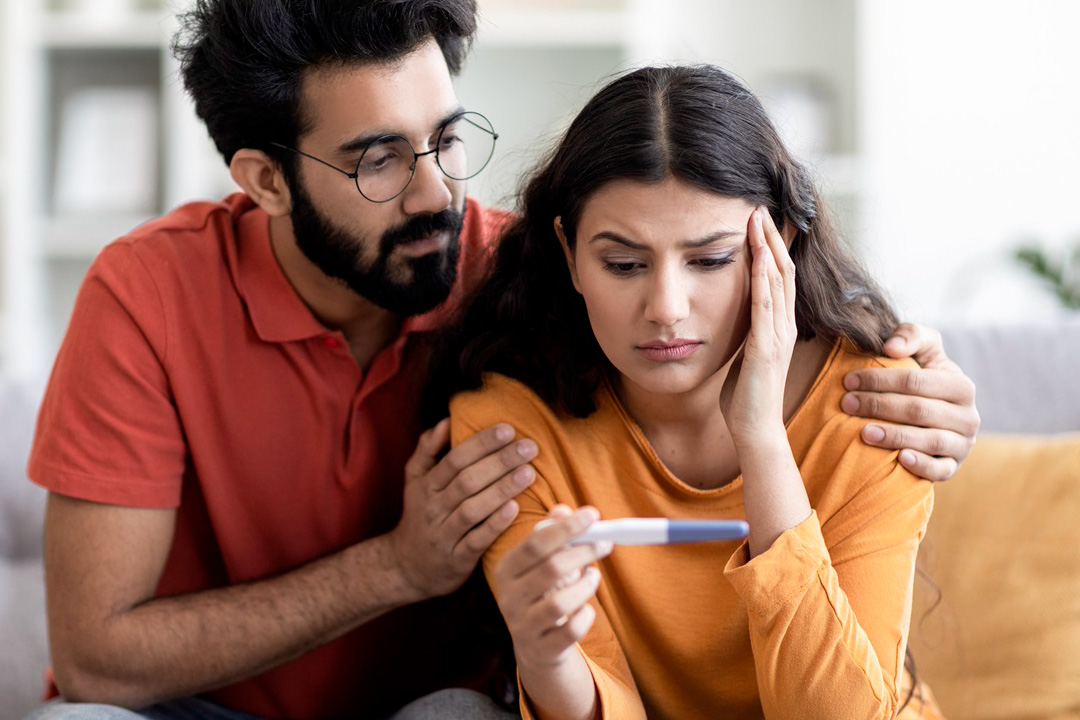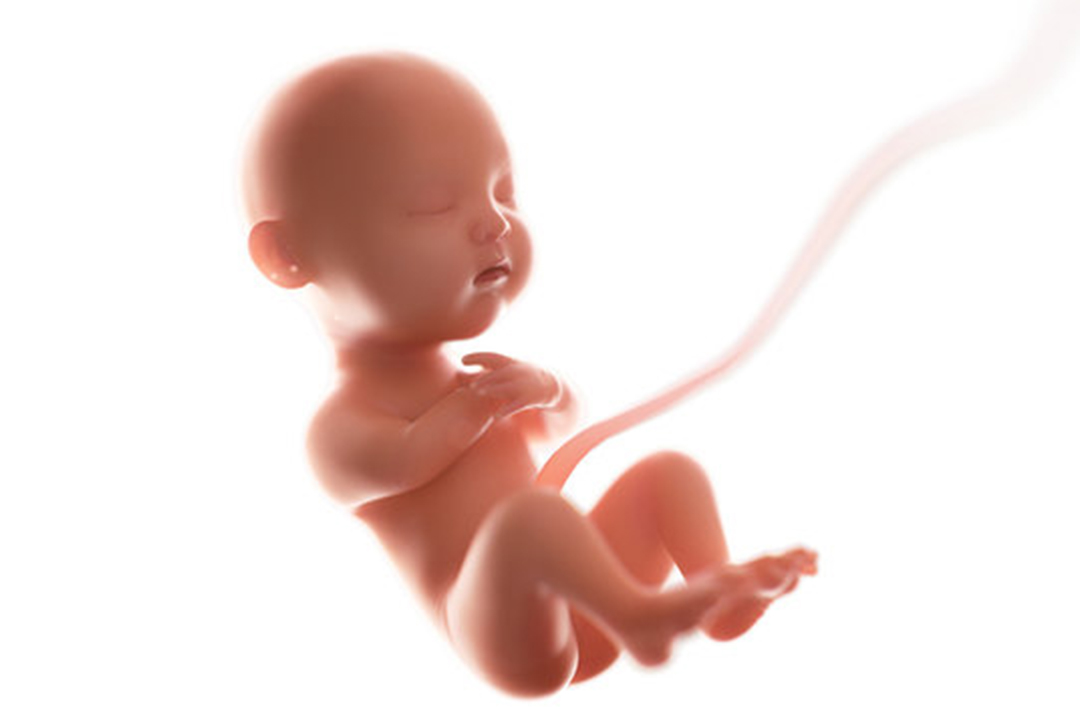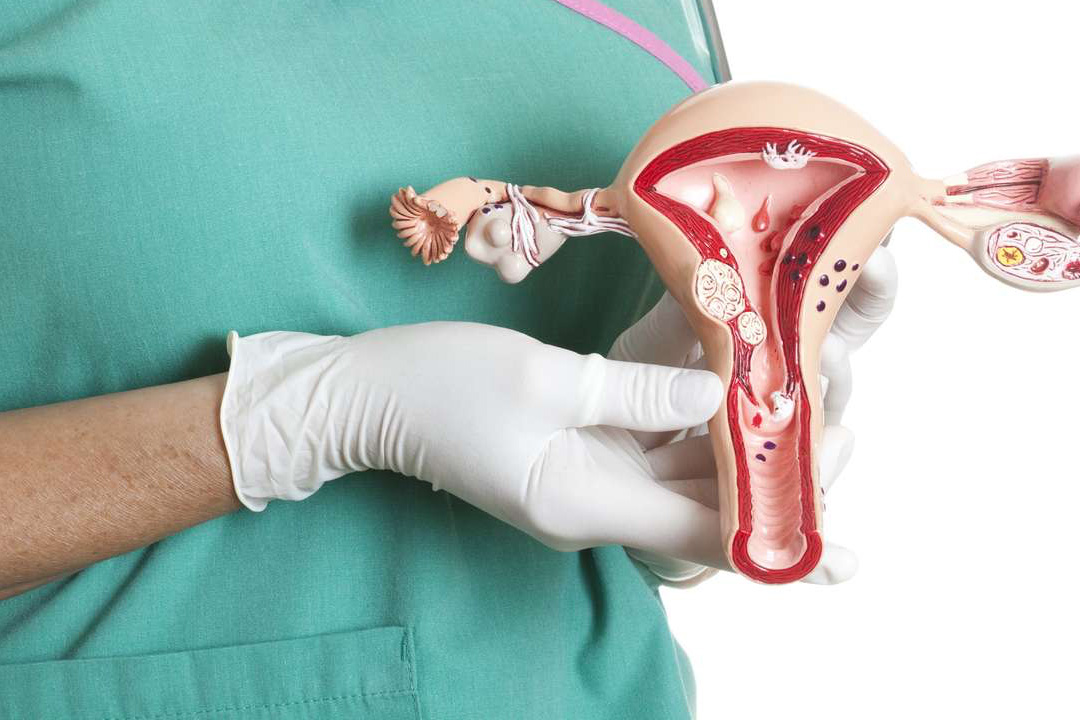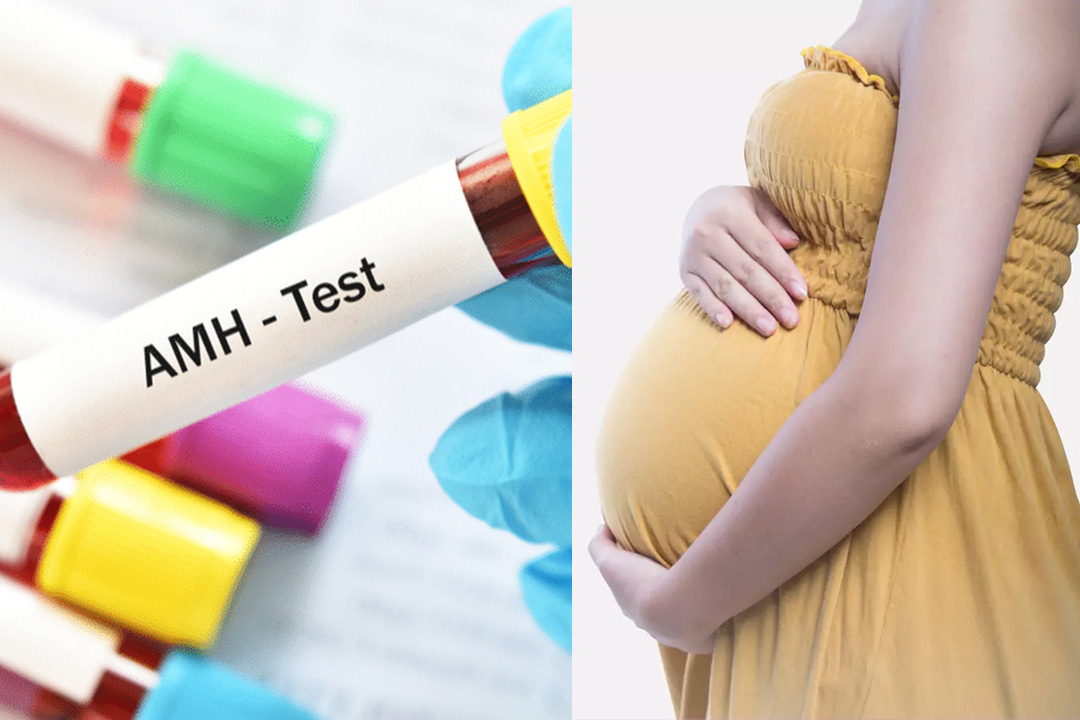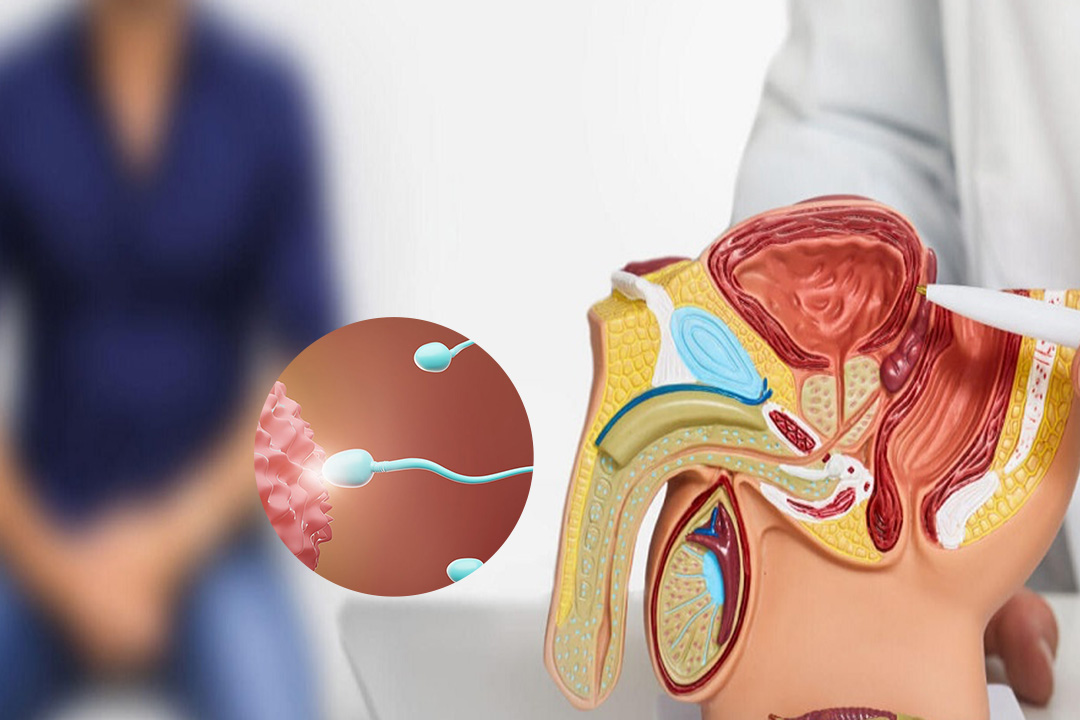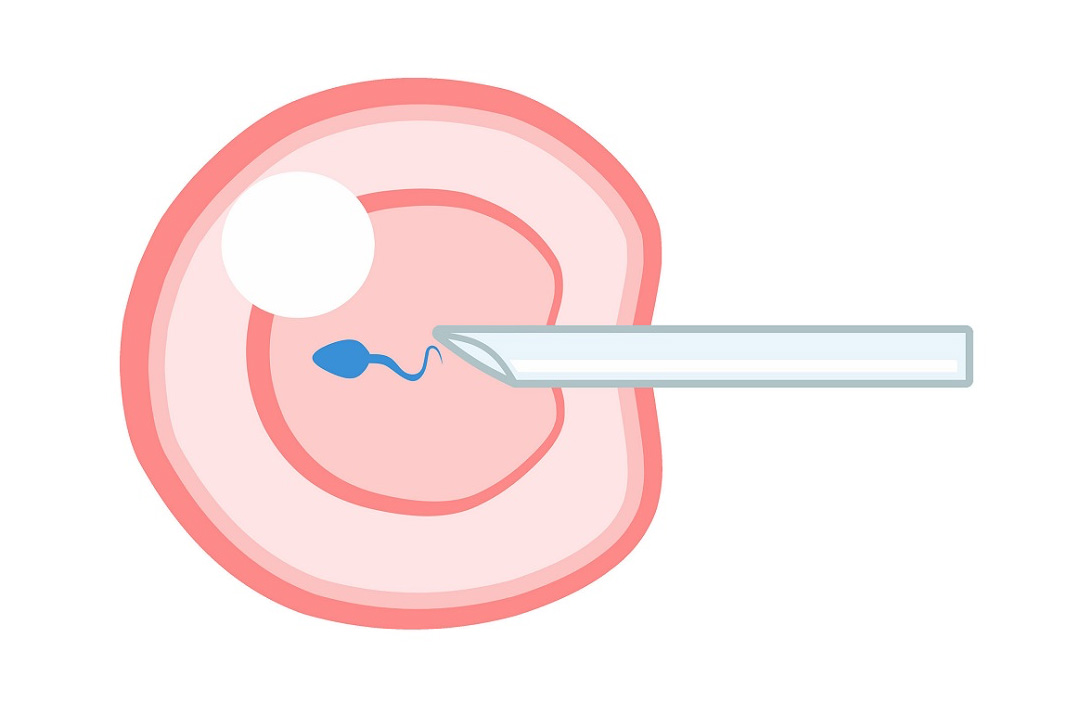IVF after Tubal Ligation: Everything You Need to Know
Many women choose tubal ligation, or “having their tubes tied,” once they feel their family is complete. This permanent form of birth control blocks or cuts the fallopian tubes to prevent eggs and sperm from meeting. For most, tubal ligation provides reliable contraception.
But life circumstances can change. Some women later decide they want another child. When natural pregnancy is no longer possible, in vitro fertilization (IVF) offers a proven alternative.
This article explains how IVF works after tubal ligation. You’ll learn why IVF often succeeds where tubal reversal may fail, what the treatment involves, and what outcomes you can expect.
Why Tubal Ligation Prevents Pregnancy
Tubal ligation permanently prevents eggs from reaching the uterus. During the procedure, a surgeon cuts, blocks, or removes a section of each fallopian tube. This stops an egg released by the ovary from traveling through the tube to the uterus. It also stops sperm from swimming up the tube to meet an egg. Without a path for sperm and egg to meet, natural conception can no longer occur.
Because tubal ligation is so effective, most women do not get pregnant after the procedure. If a woman later changes her mind, her options become limited. Natural pregnancy is not possible unless the tubes are reopened or bypassed. The two main paths back to parenthood are:
- Tubal Reversal Surgery
- In Vitro Fertilization (IVF)
Tubal Reversal vs. IVF: Weighing Your Options
Both tubal reversal and IVF can restore fertility after tubal ligation. Each approach has pros and cons. Understanding these will help you choose the best path for your situation.
Tubal Reversal Surgery
Tubal reversal, or tubal reanastomosis, reconnects the cut ends of your fallopian tubes. During surgery, a doctor removes scar tissue and sutures the remaining healthy tube sections together. If the procedure succeeds and the tubes stay open, eggs and sperm can follow their natural route again.
Benefits of Tubal Reversal- Natural conception without assisted reproduction
- No need for fertility drugs or lab procedures
Limitations of Tubal Reversal- Success rates vary from 40% to 85%, depending on age and the type of ligation originally performed
- Surgery carries risks such as bleeding, infection, and scar tissue formation
- Recovery takes several weeks
- Higher risk of ectopic pregnancy, where a fertilized egg implants in the tube
In Vitro Fertilization (IVF)
IVF bypasses the fallopian tubes altogether. Doctors stimulate the ovaries to produce multiple eggs, retrieve the eggs, and fertilize them with sperm in a lab. Embryos then grow outside the body for a few days before one or more are transferred into the uterus. Since fertilization and early embryo growth occur in the lab, open tubes are not needed.
Benefits of IVF- Success rates generally exceed those of tubal reversal, especially for women under 35
- No surgery on the fallopian tubes, avoiding scar tissue risks
- Shorter preparation and treatment timeline (often two months from start to embryo transfer)
- Lower risk of ectopic pregnancy, since embryos go directly to the uterus
Limitations of IVF- Requires fertility medications and injections
- Involves multiple clinic visits and procedures
- Moderate risk of ovarian hyperstimulation (excess ovarian response to medications)
- Costs can be higher than tubal reversal, though many find the higher success rates worth the expense
IVF Success after Tubal Ligation
IVF success depends on several factors:
- Younger women tend to have more and healthier eggs.
- Healthy eggs improve fertilization and embryo development rates.
- Strong sperm increases fertilization chances.
- Experienced fertility centers often see higher success rates.
- Transferring more embryos can increase success but also carries a higher multiple-pregnancy risk.
On average, a woman under 35 undergoing IVF has about a 40%–50% chance of live birth per cycle. For women over 40, success rates decline but remain higher than tubal reversal for most age groups.
What to Expect during IVF after Tubal Ligation
IVF treatment after tubal ligation follows the same steps as standard IVF. Below is a breakdown of the four main phases:
1. Ovarian Stimulation
Encourage the ovaries to mature multiple eggs rather than the single egg released in a natural cycle. You inject daily fertility medications—usually FSH (follicle-stimulating hormone) and sometimes LH (luteinizing hormone)—for about 8–12 days.
Your doctor monitors ovarian response via blood hormone levels and ultrasound scans. This ensures you are producing enough mature follicles without risking ovarian hyperstimulation.
2. Trigger Injection and Egg Retrieval
When ultrasound shows mature follicles, you receive an hCG or GnRH agonist injection to trigger final egg maturation.
About 34–36 hours after the trigger, the doctor retrieves eggs using a thin needle guided by ultrasound. This outpatient procedure takes about 15–30 minutes under light sedation or anesthesia.
3. Fertilization and Embryo Culture
Lab specialists mix retrieved eggs with sperm in culture dishes. In some cases, they use ICSI (intracytoplasmic sperm injection), injecting a single sperm directly into each egg.
The embryos grow in a controlled lab environment for 3–5 days. Specialists evaluate embryo quality based on cell division, symmetry, and other factors.
4. Embryo Transfer
Embryologists choose the healthiest embryo or embryos. Doctors transfer embryos into the uterus using a soft catheter. This painless procedure takes just a few minutes and does not require anesthesia.
You rest briefly after transfer and then resume normal activities within 24 hours. You will take hormones (usually progesterone) to support the uterine lining and improve implantation chances.
A pregnancy test follows about 10–14 days after embryo transfer. If positive, you enter early pregnancy monitoring with blood tests and ultrasounds.
Who Should Consider IVF after Tubal Ligation?
IVF may be the preferred option if:
- You desire the highest chance of pregnancy in the shortest time.
- You wish to avoid another surgery on the fallopian tubes.
- Your previous ligation was complex or removed large sections of the tube.
- You have other fertility factors (e.g., male factor or uterine issues) that make natural conception unlikely.
- You hope to minimize ectopic pregnancy risk.
A fertility specialist can review your medical history, age, and prior procedures to help you choose between IVF and tubal reversal.
Potential Challenges and How to Overcome Them
While IVF offers many advantages, it also brings challenges:
- IVF can be emotionally demanding. Support groups, counseling, and open communication with loved ones help manage stress.
- IVF costs vary widely but can be significant. Many clinics offer payment plans, and some insurance policies cover parts of the process.
- Transferring multiple embryos raises the chance of twins or more. Your doctor will discuss the number of embryos to transfer based on your age and health.
- Overreaction to fertility drugs can cause discomfort. Close monitoring and dose adjustments reduce this risk.
Lifestyle Tips to Boost IVF Success
You can optimize your chances of IVF success by adopting healthy habits:
- Maintain a Healthy Weight: Aim for a BMI between 18.5 and 24.9. Both underweight and overweight conditions can reduce IVF success.
- Eat a Balanced Diet: Include plenty of fruits, vegetables, lean proteins, and whole grains. Omega-3 fatty acids (found in fish, flaxseed, and walnuts) may support fertility.
- Avoid Tobacco and Limit Alcohol: Smoking and excessive drinking harm egg quality, sperm quality, and uterine receptivity.
- Manage Stress: Techniques like yoga, meditation, and deep breathing can improve emotional well-being.
- Stay Active: Moderate exercise, such as walking or swimming, supports overall health. Avoid extreme or high-impact workouts during stimulation.
Conclusion
Tubal ligation offers permanent contraception, but many women later wish to expand their families. While tubal reversal can restore natural fertility, it carries surgical risks, a lengthy recovery, and variable success rates.
IVF, by contrast, bypasses the fallopian tubes entirely and delivers higher success rates in a shorter time frame. It also lowers the risk of ectopic pregnancy and avoids another surgery.
If you’re considering pregnancy after tubal ligation, talk with a fertility specialist. Together, you can review your medical history, age, and personal priorities to choose the best path forward.
Whether you opt for tubal reversal or IVF, modern fertility treatments give many women the chance to welcome another child into their families.
About Us
AKsigen IVF is a premier center for advanced fertility treatments, with renowned fertility experts on our team. Specializing in IVF, ICSI, egg freezing, and other cutting-edge reproductive technologies, AKsigen IVF is committed to helping couples achieve their dream of parenthood. With personalized care and a patient-first approach, AKsigen IVF provides comprehensive fertility solutions under one roof.





